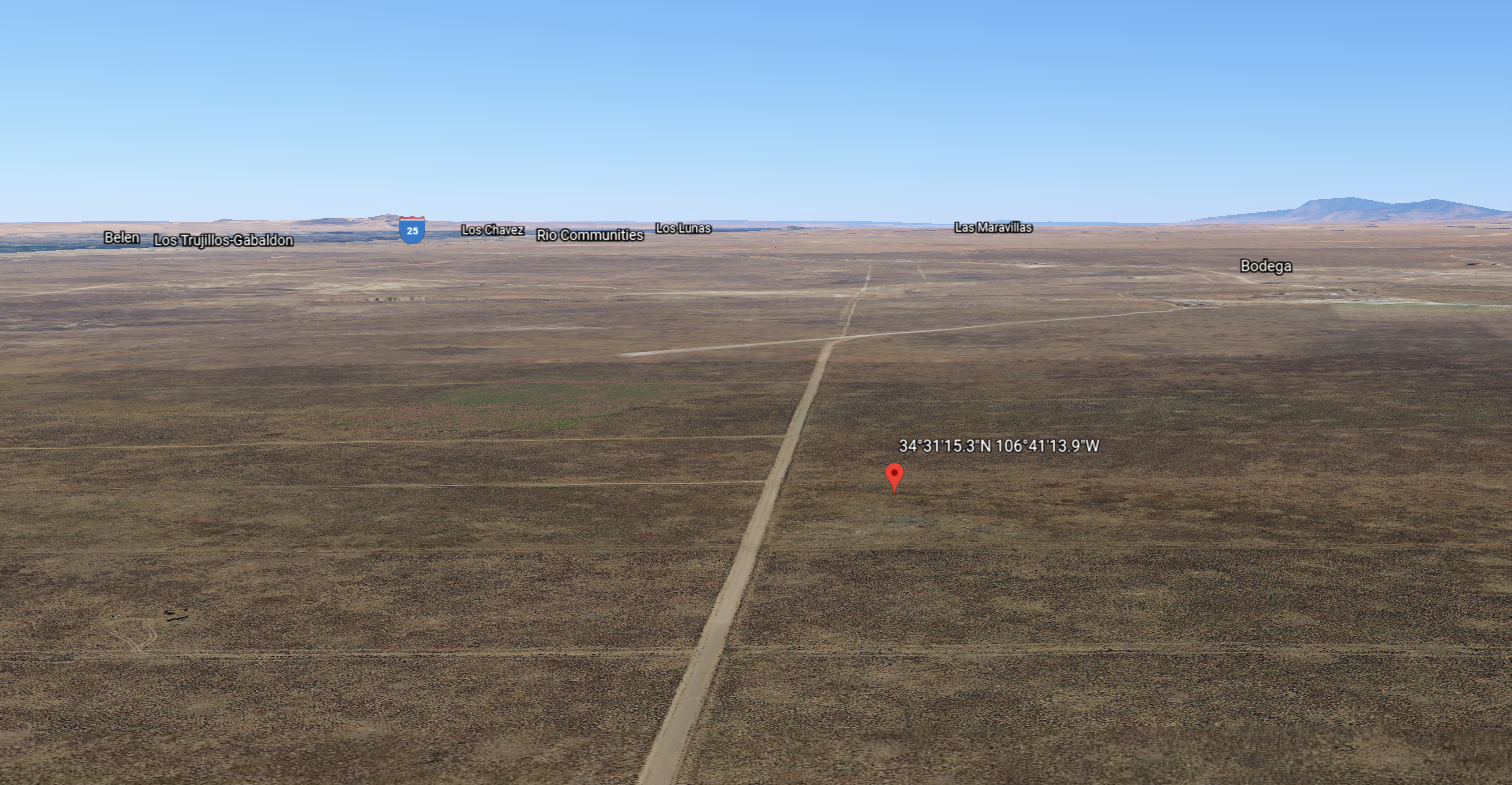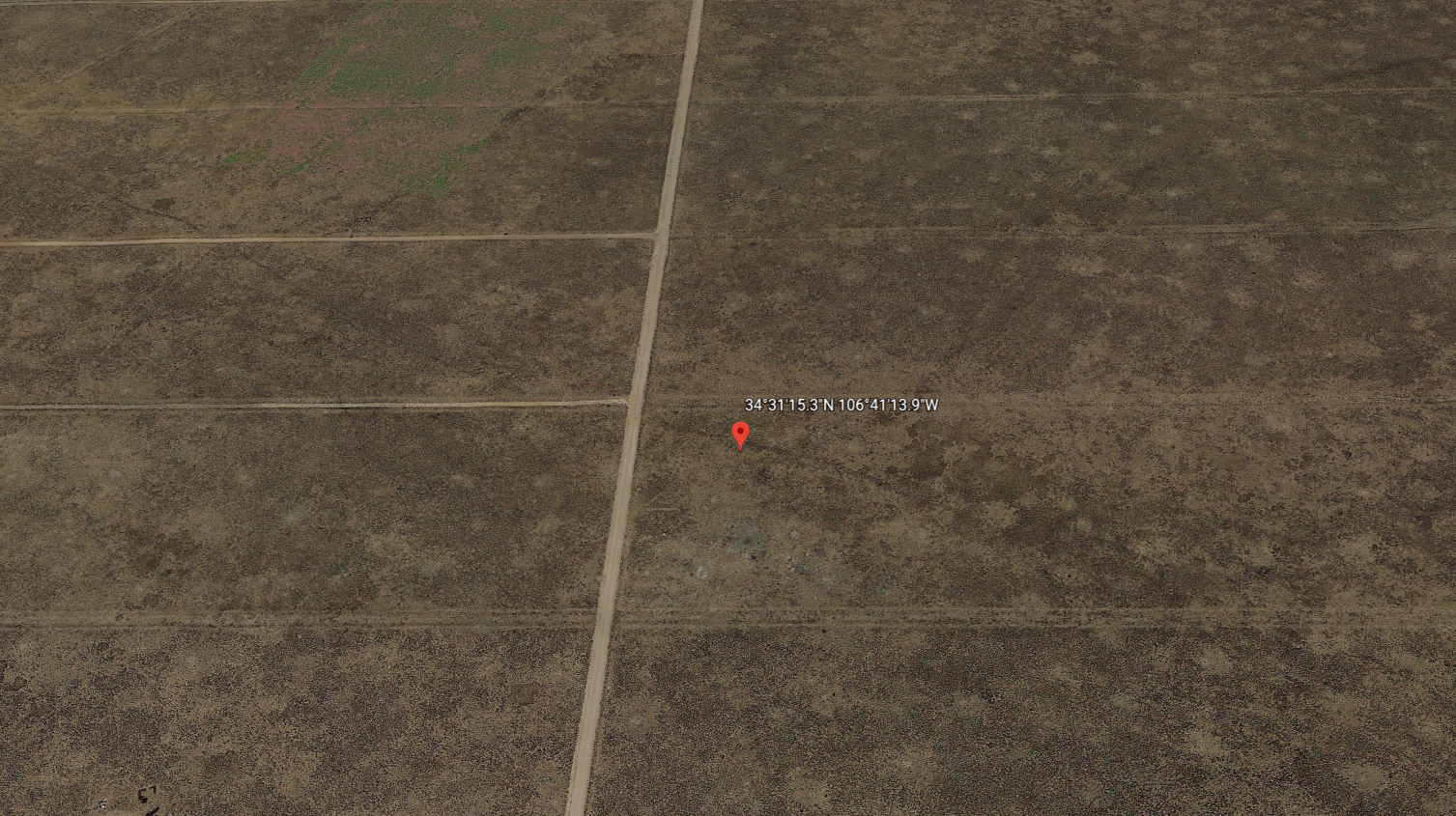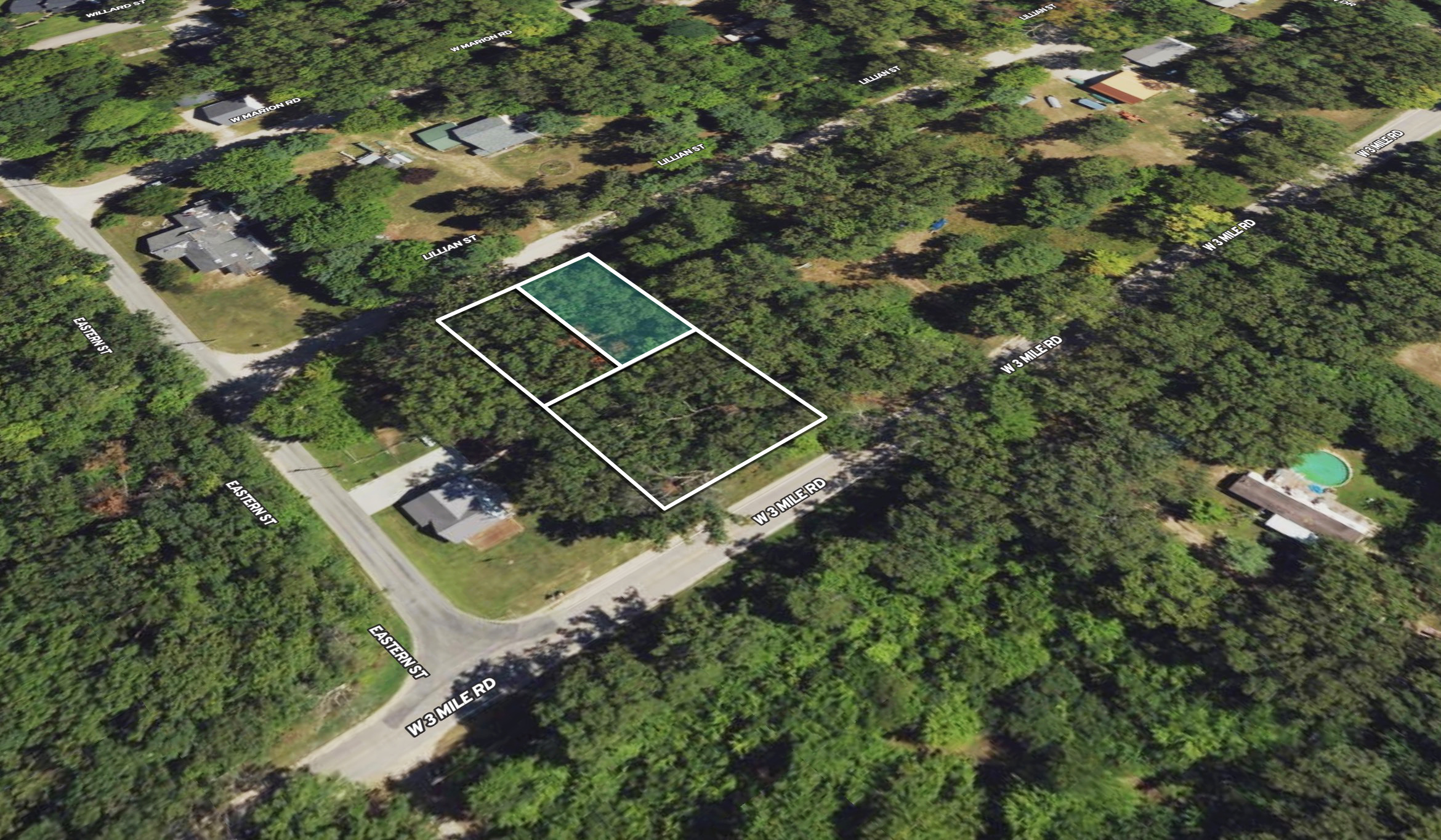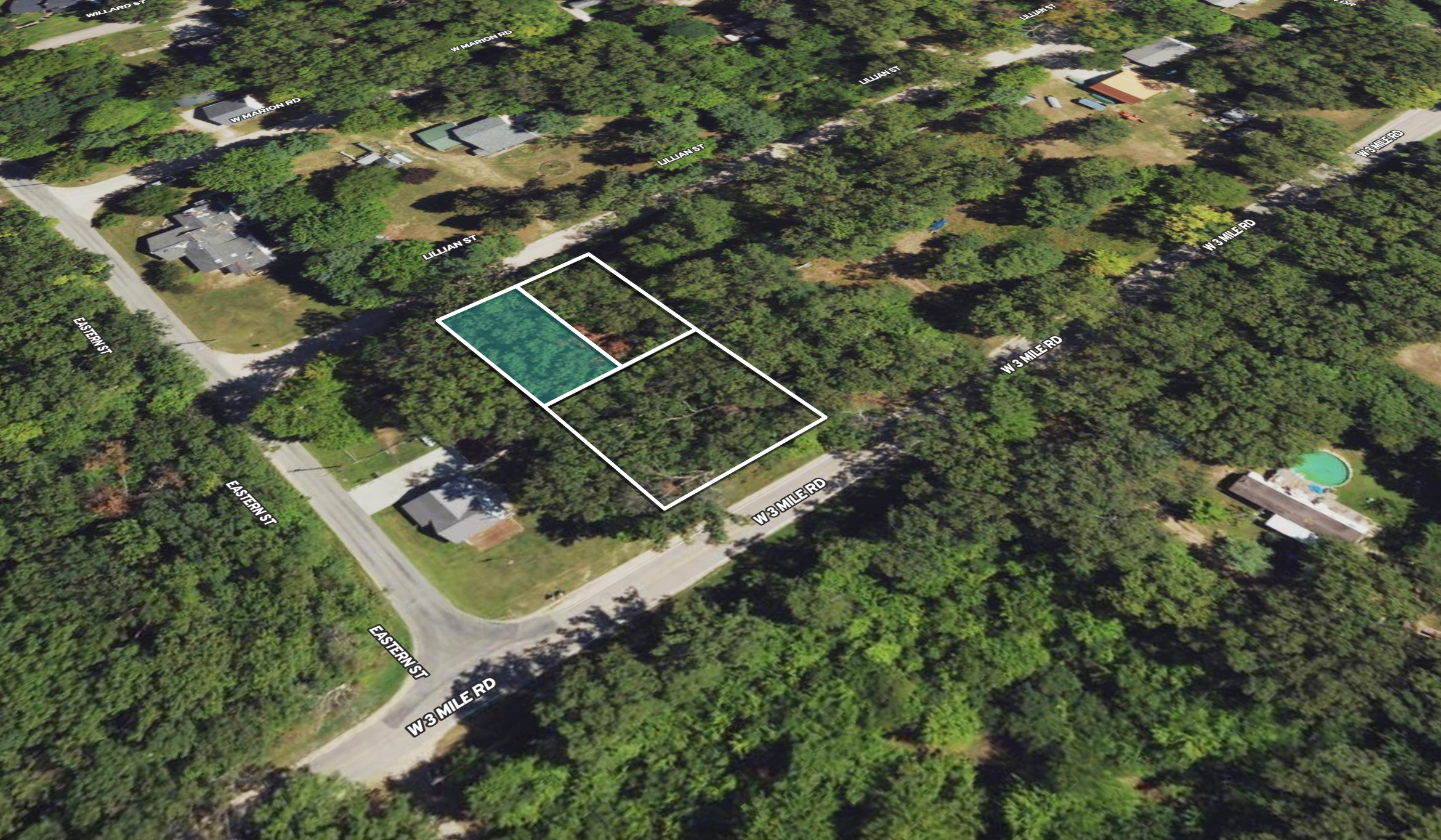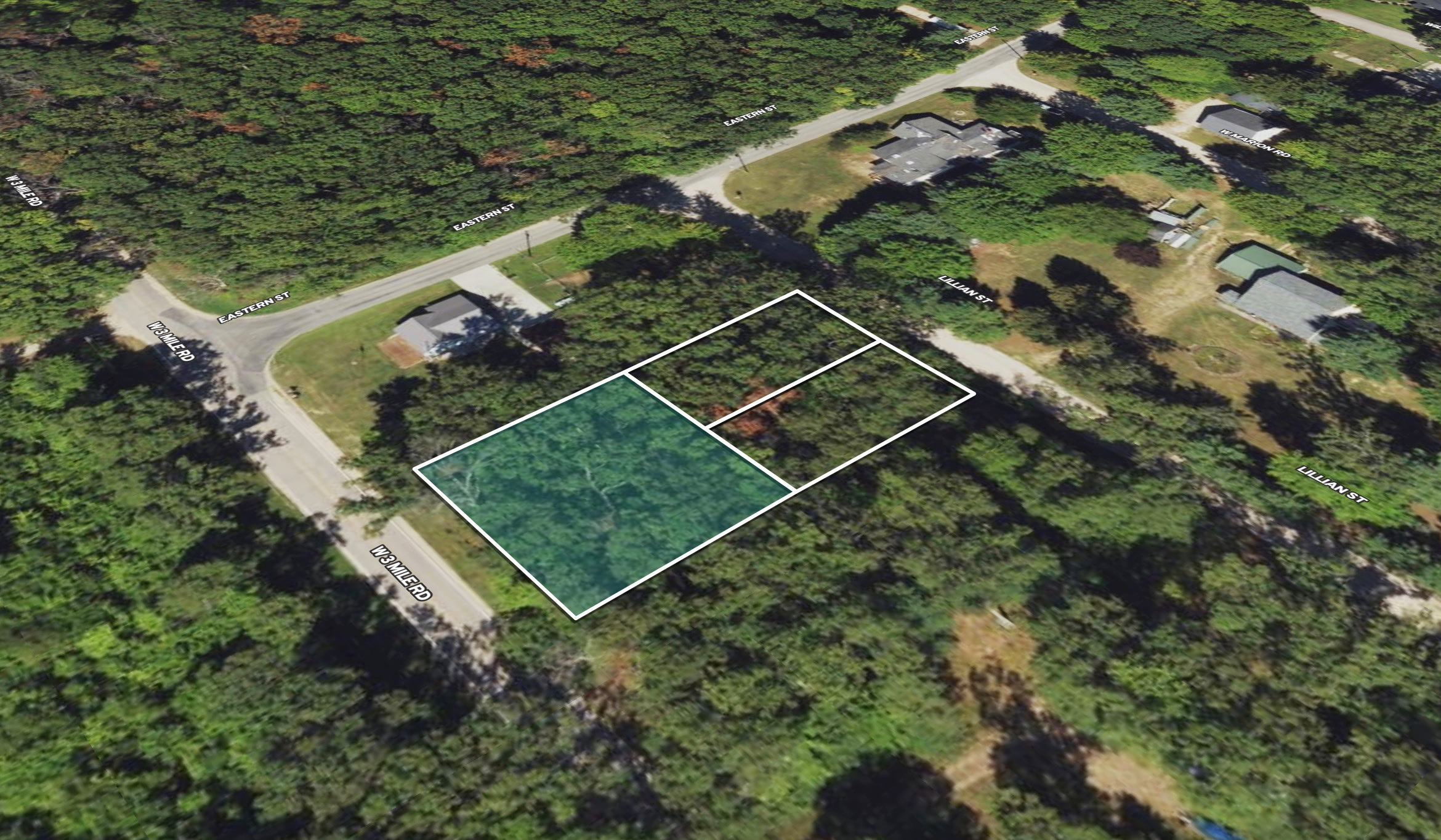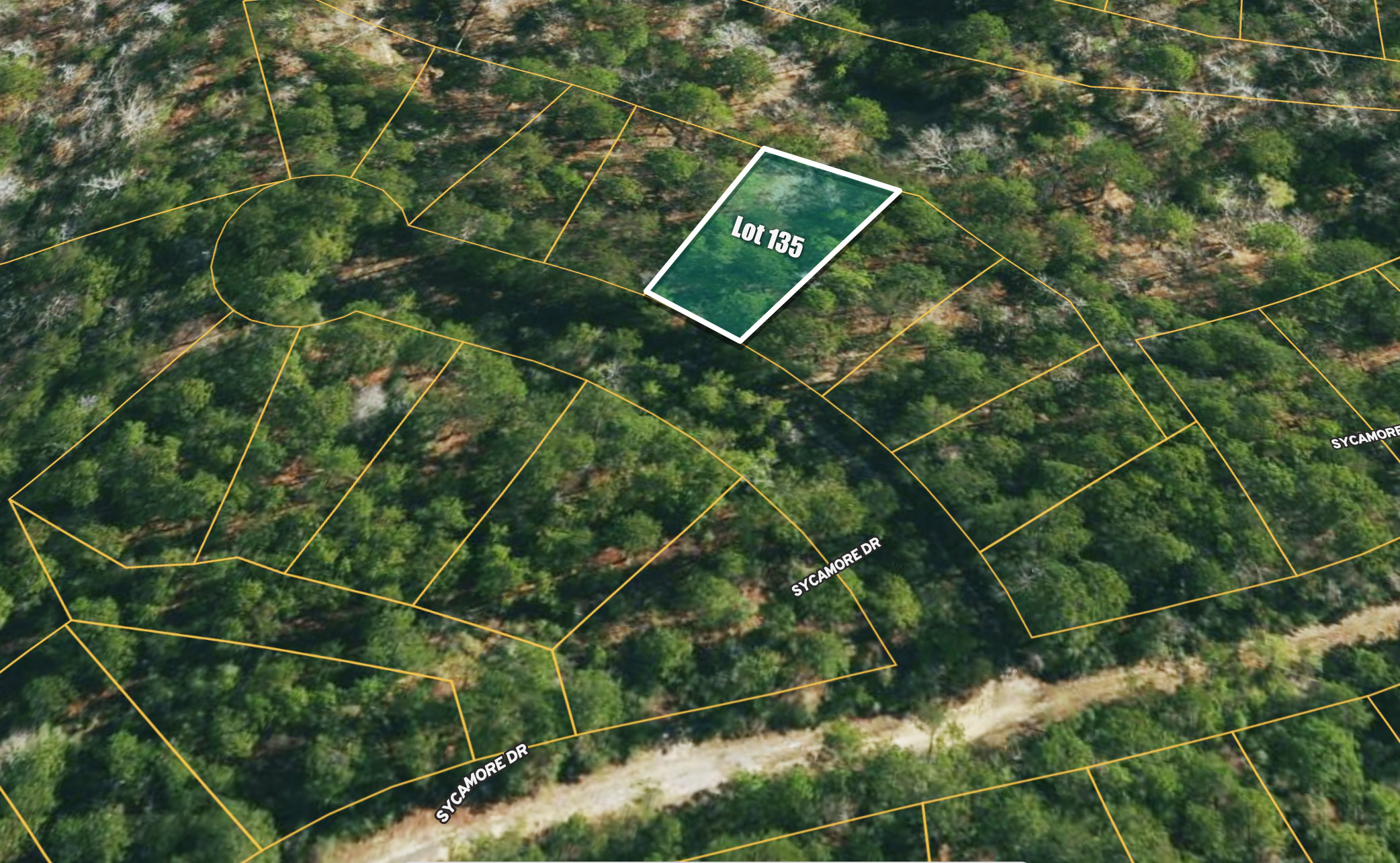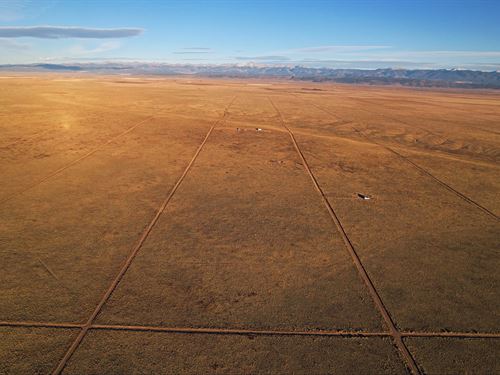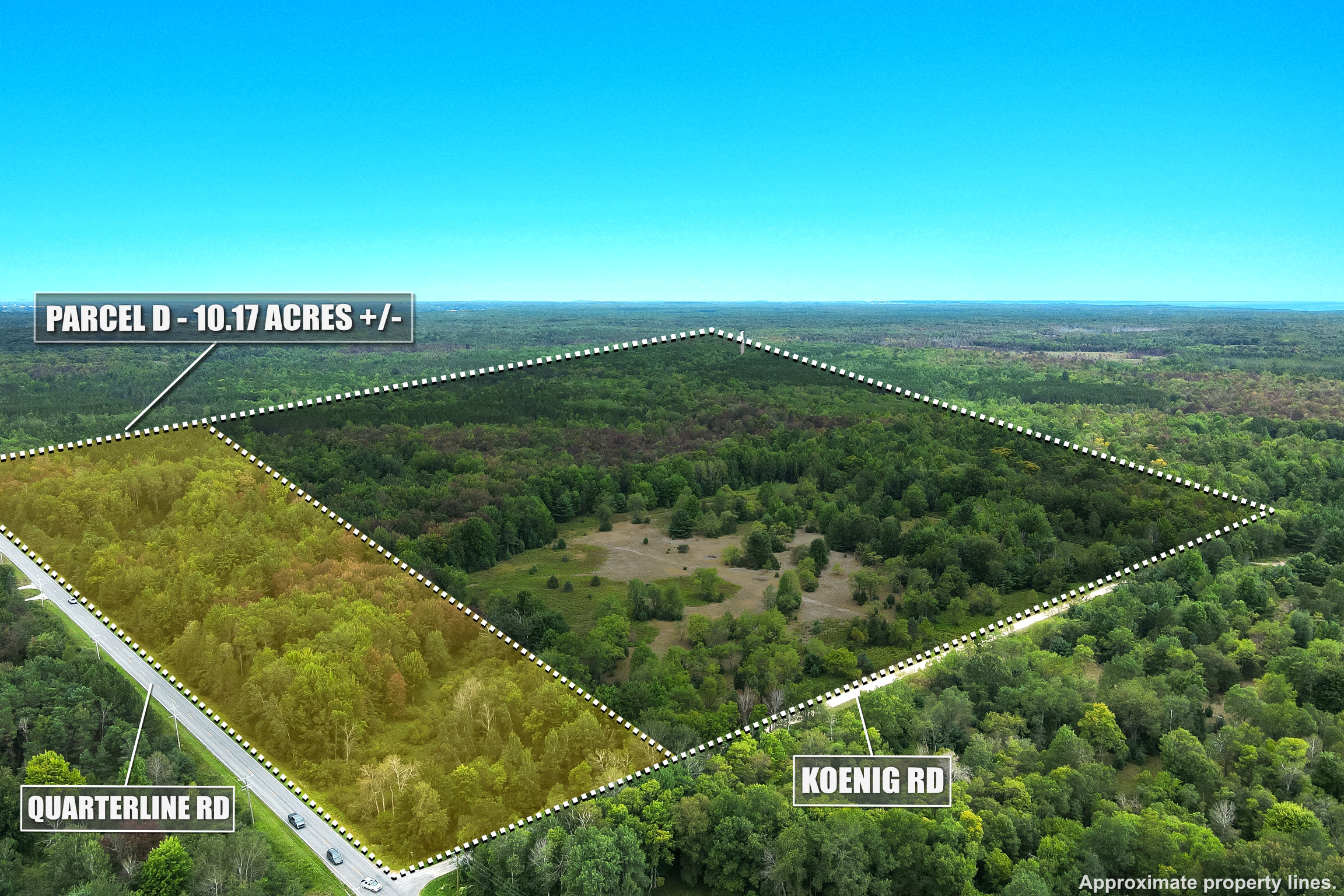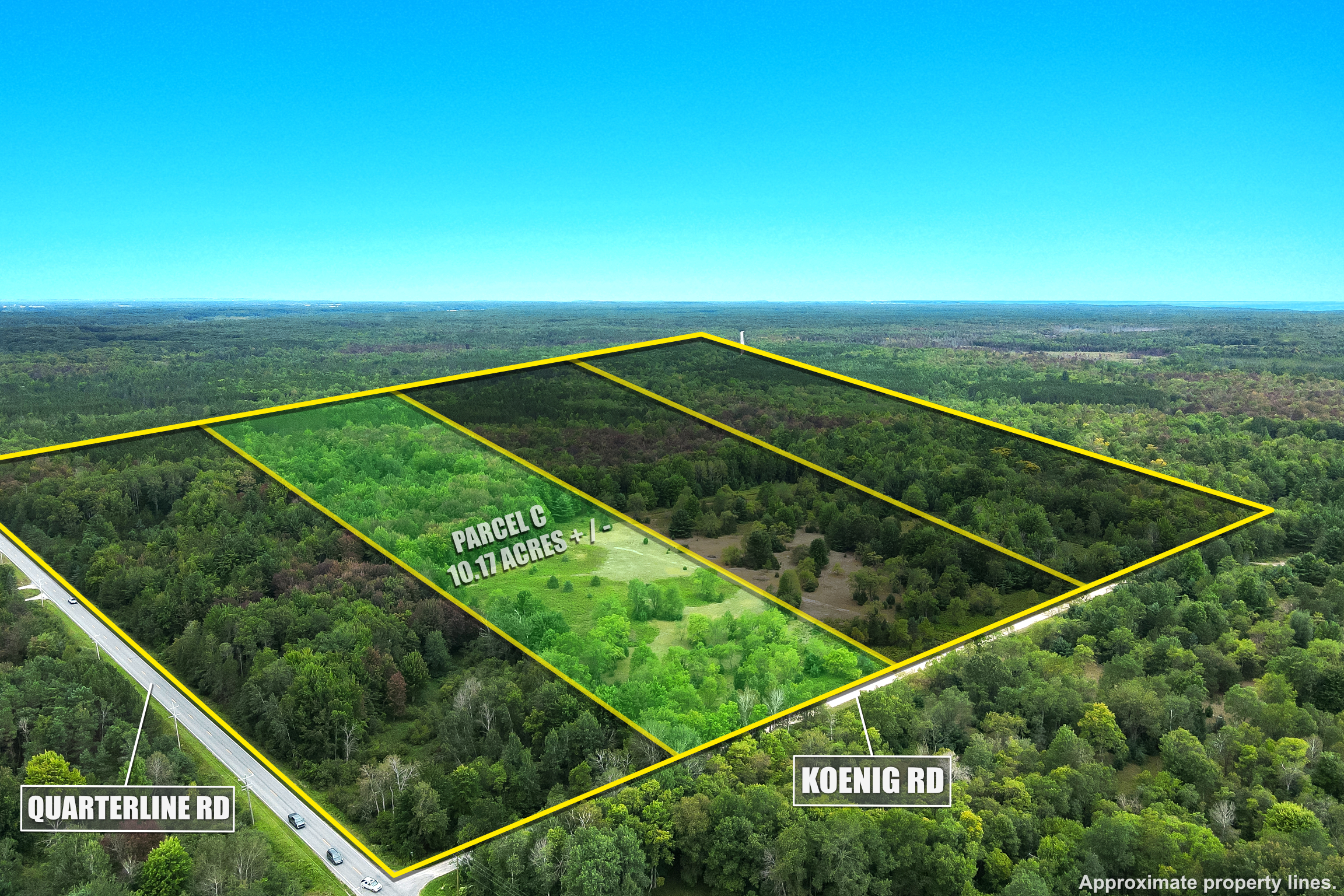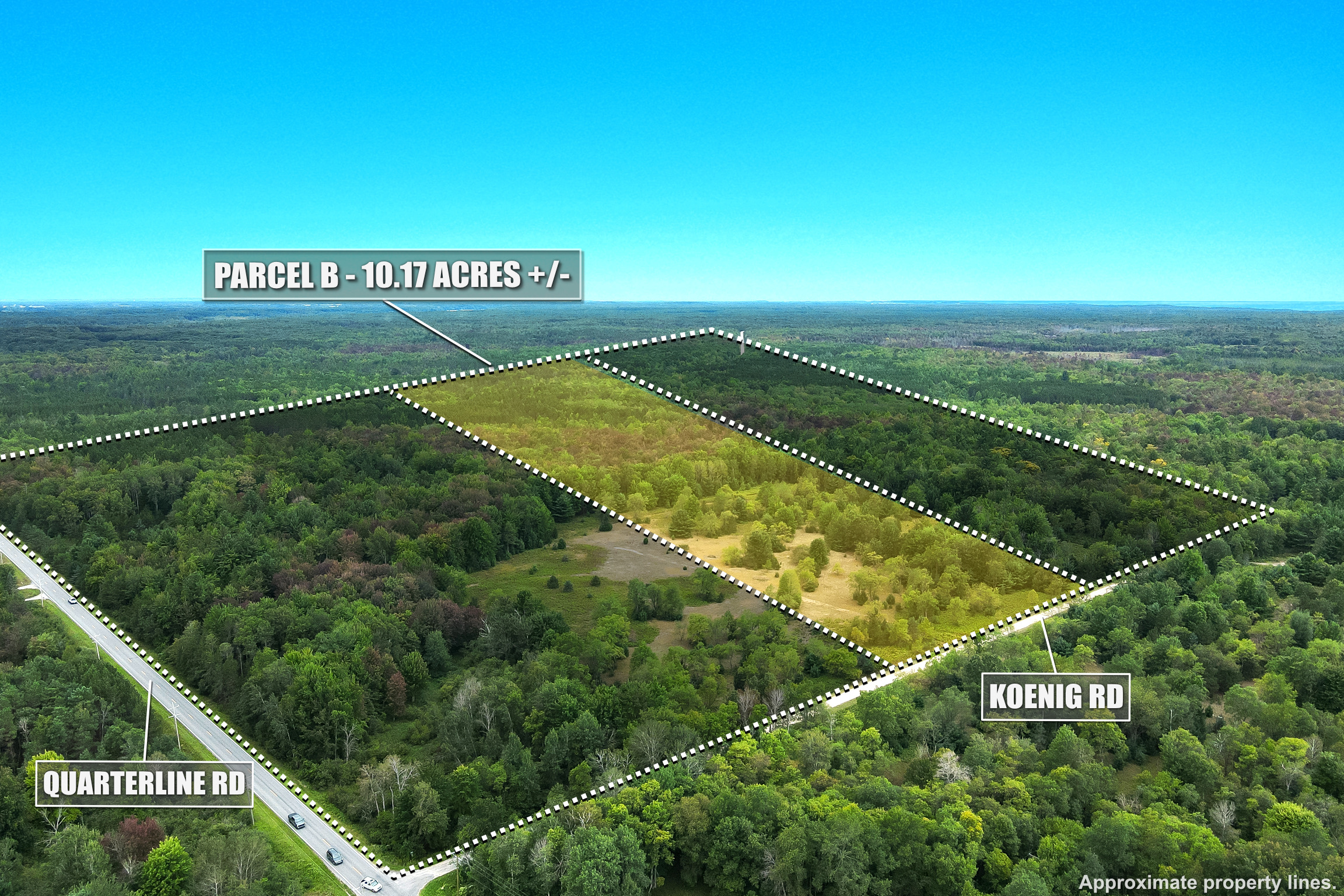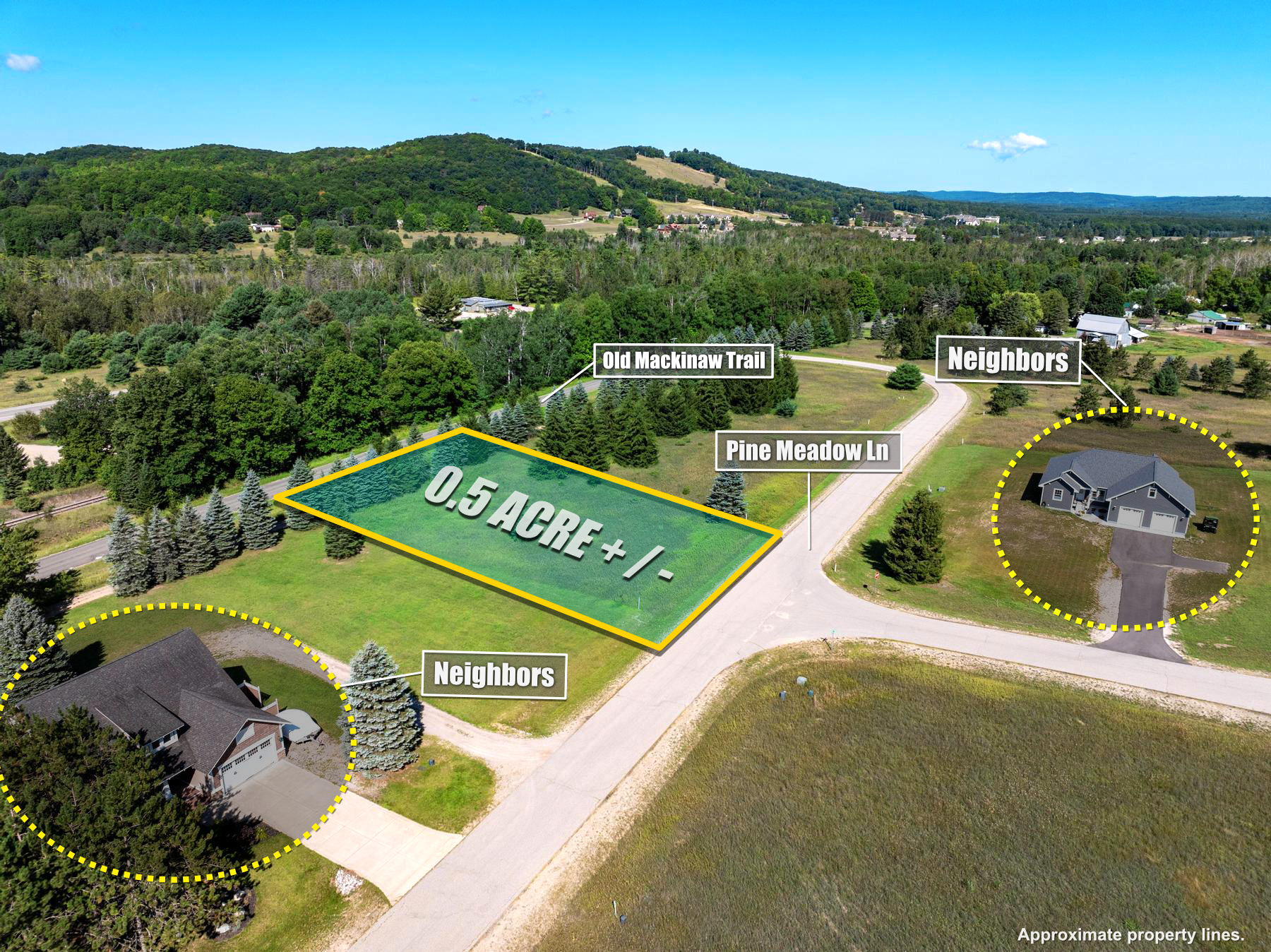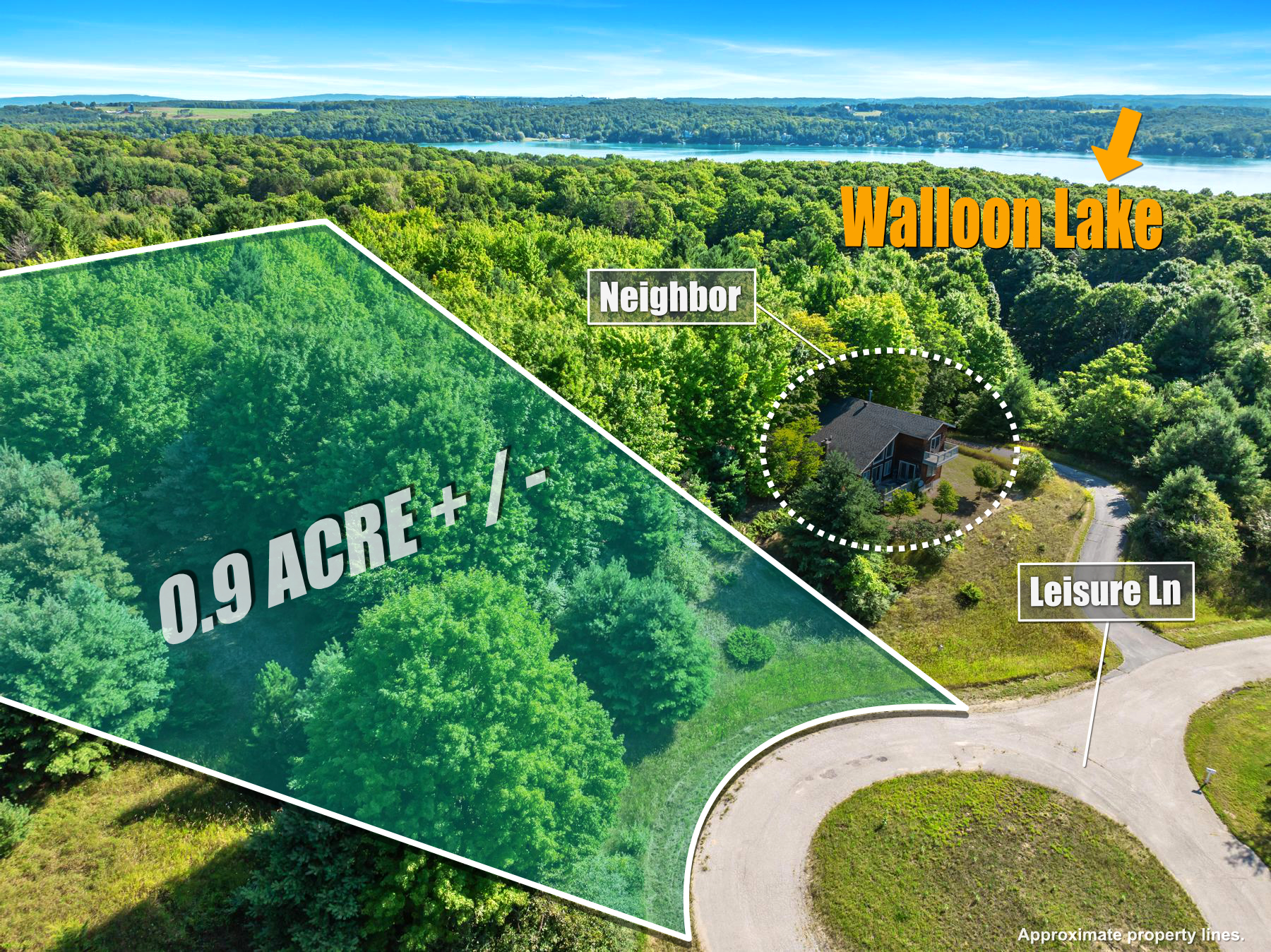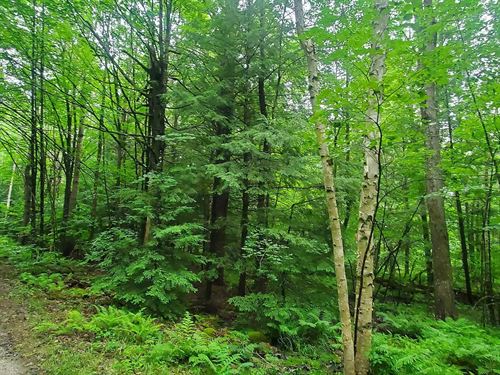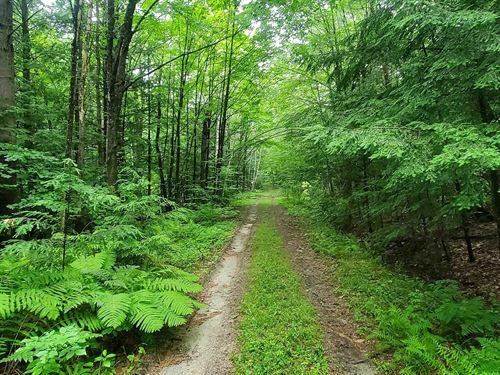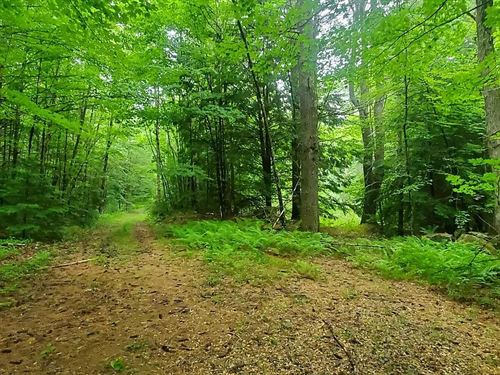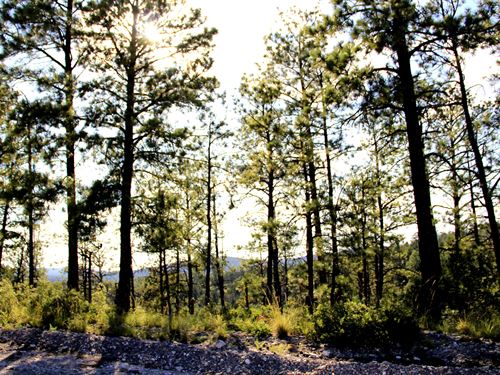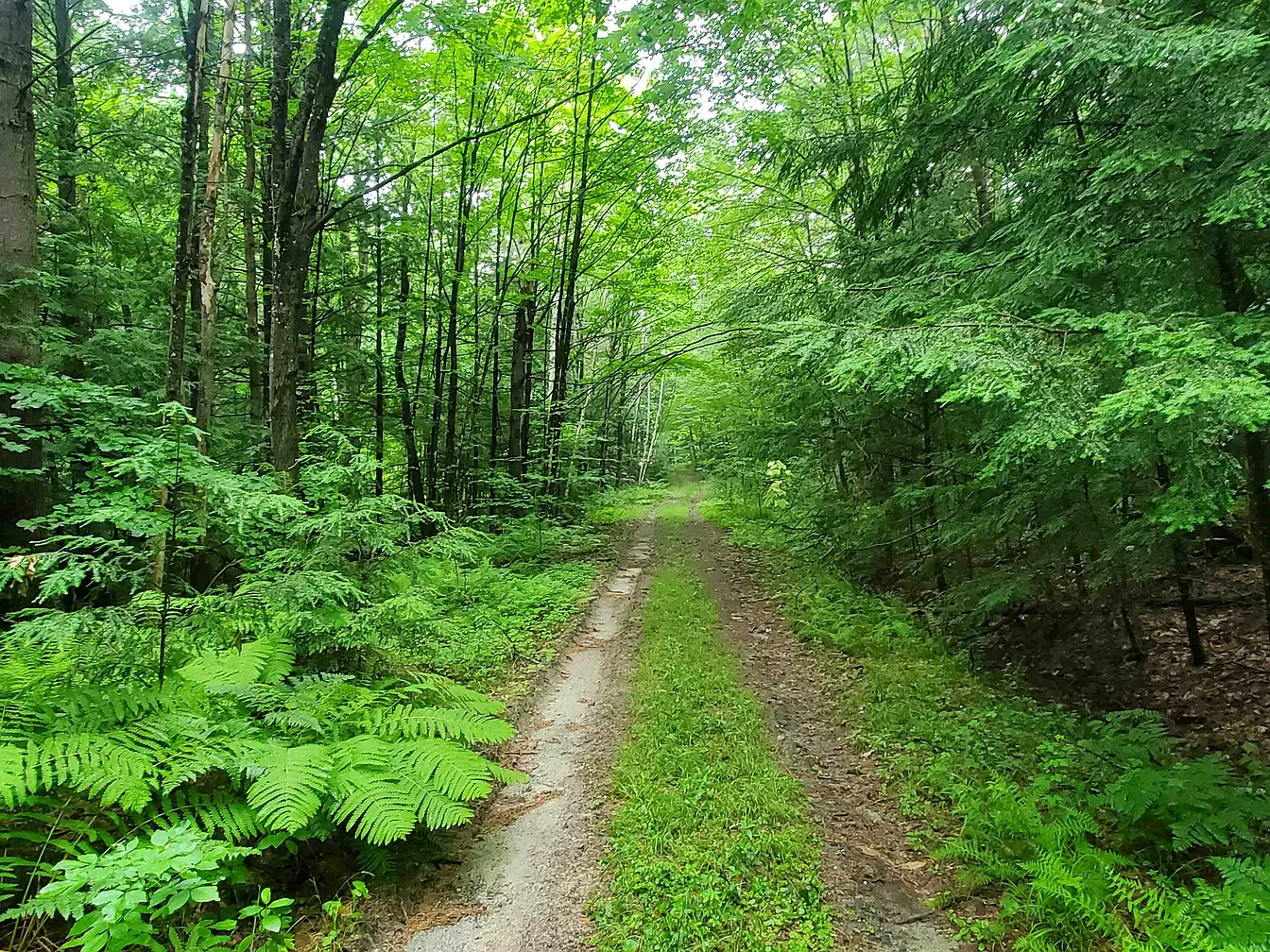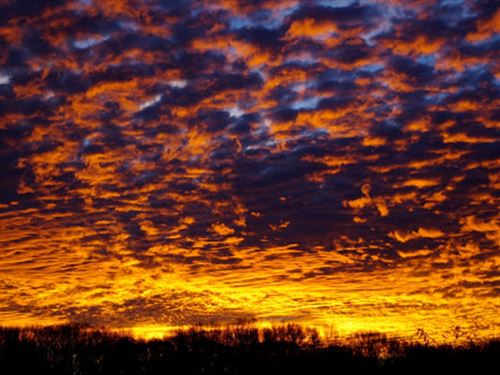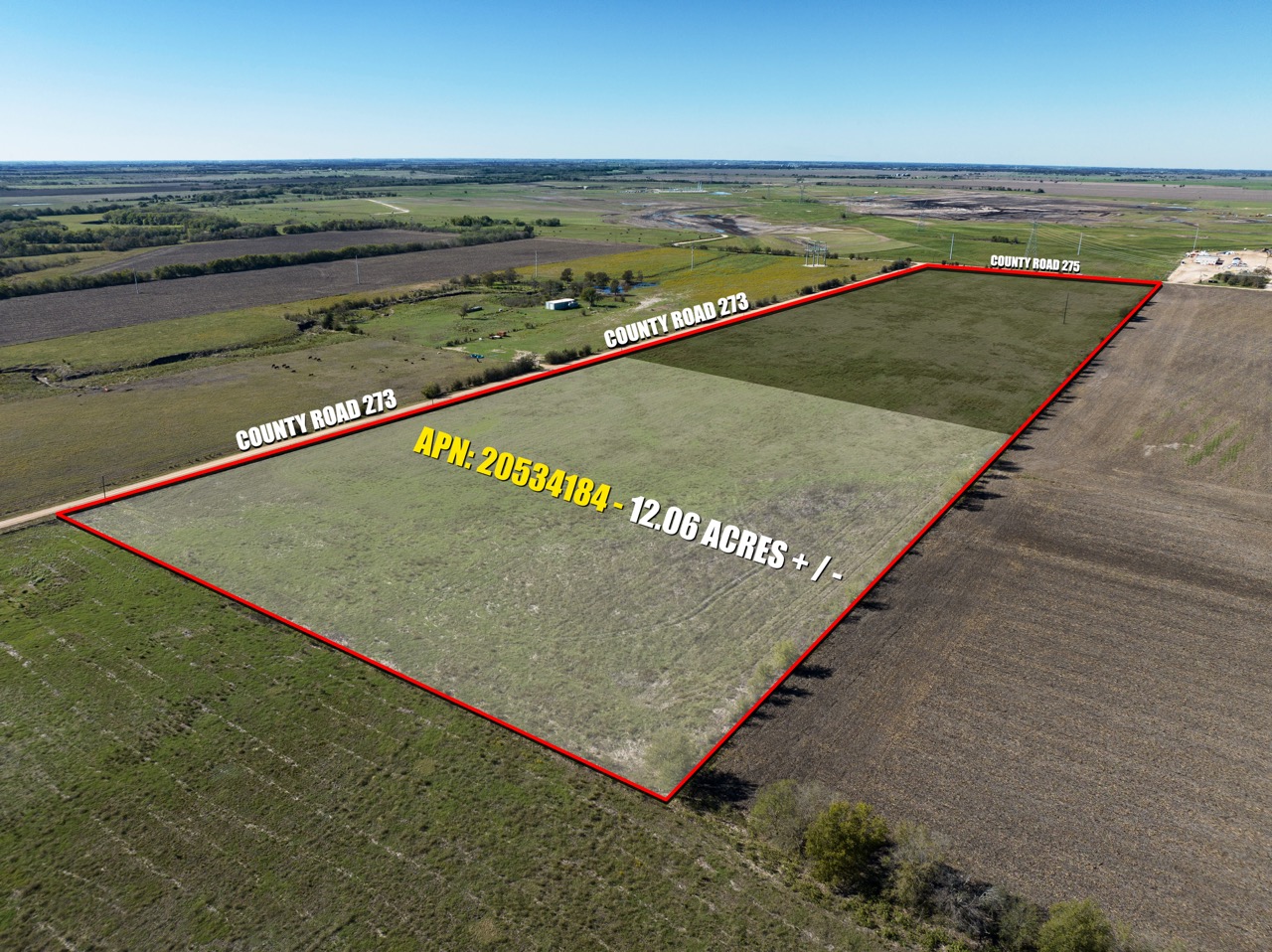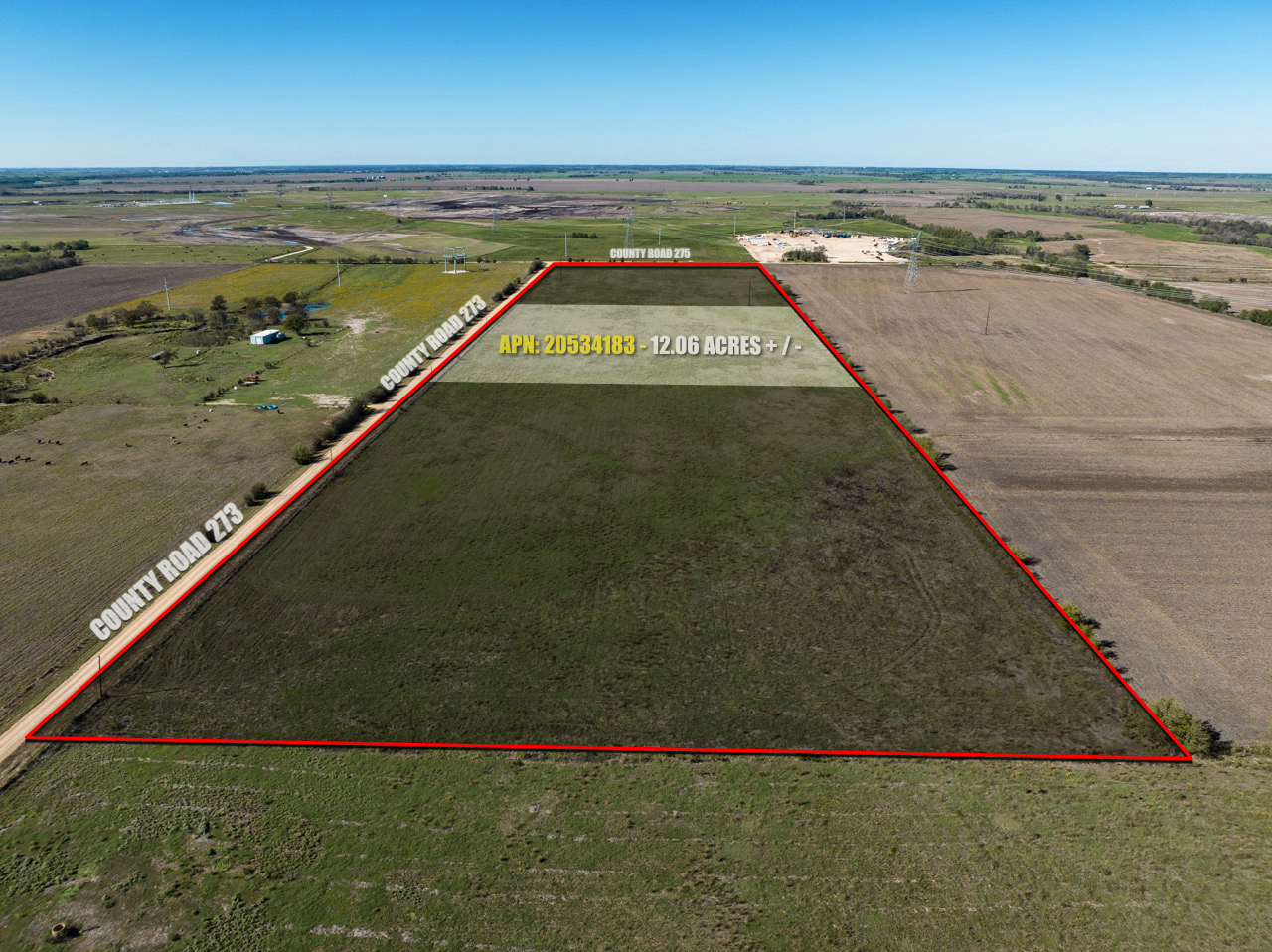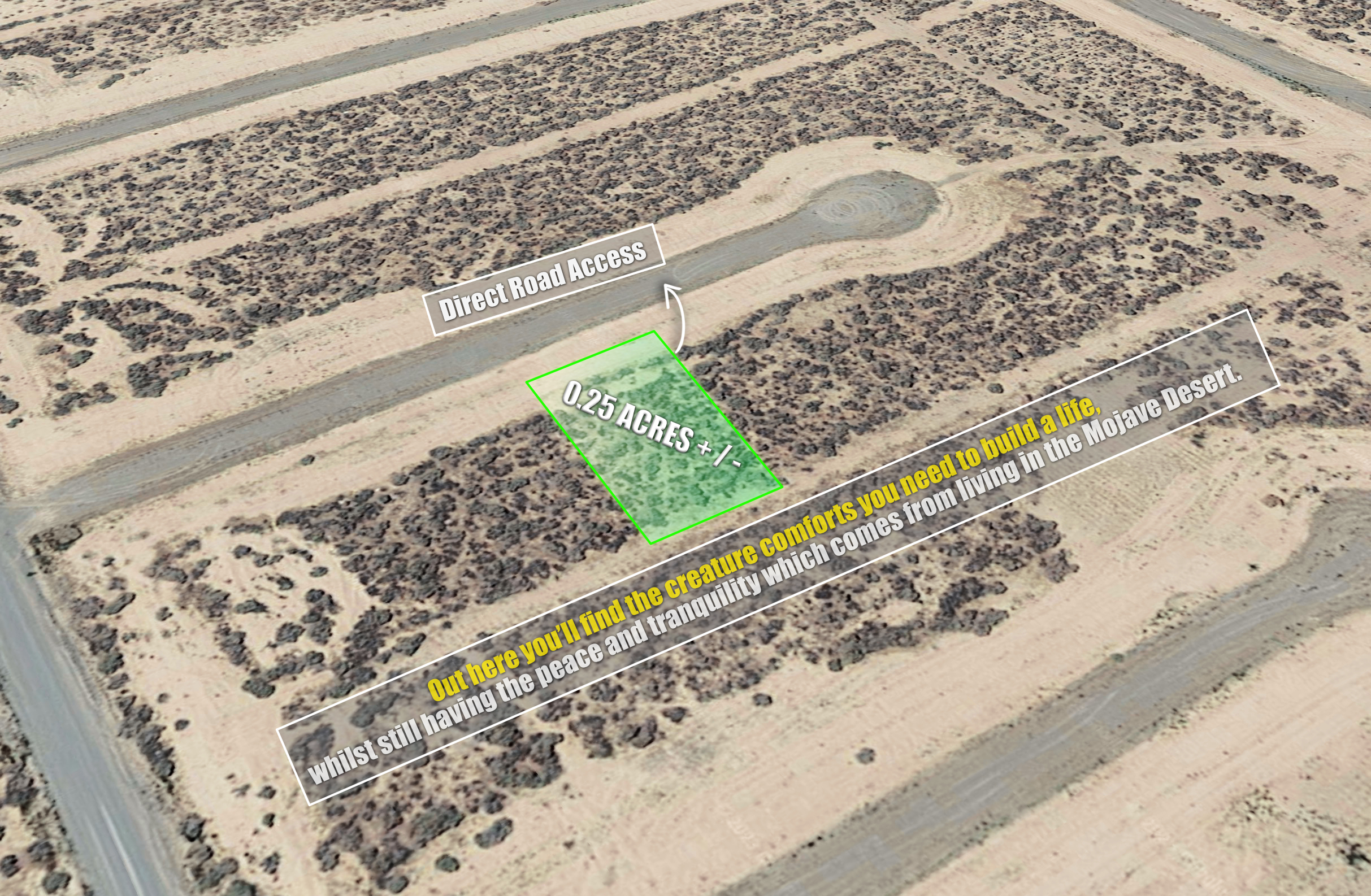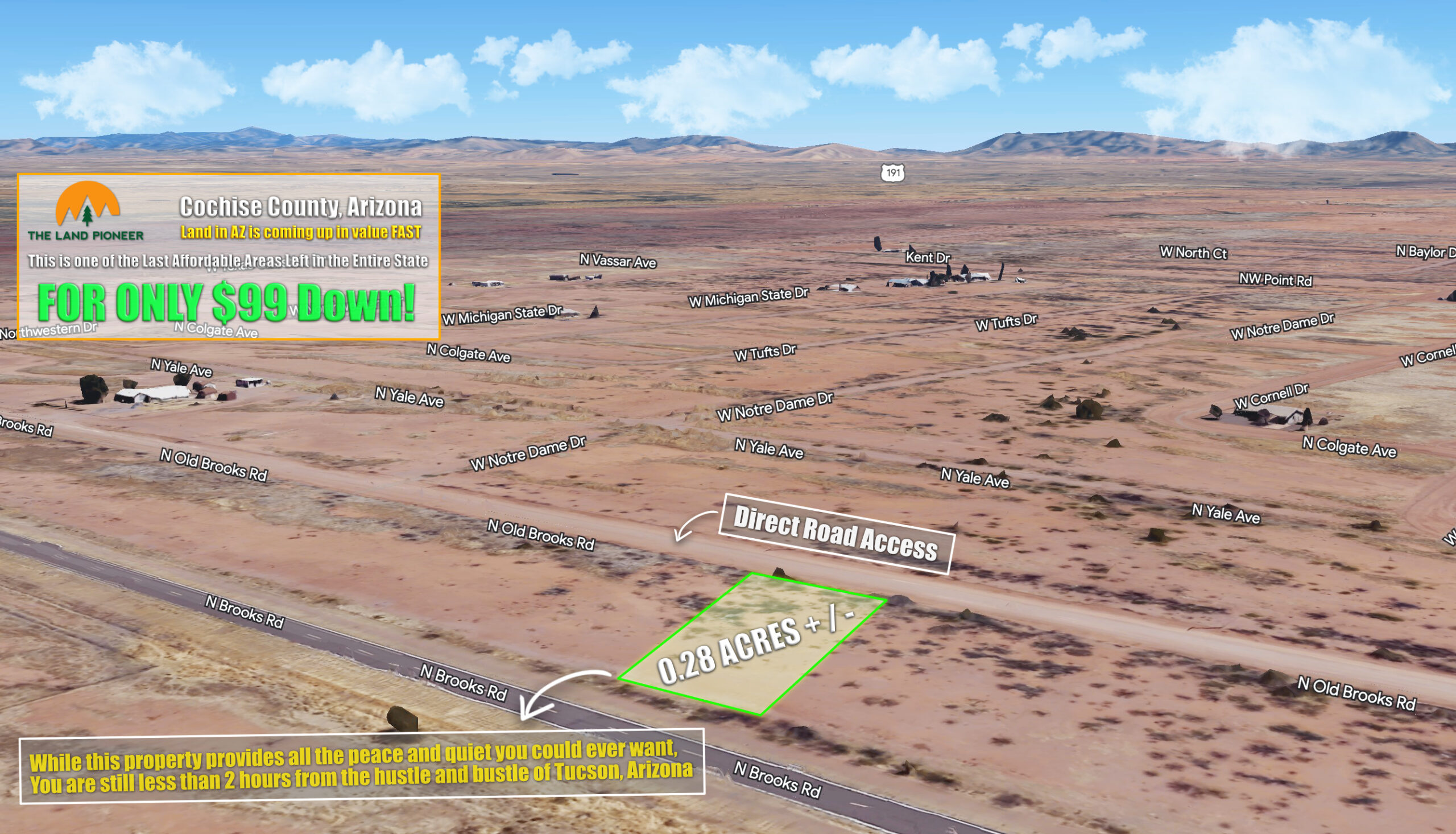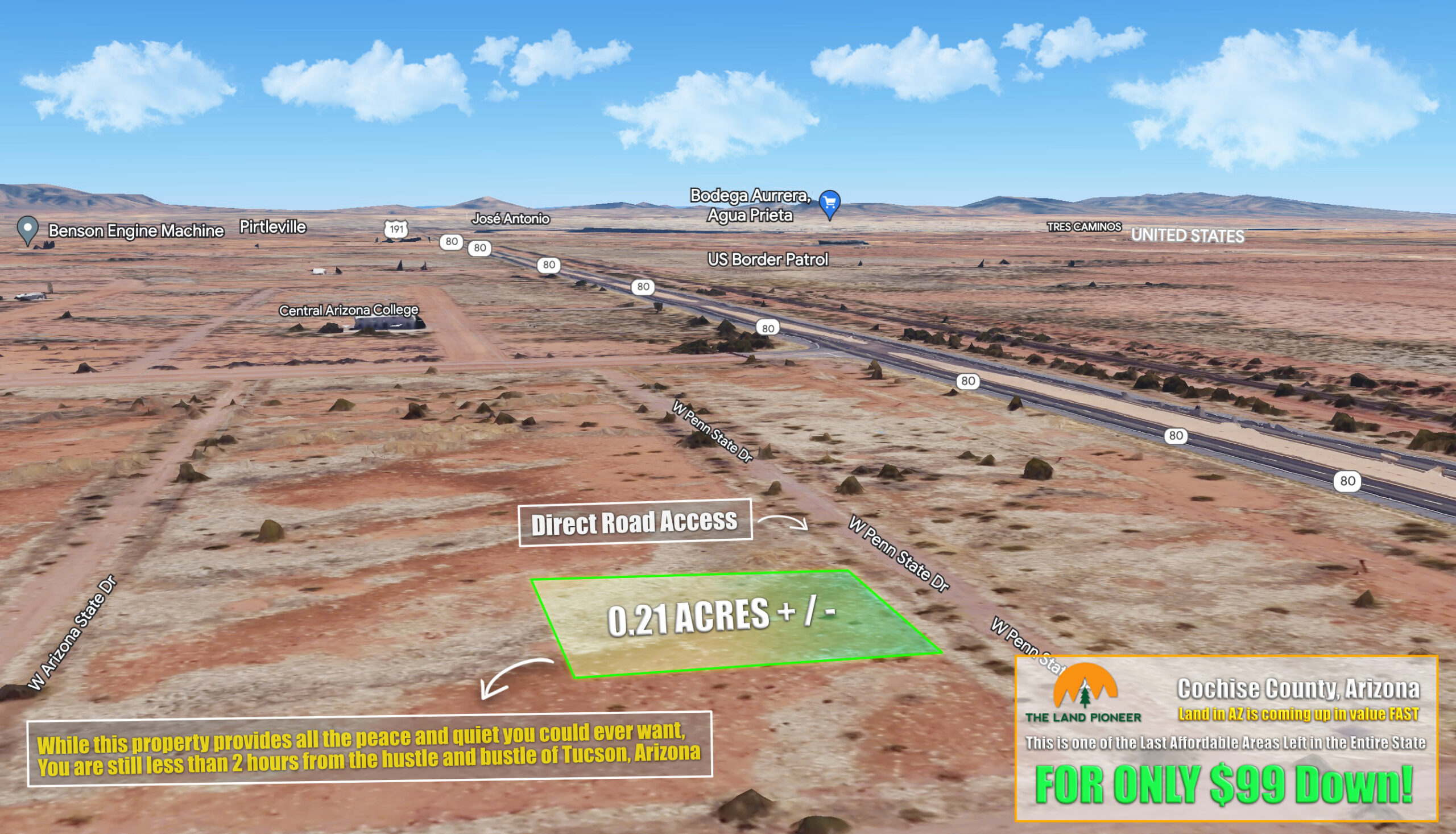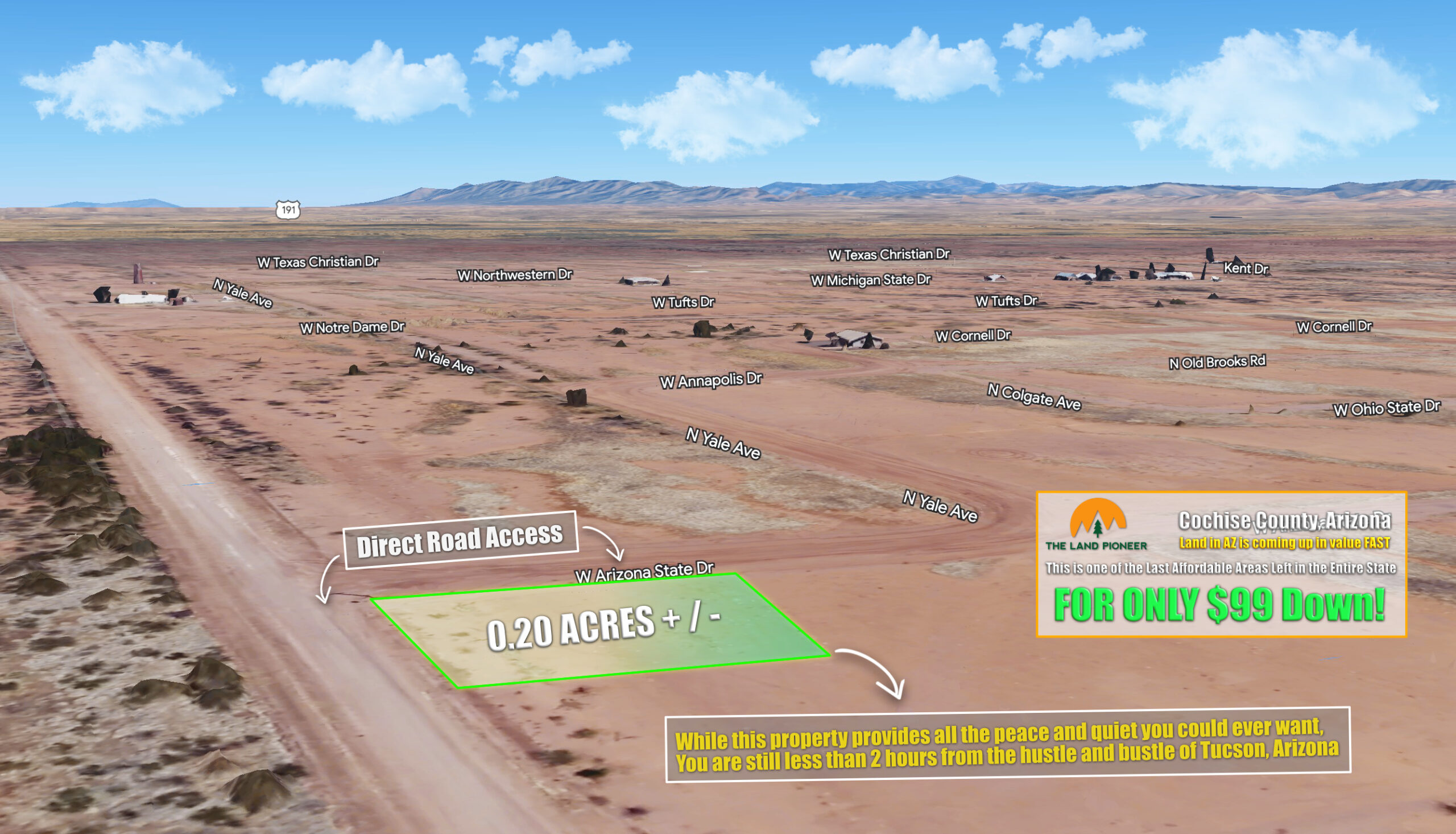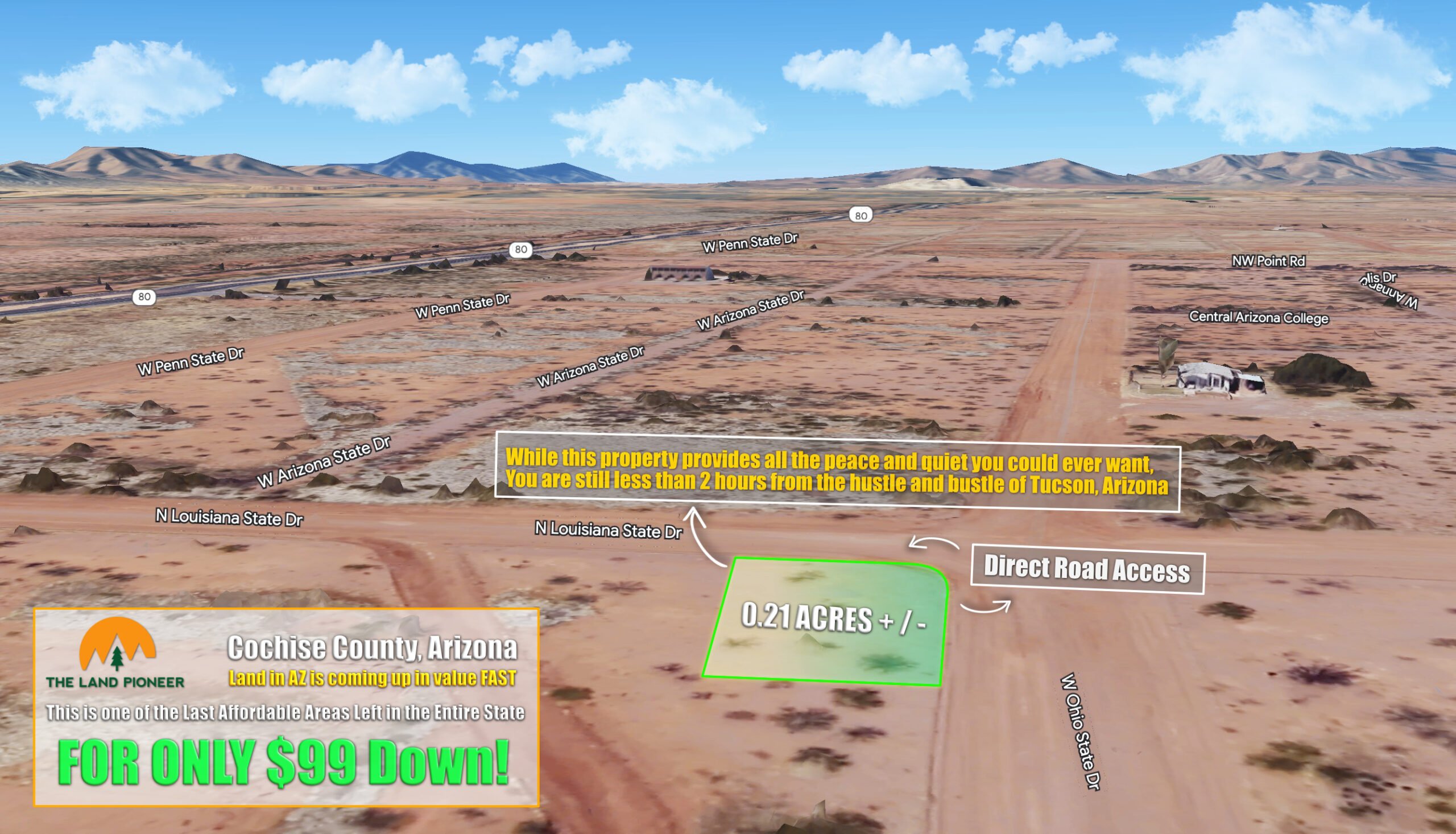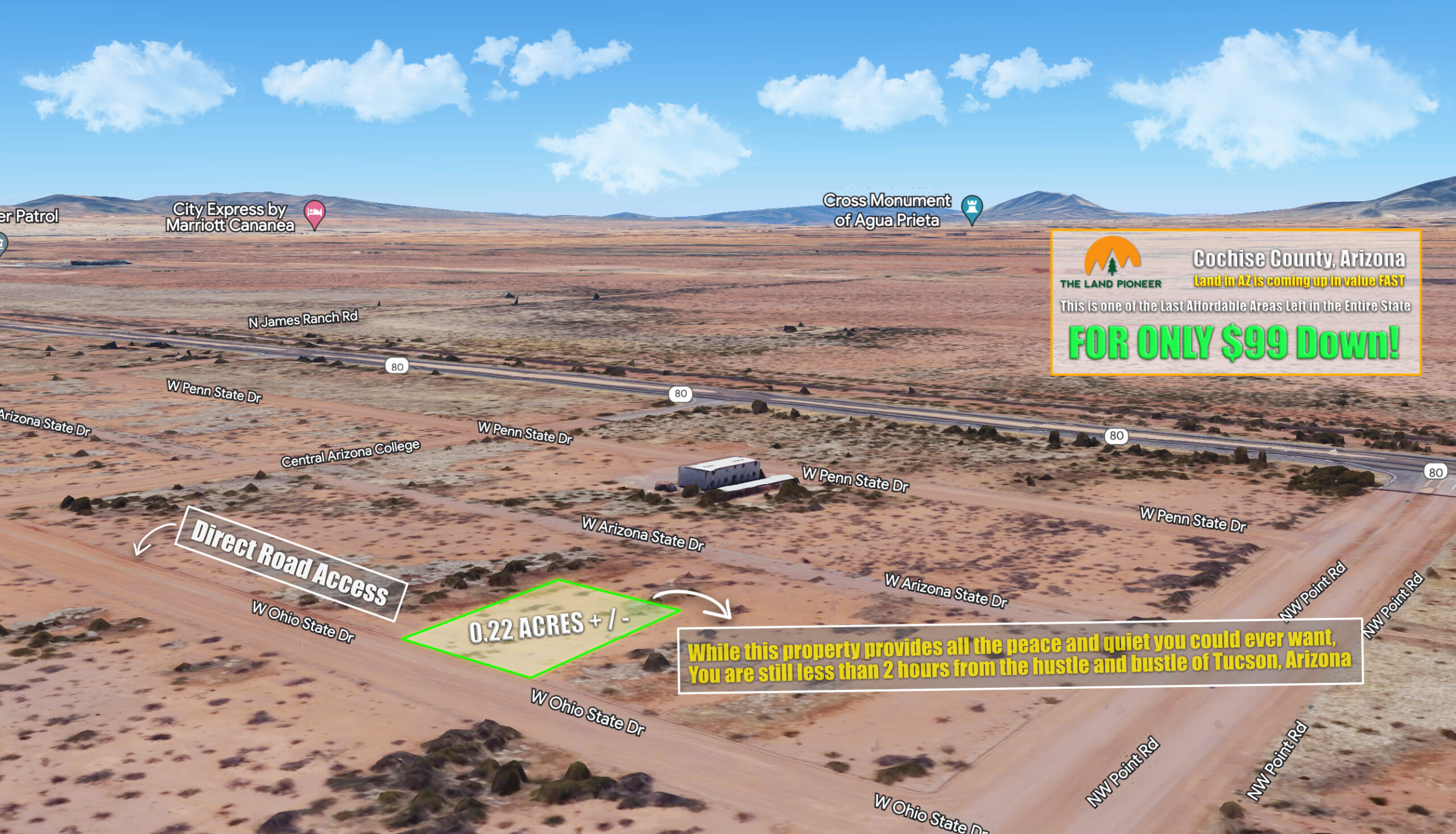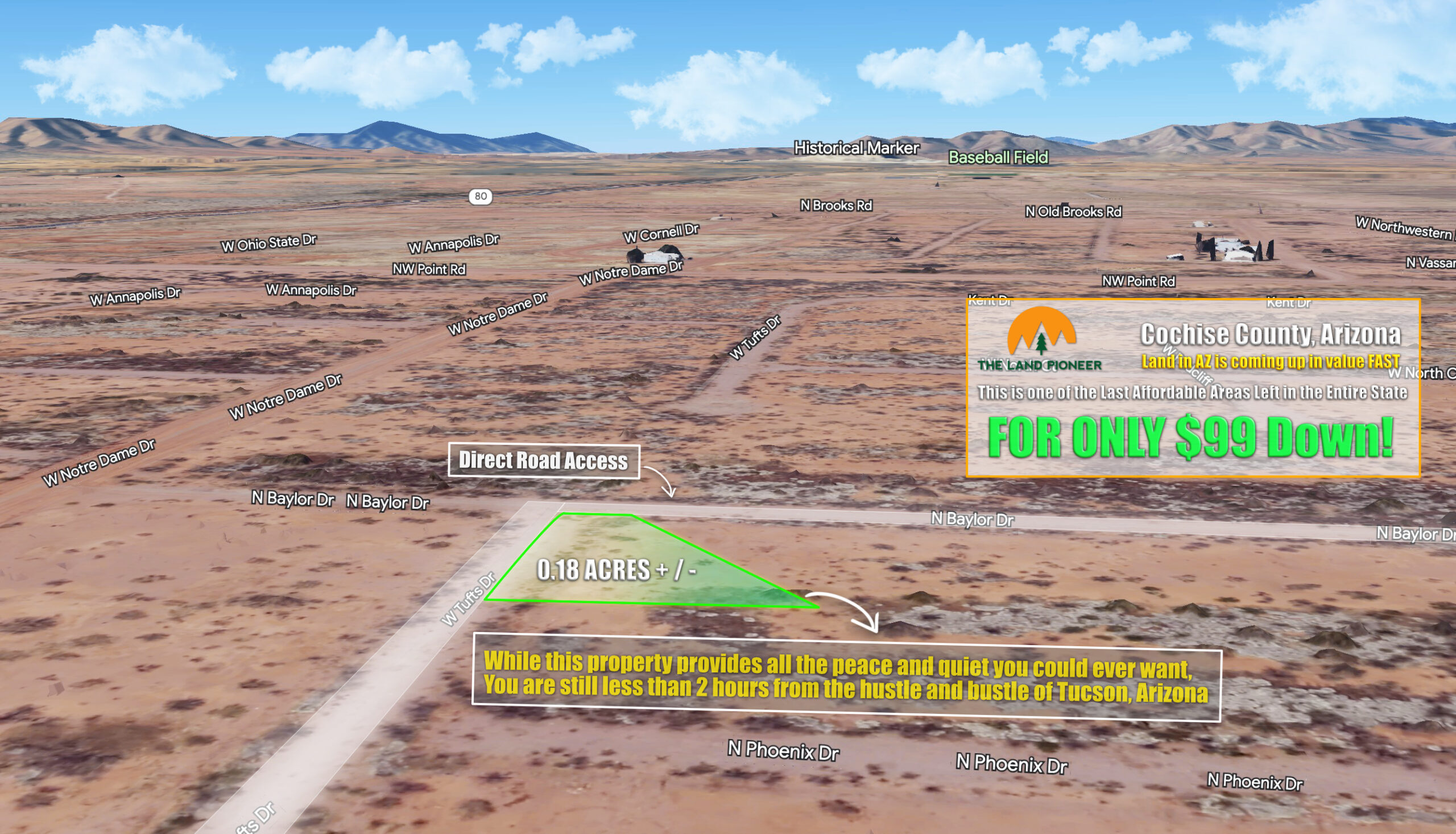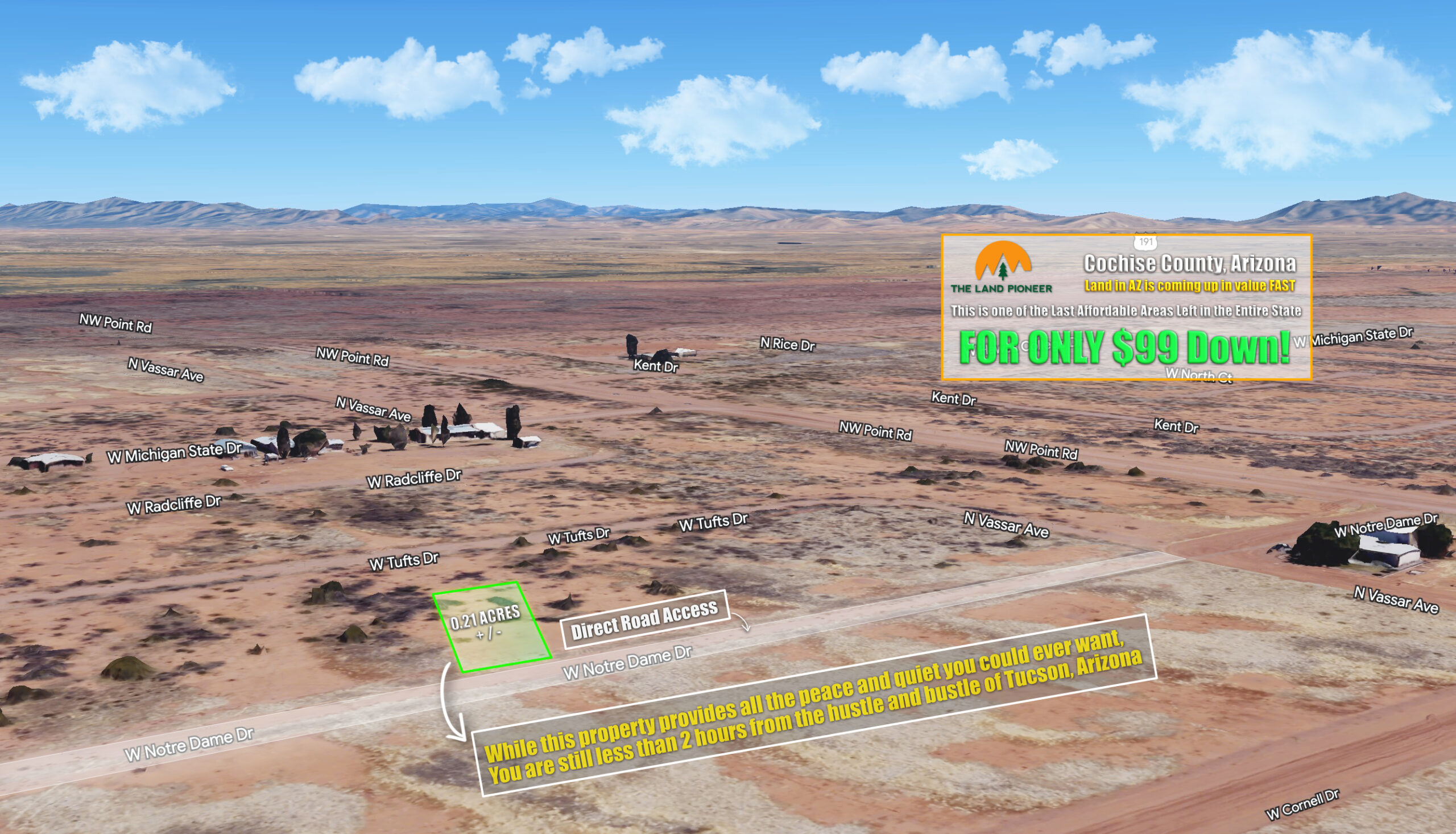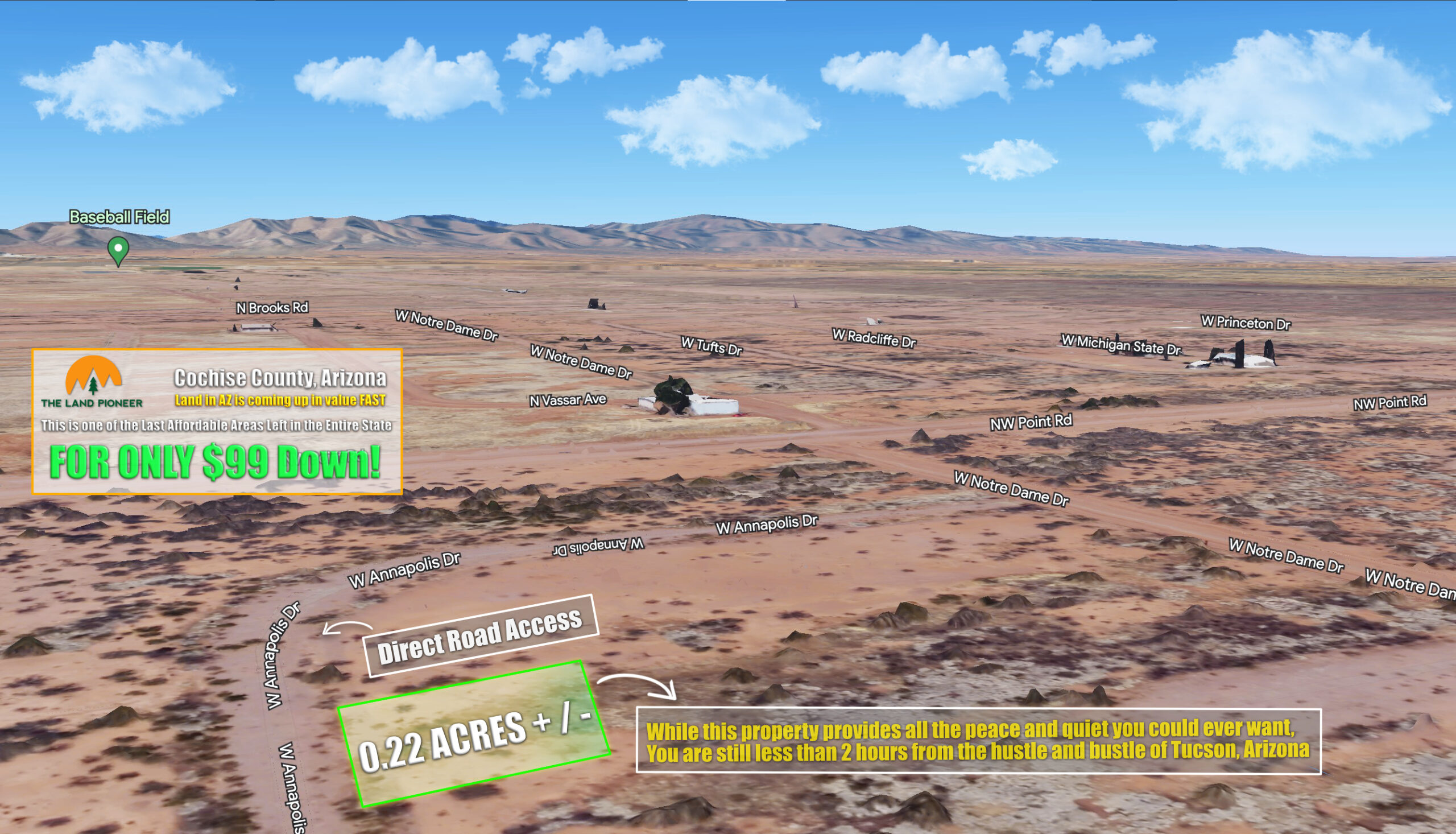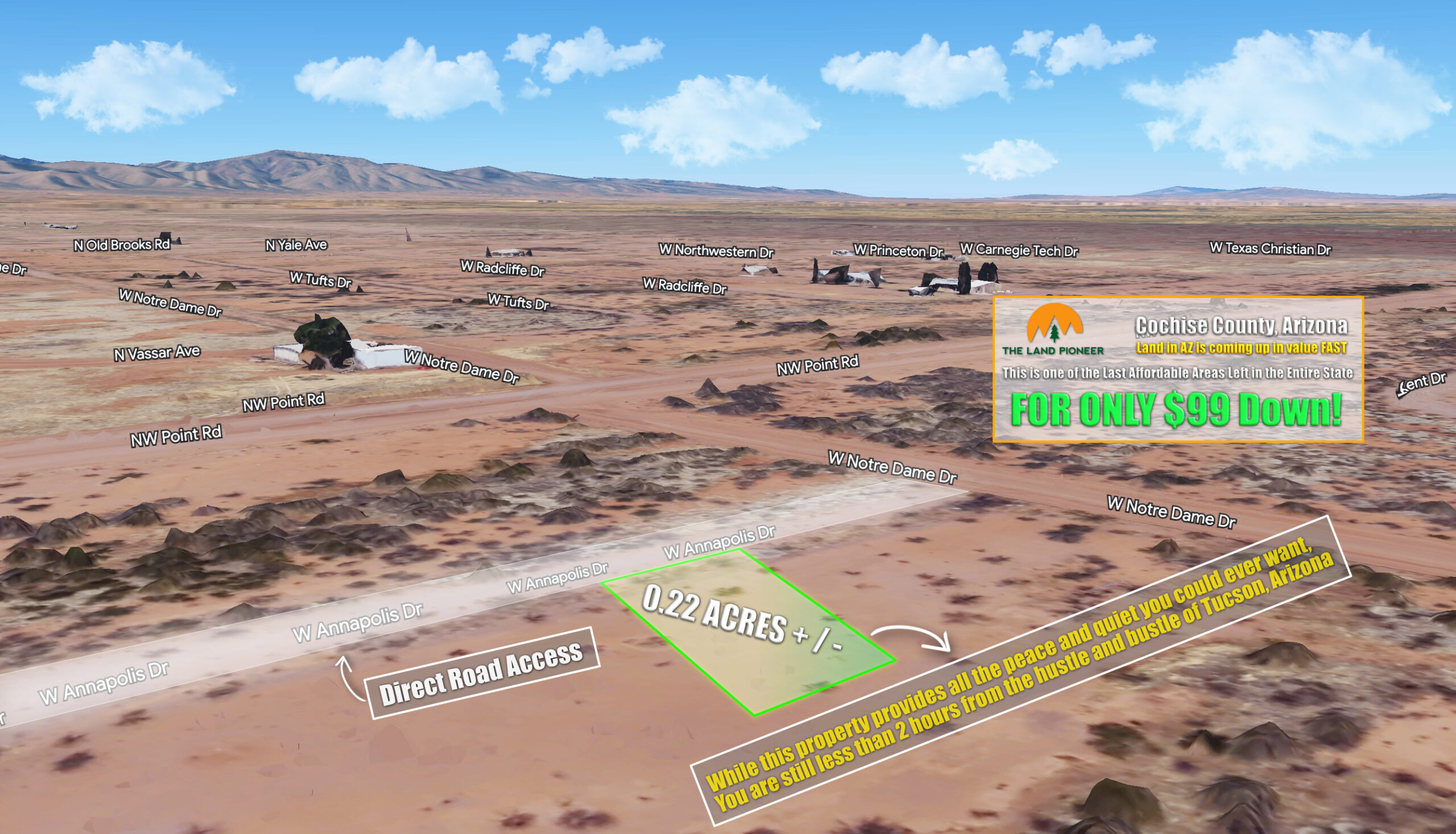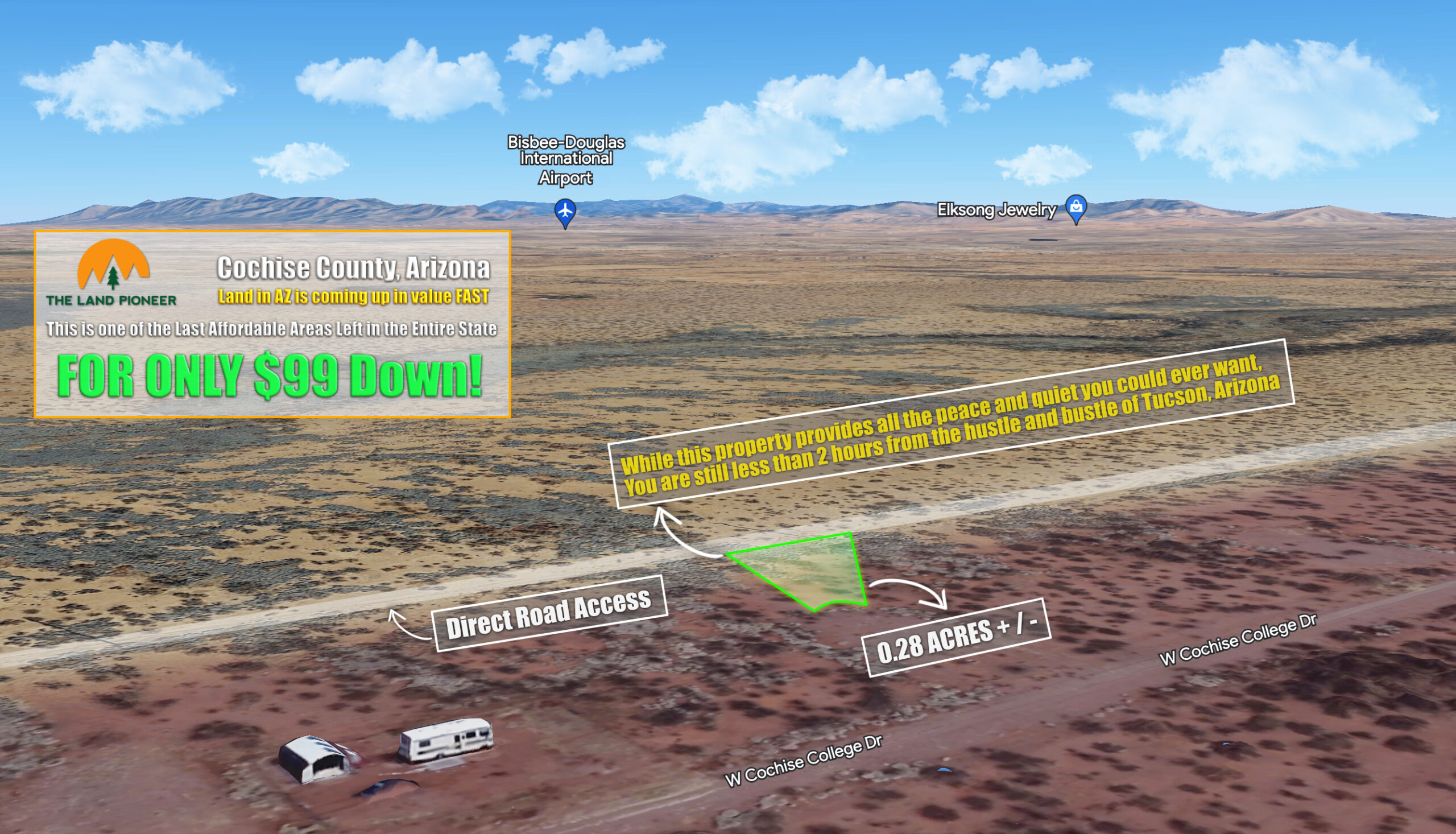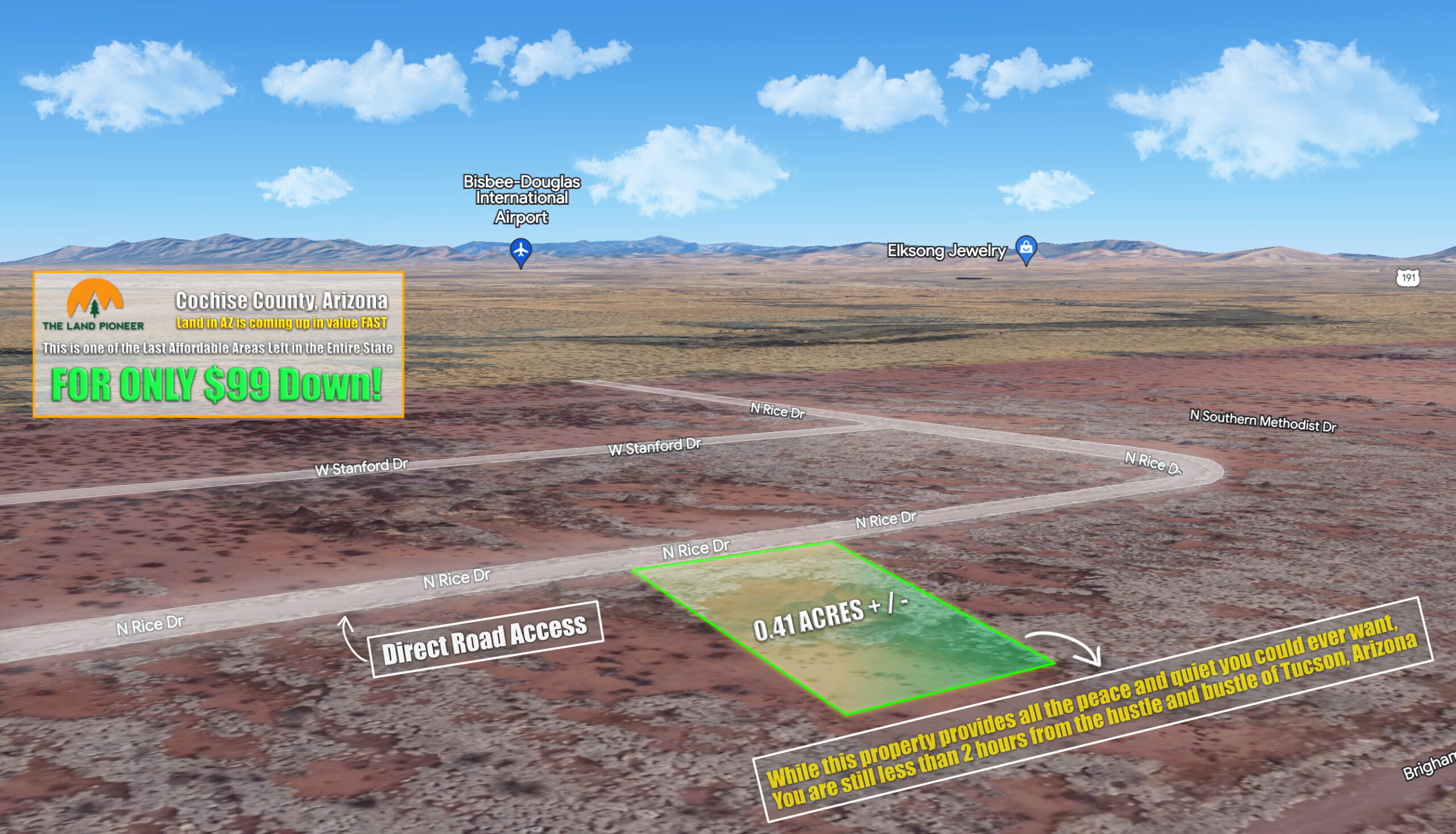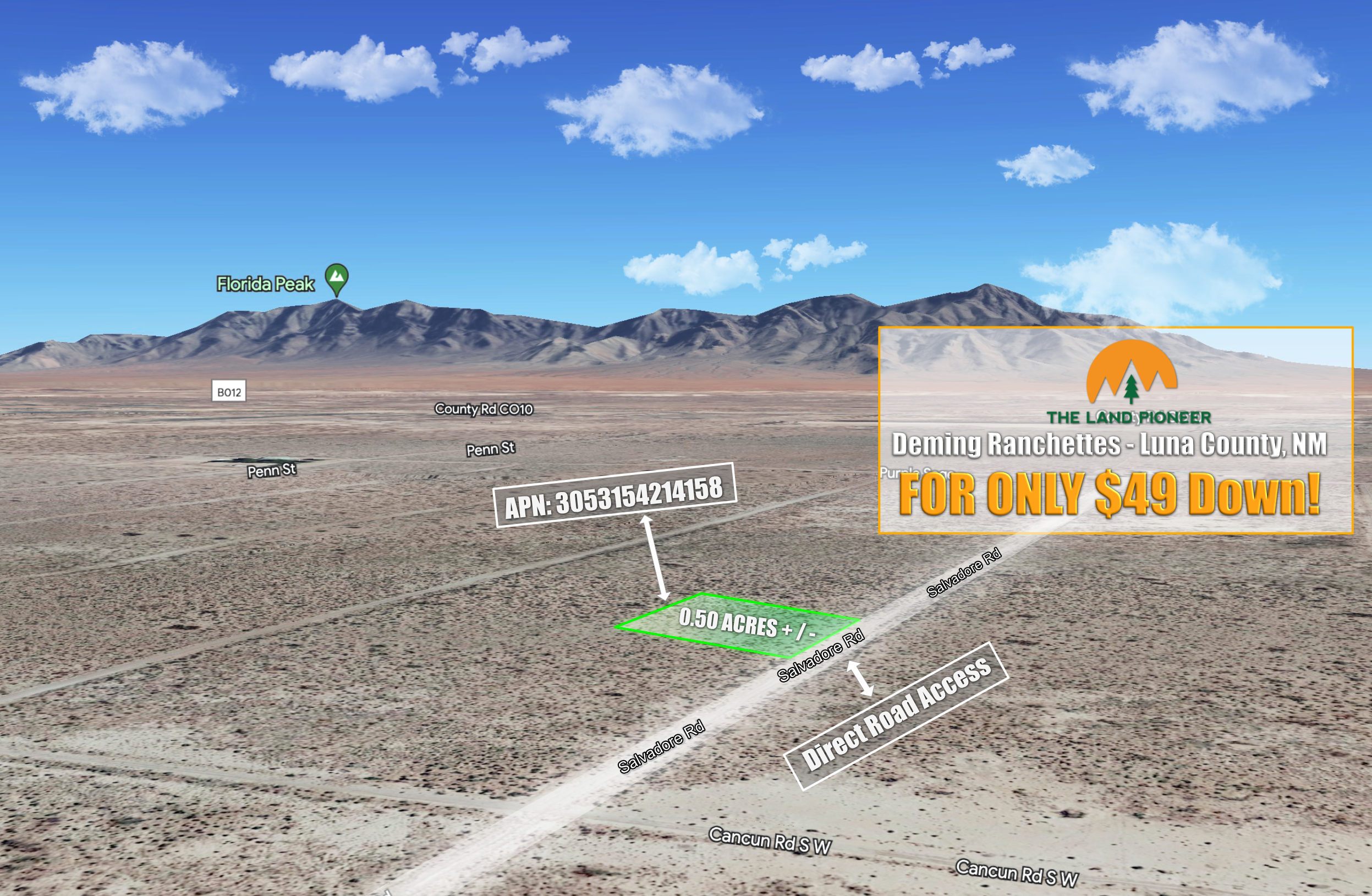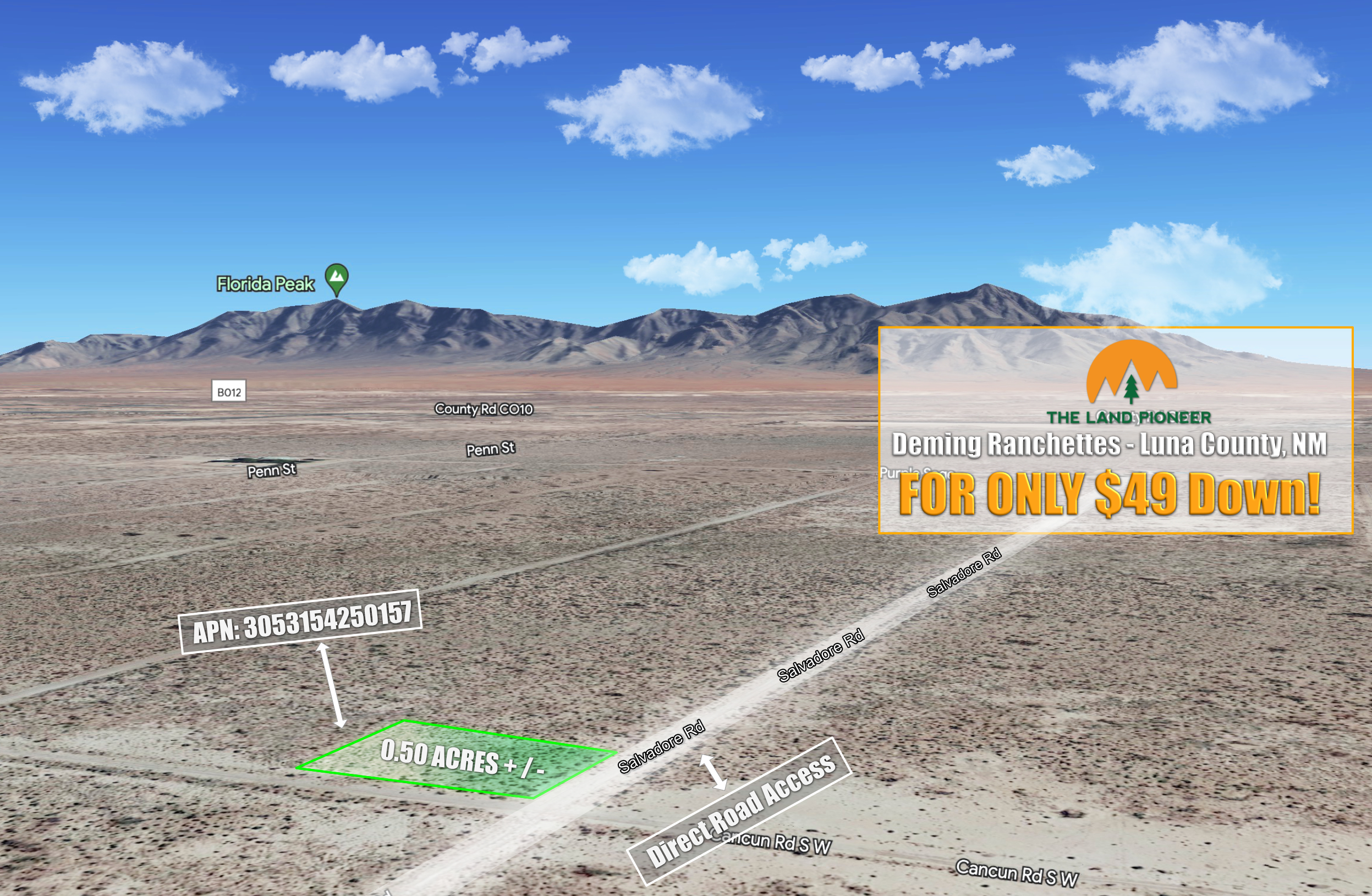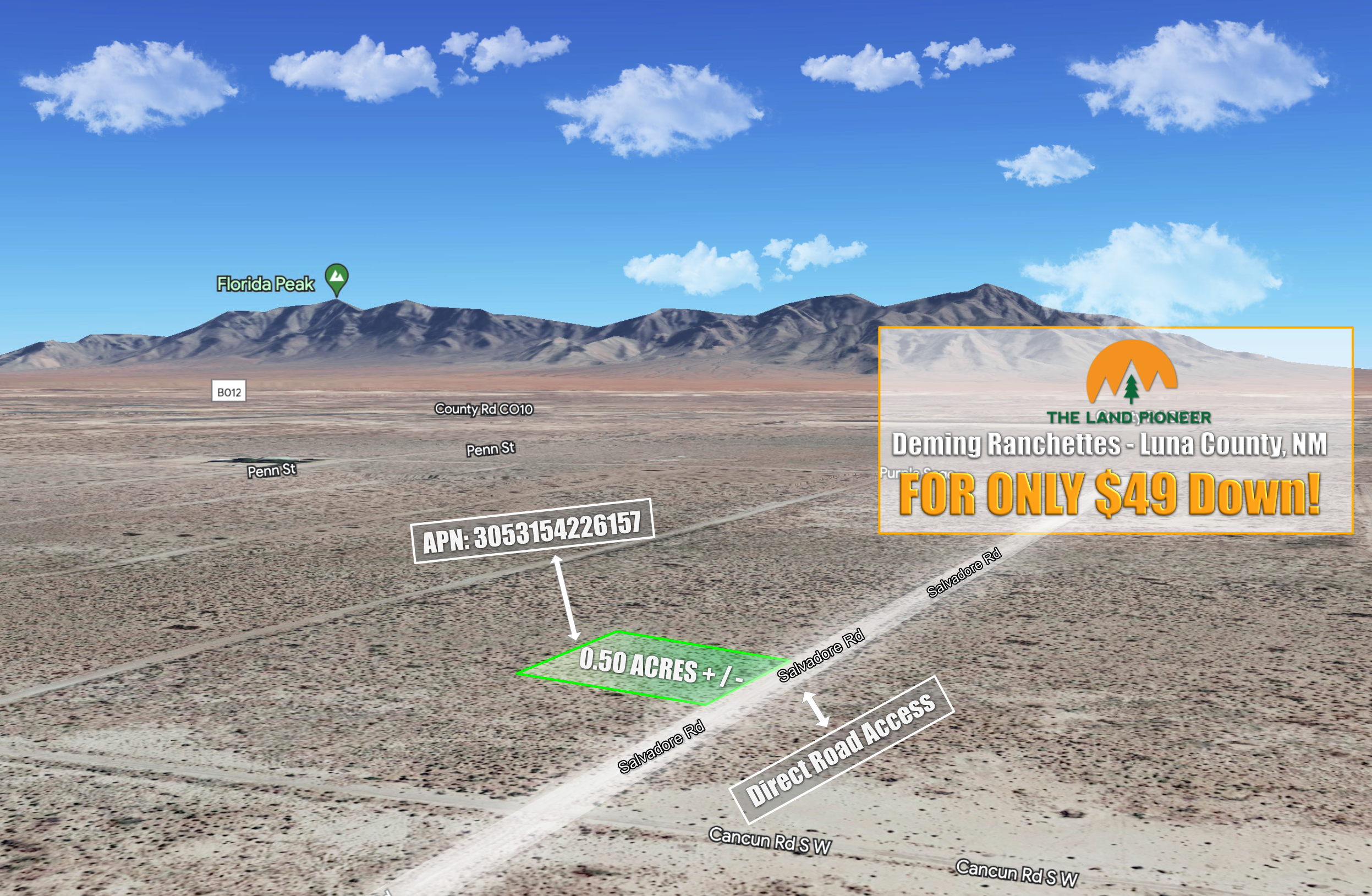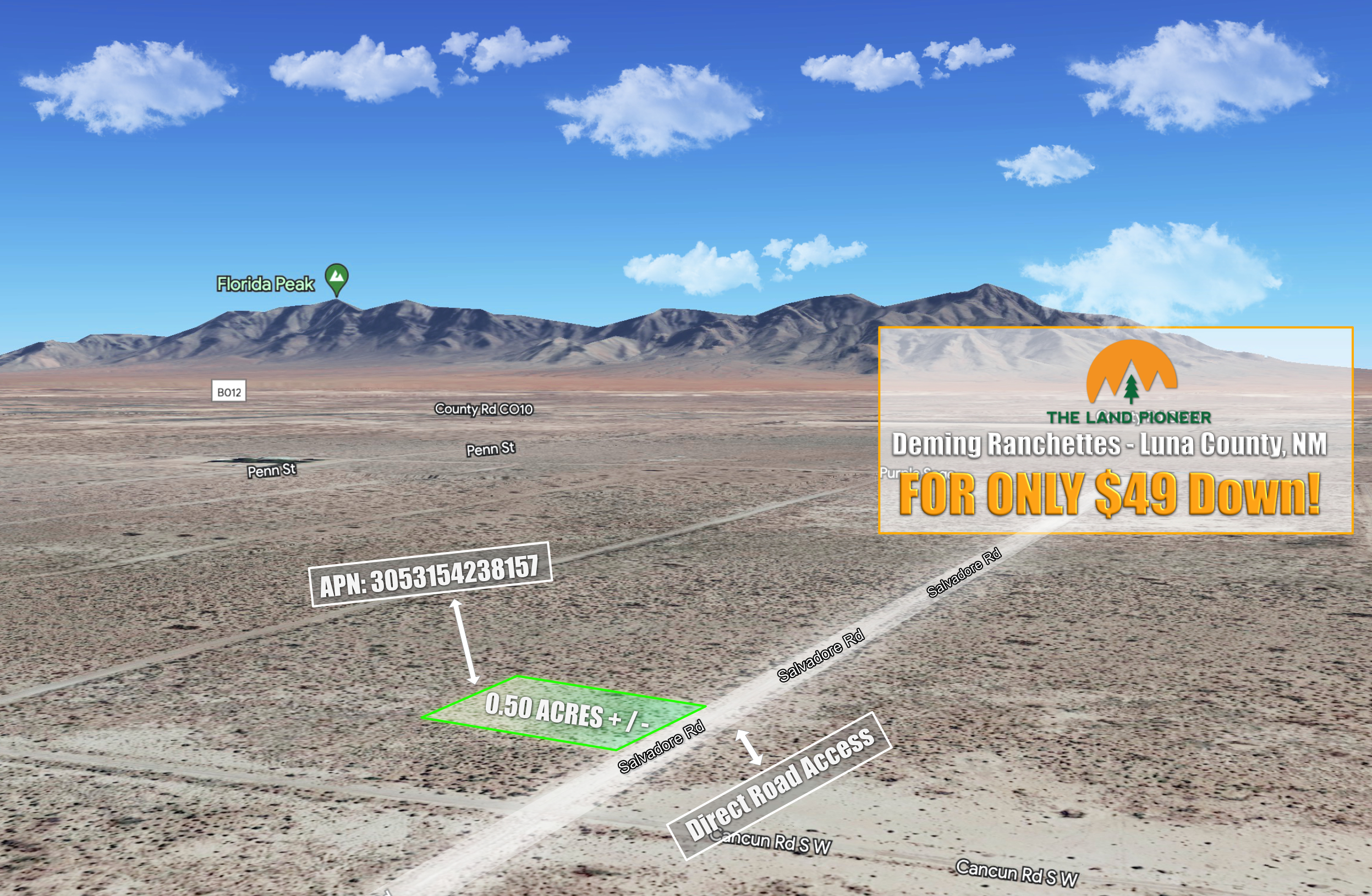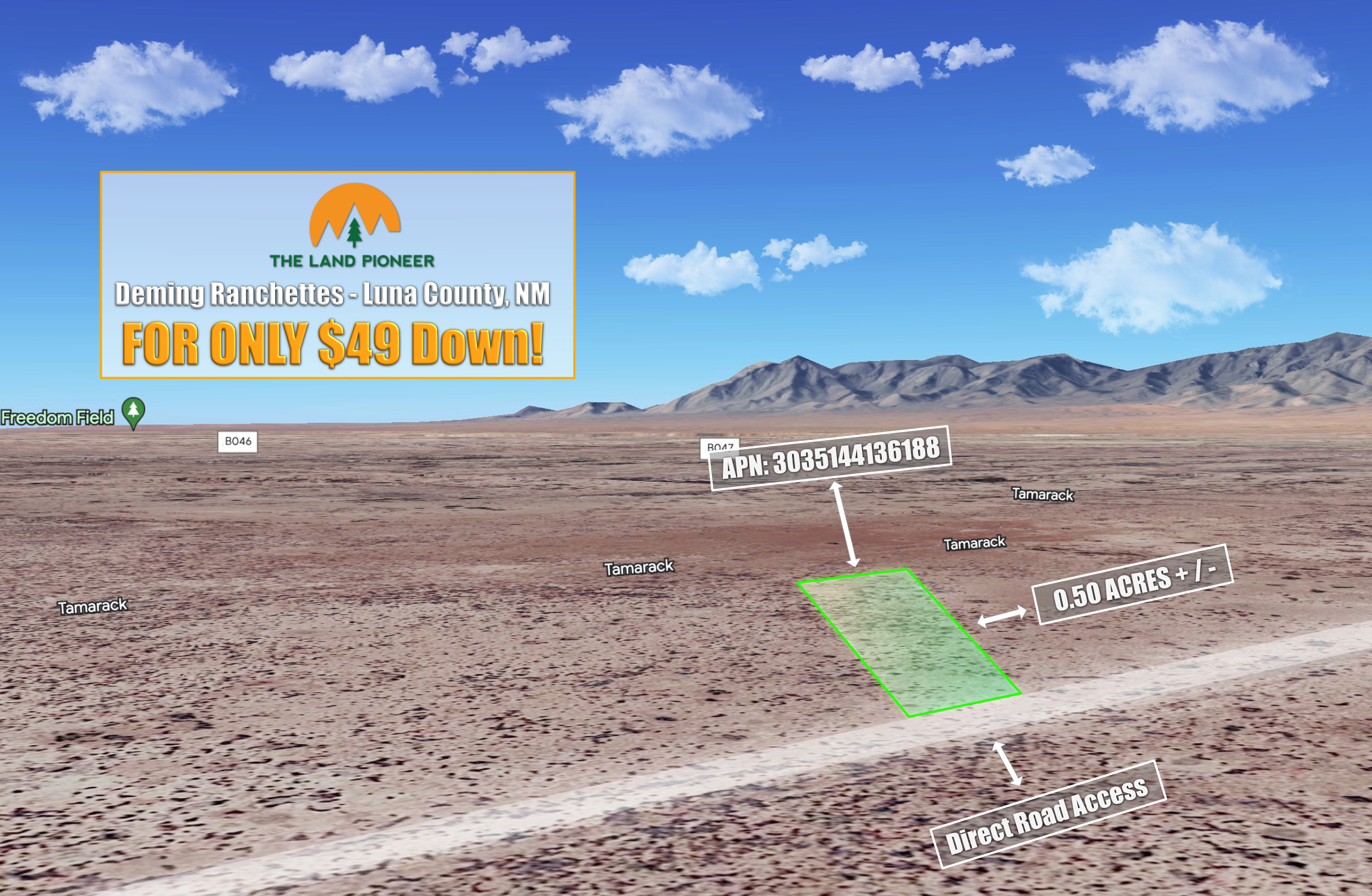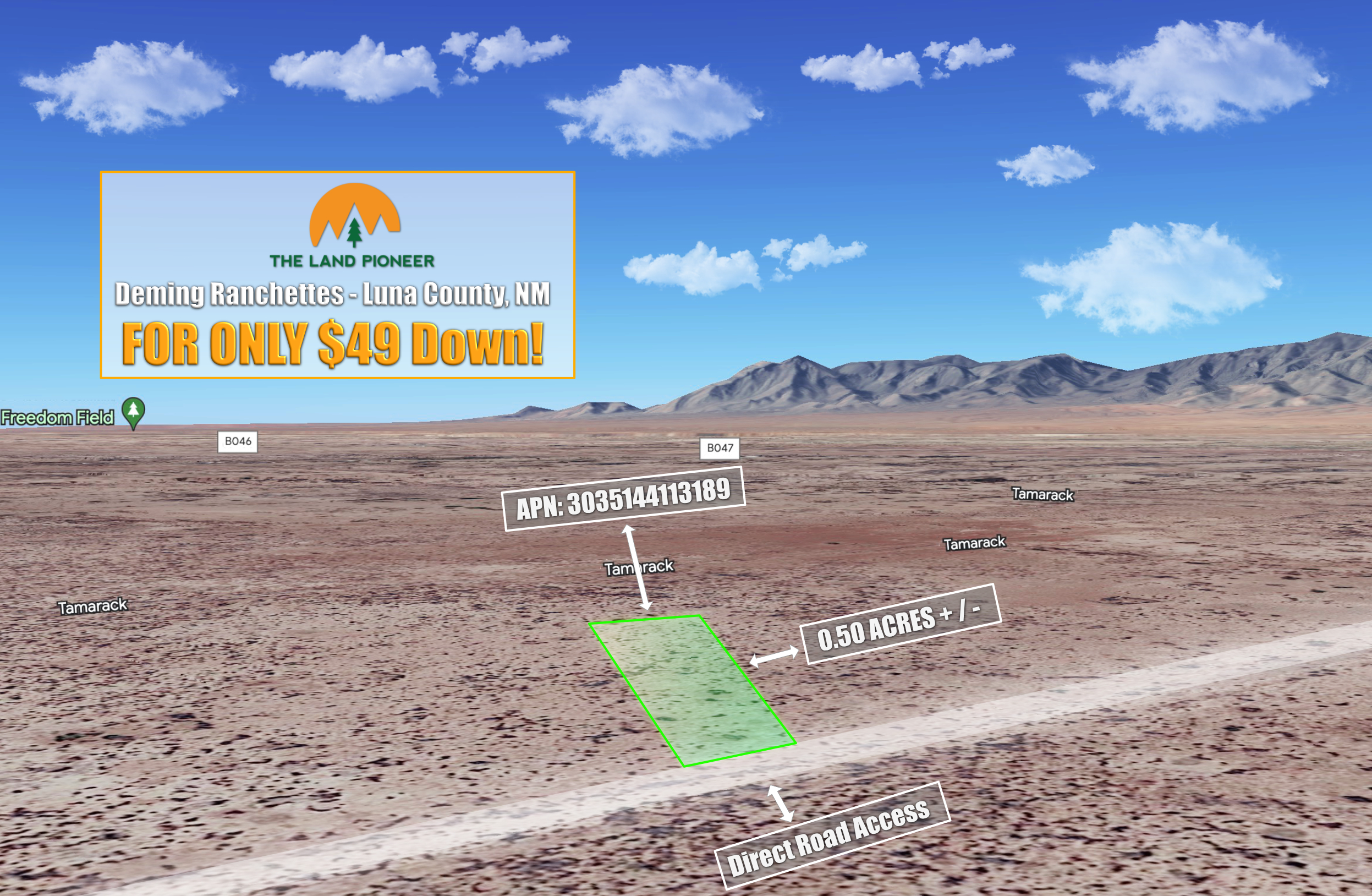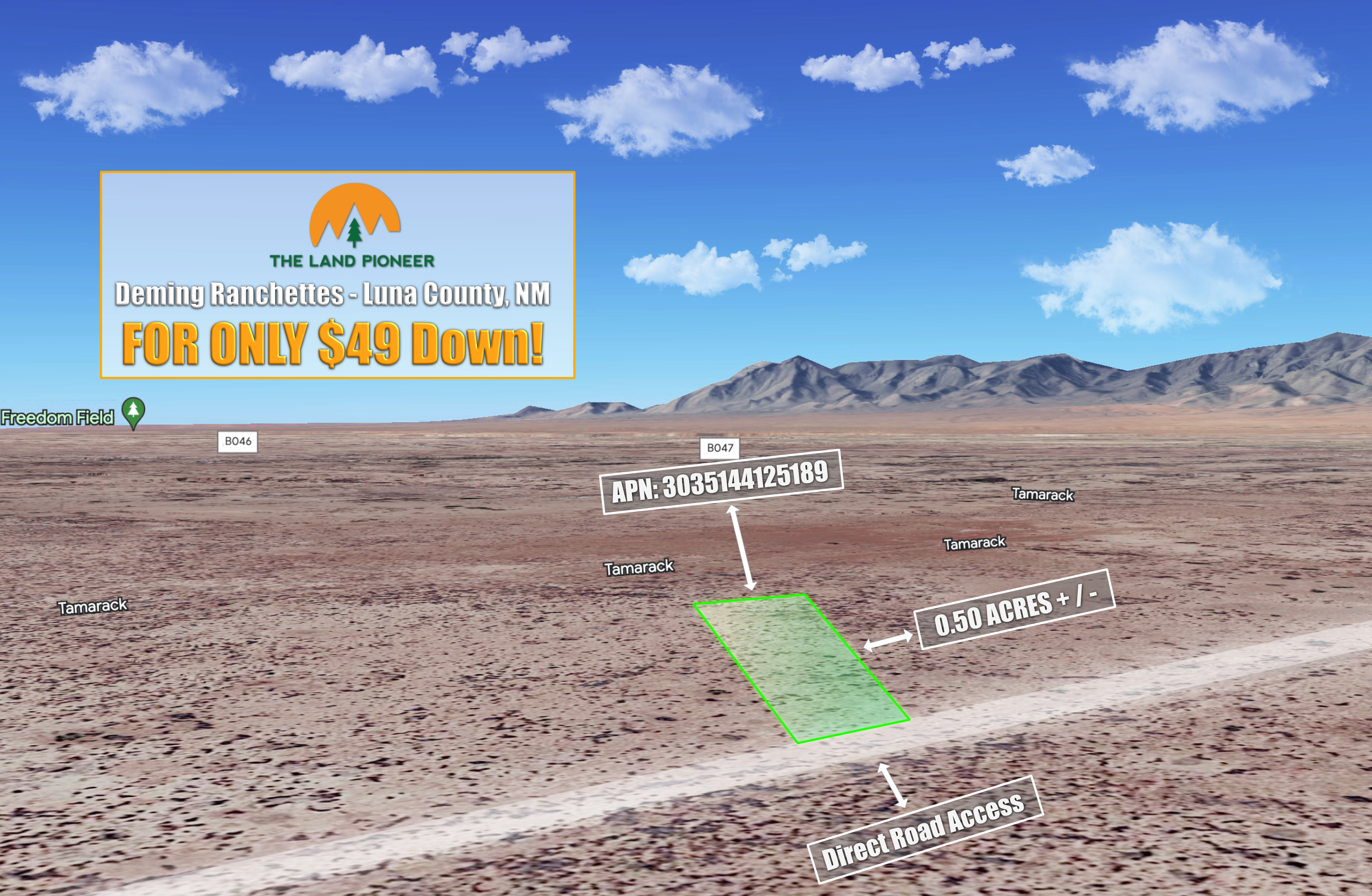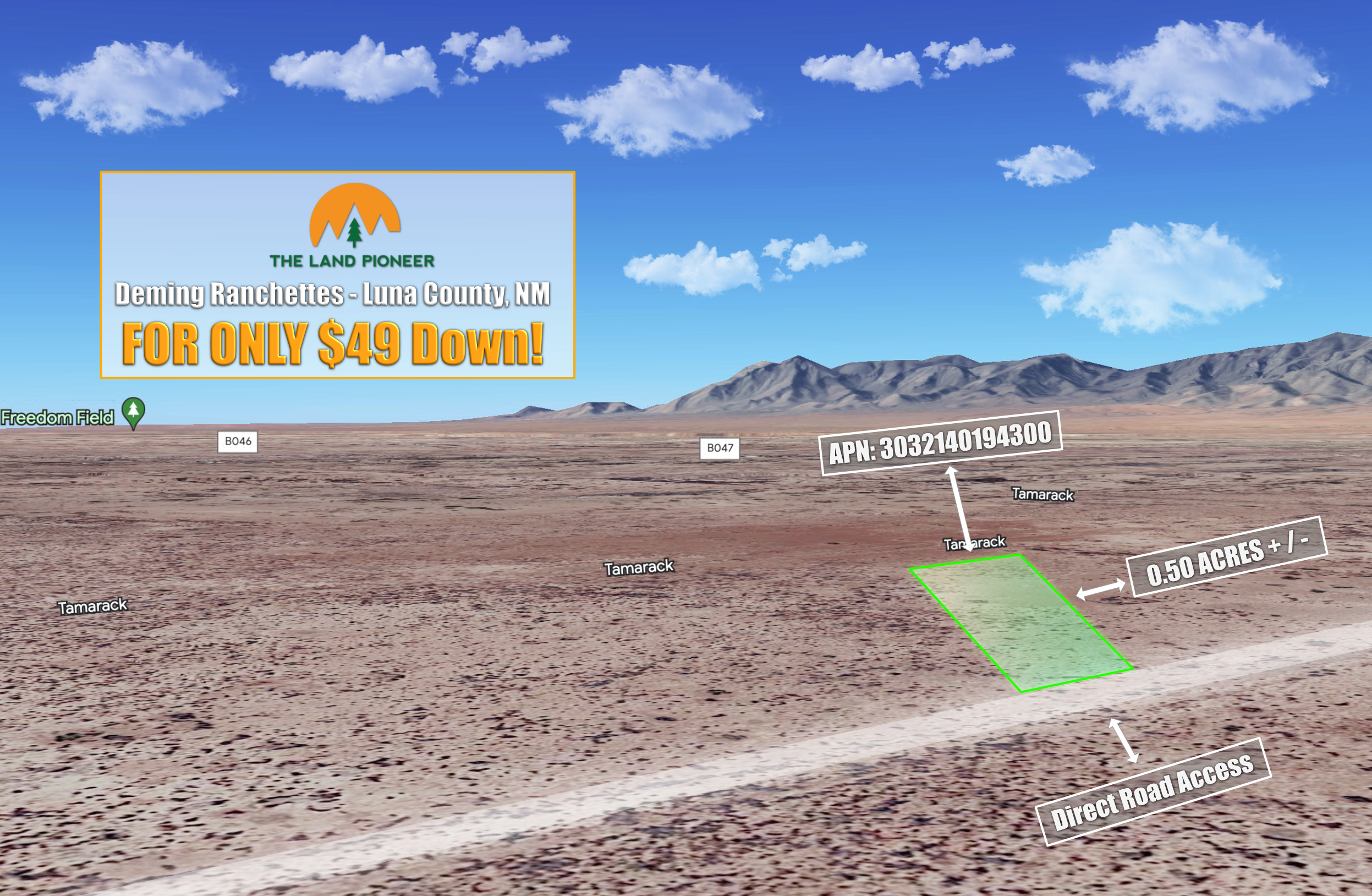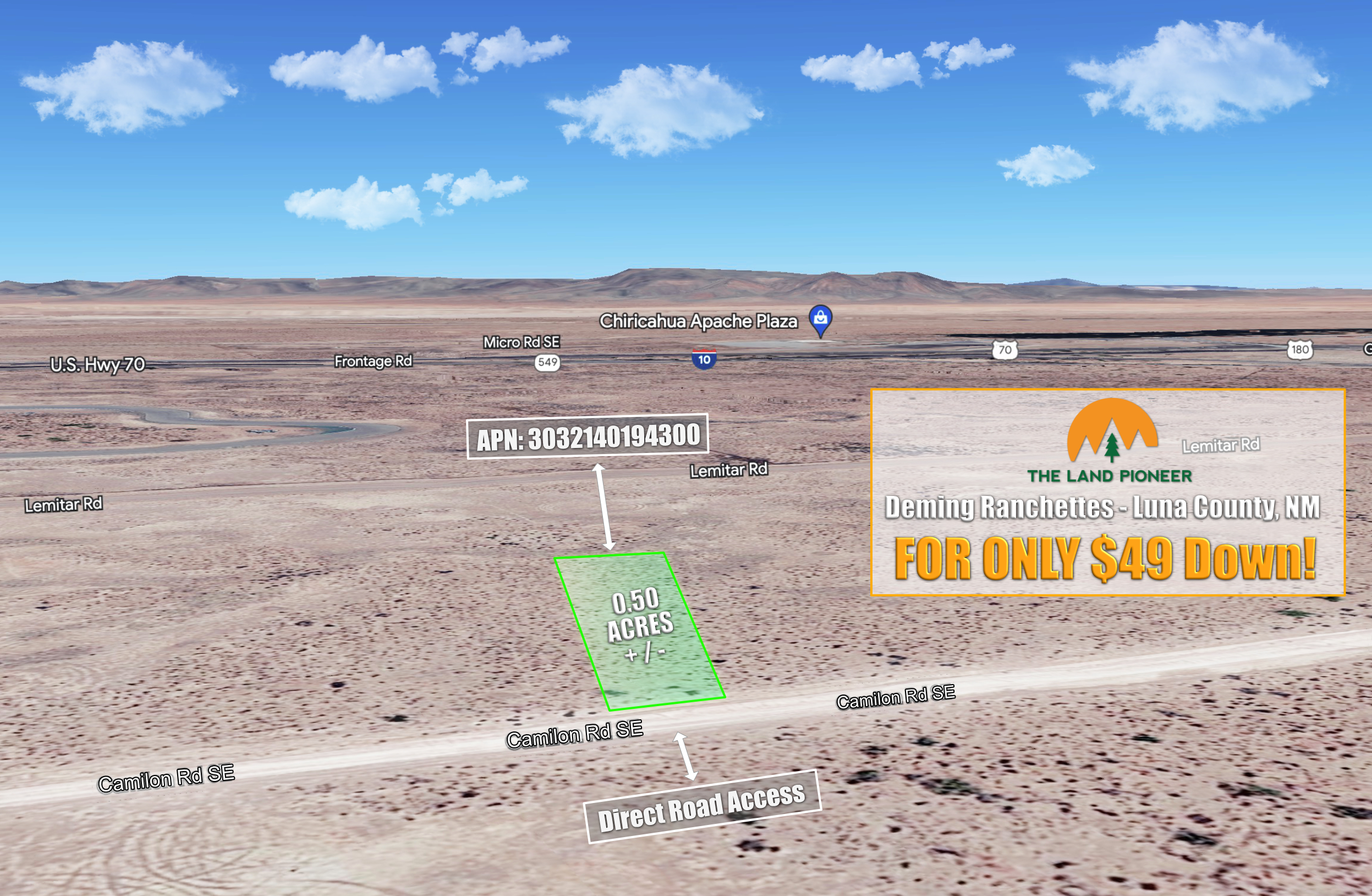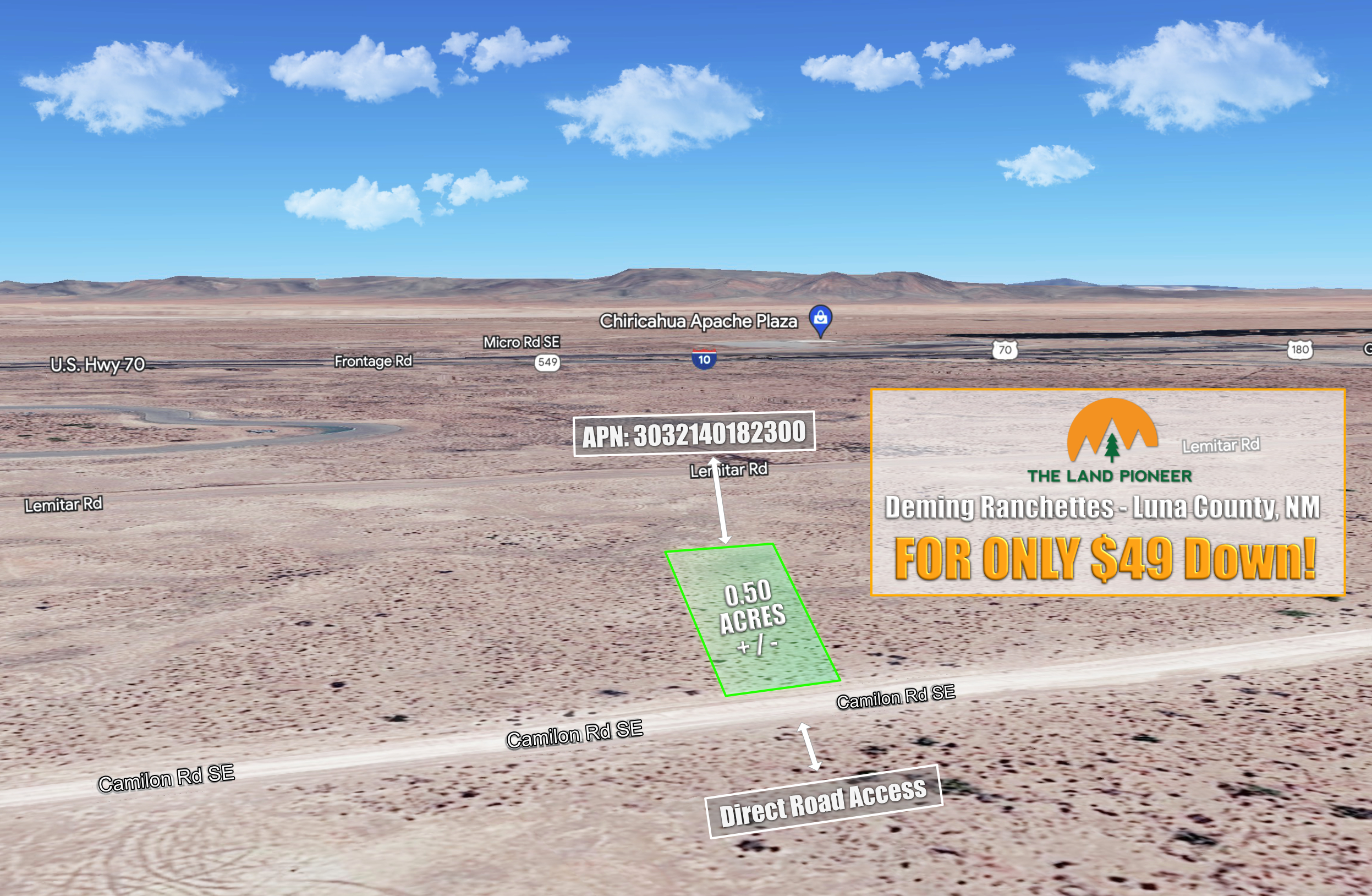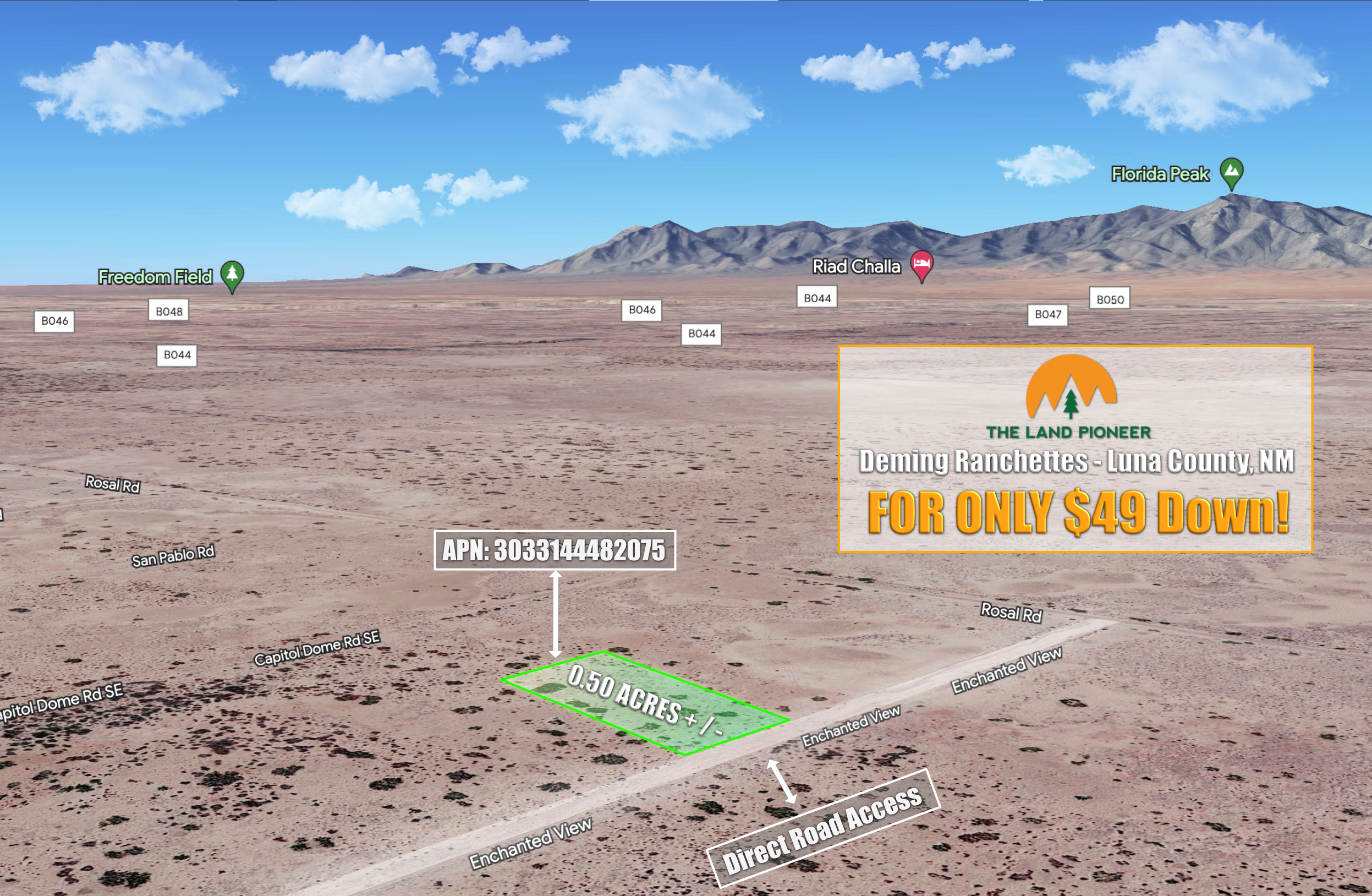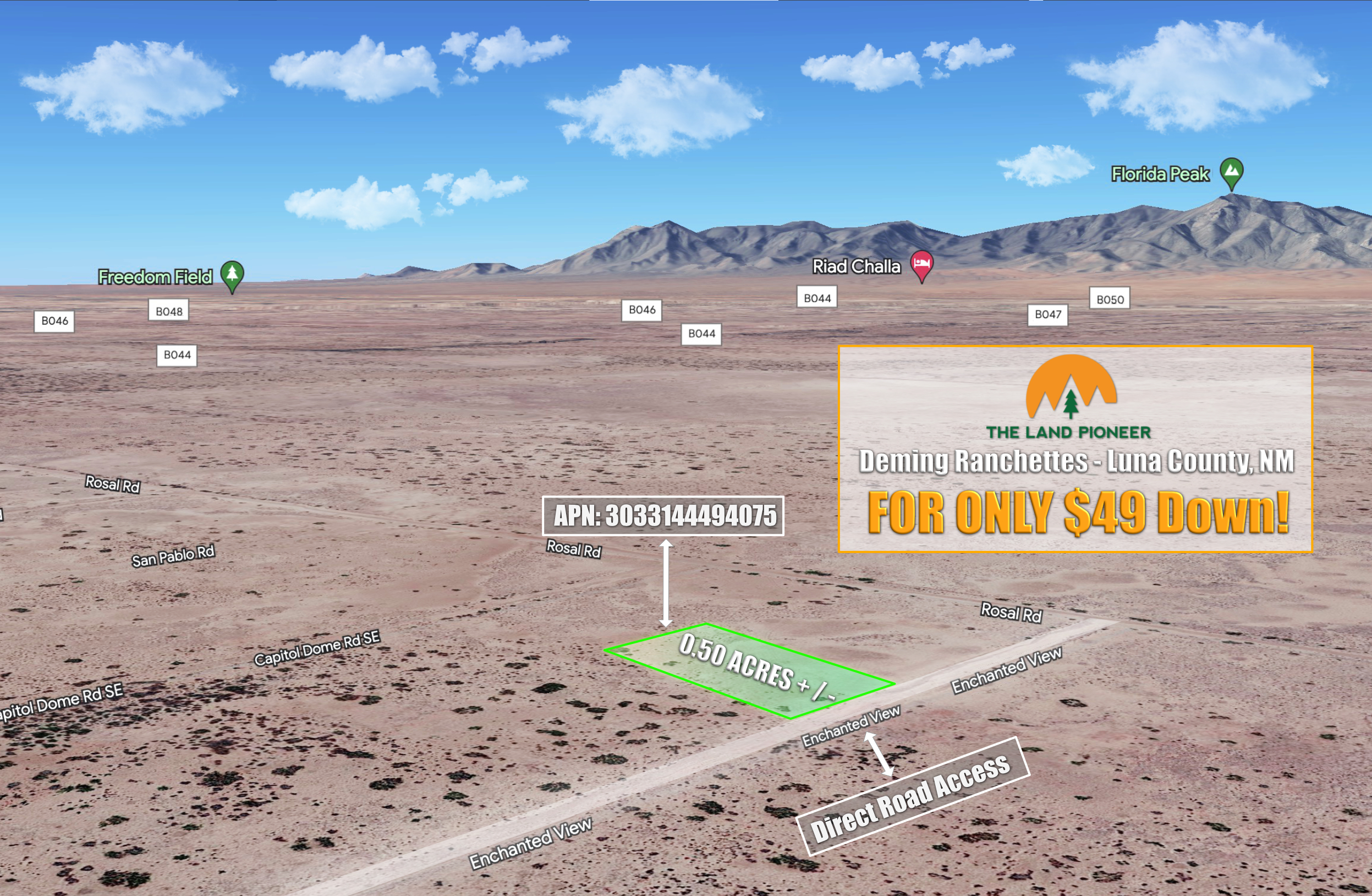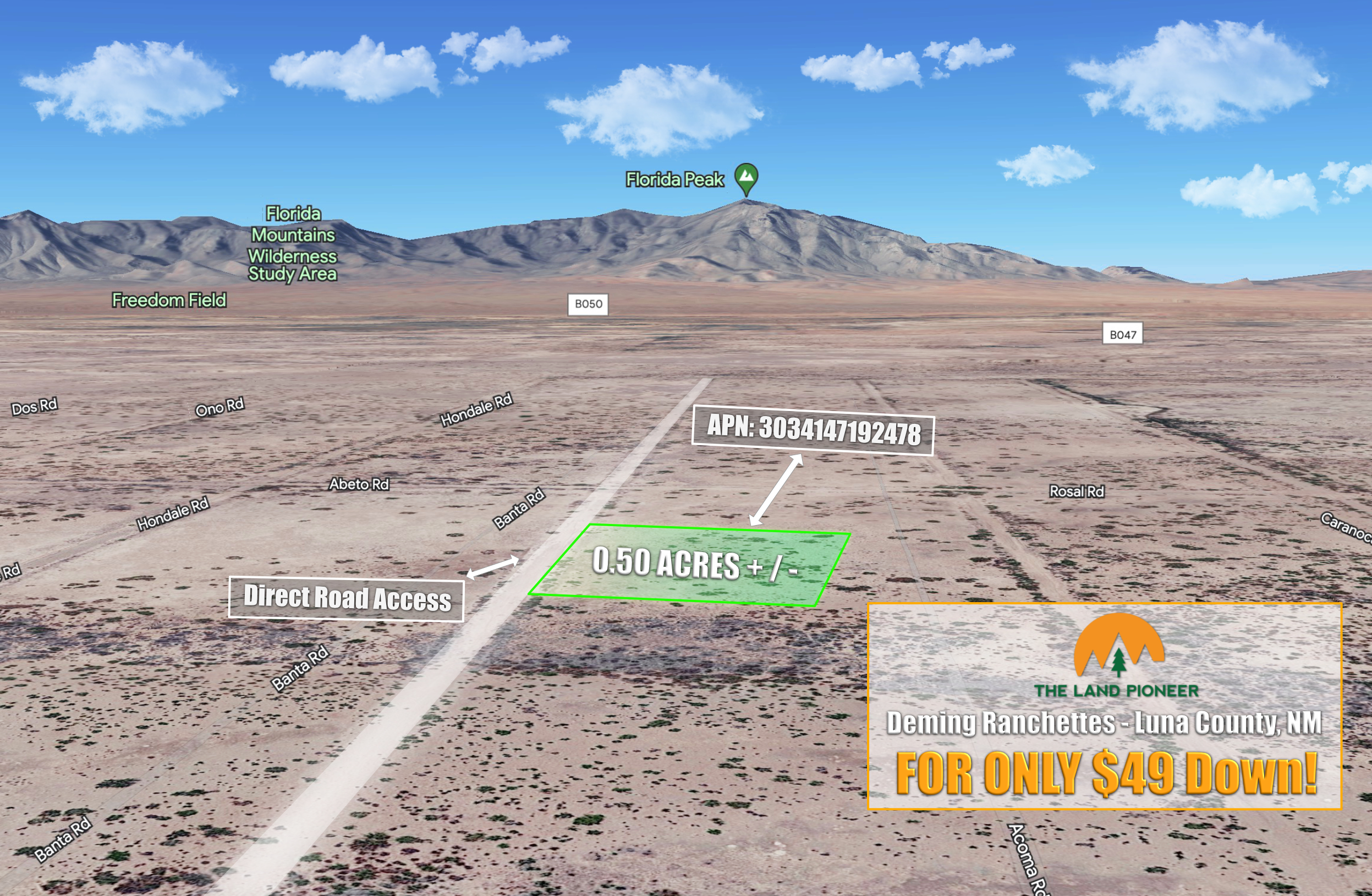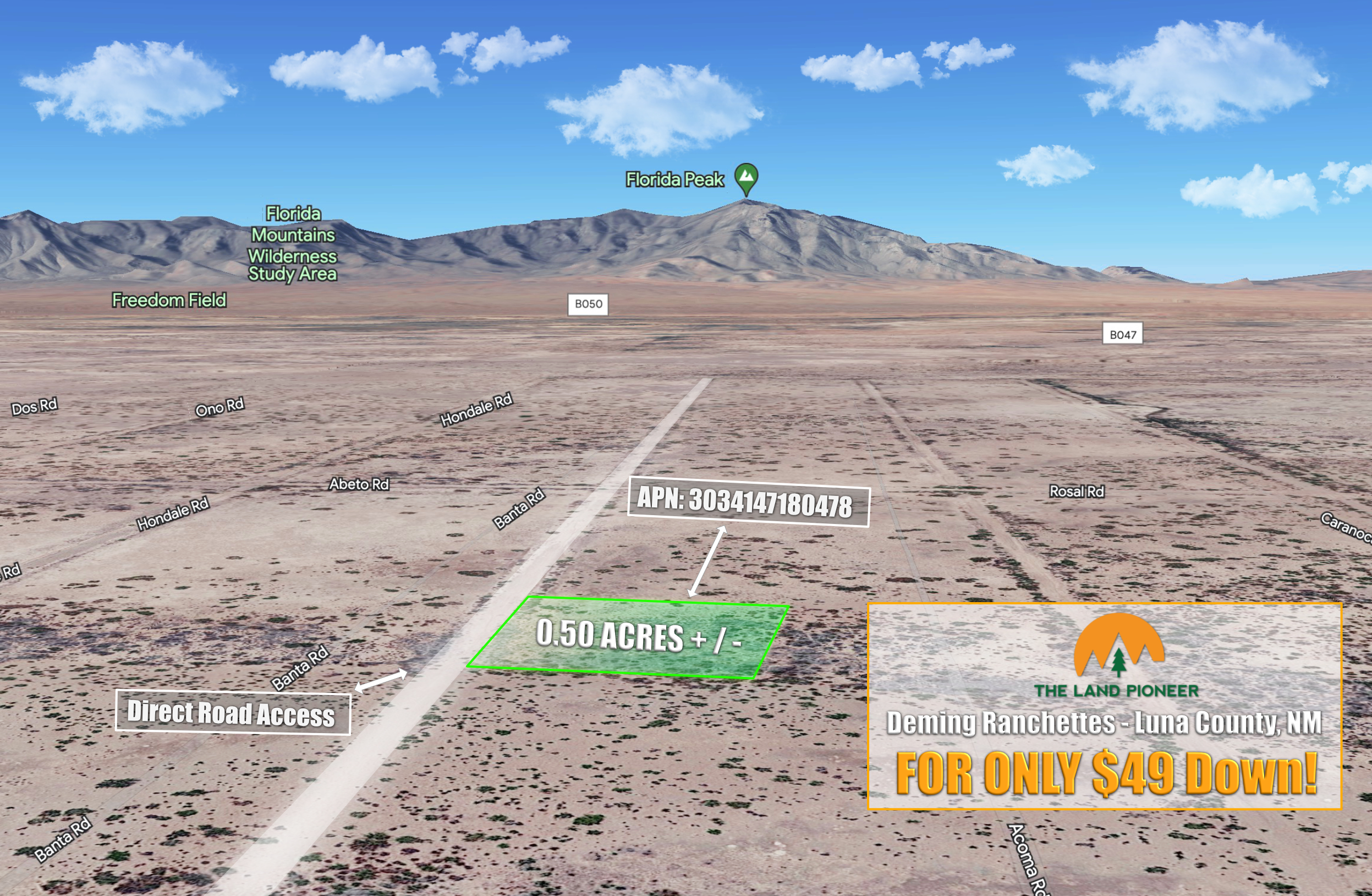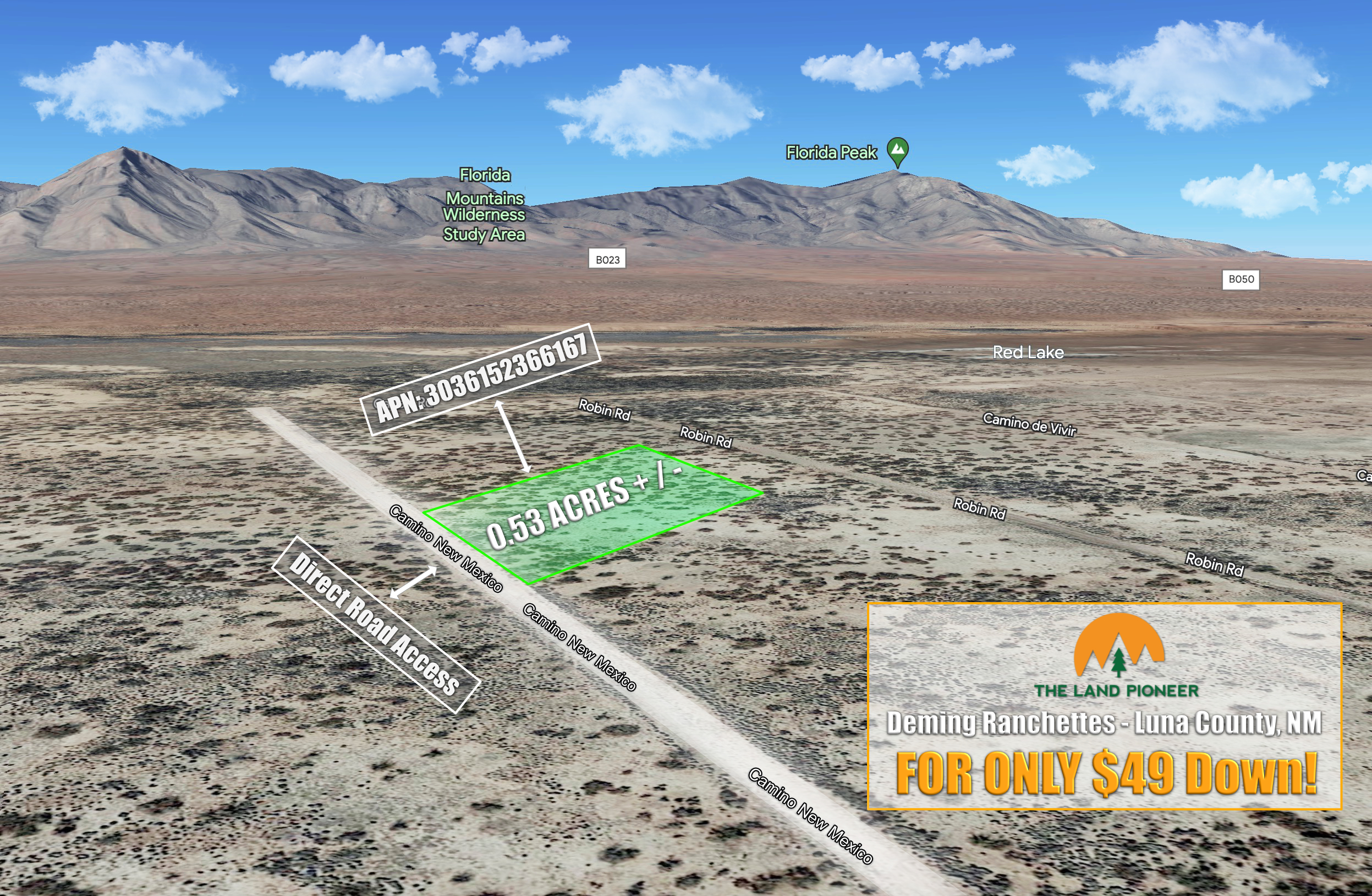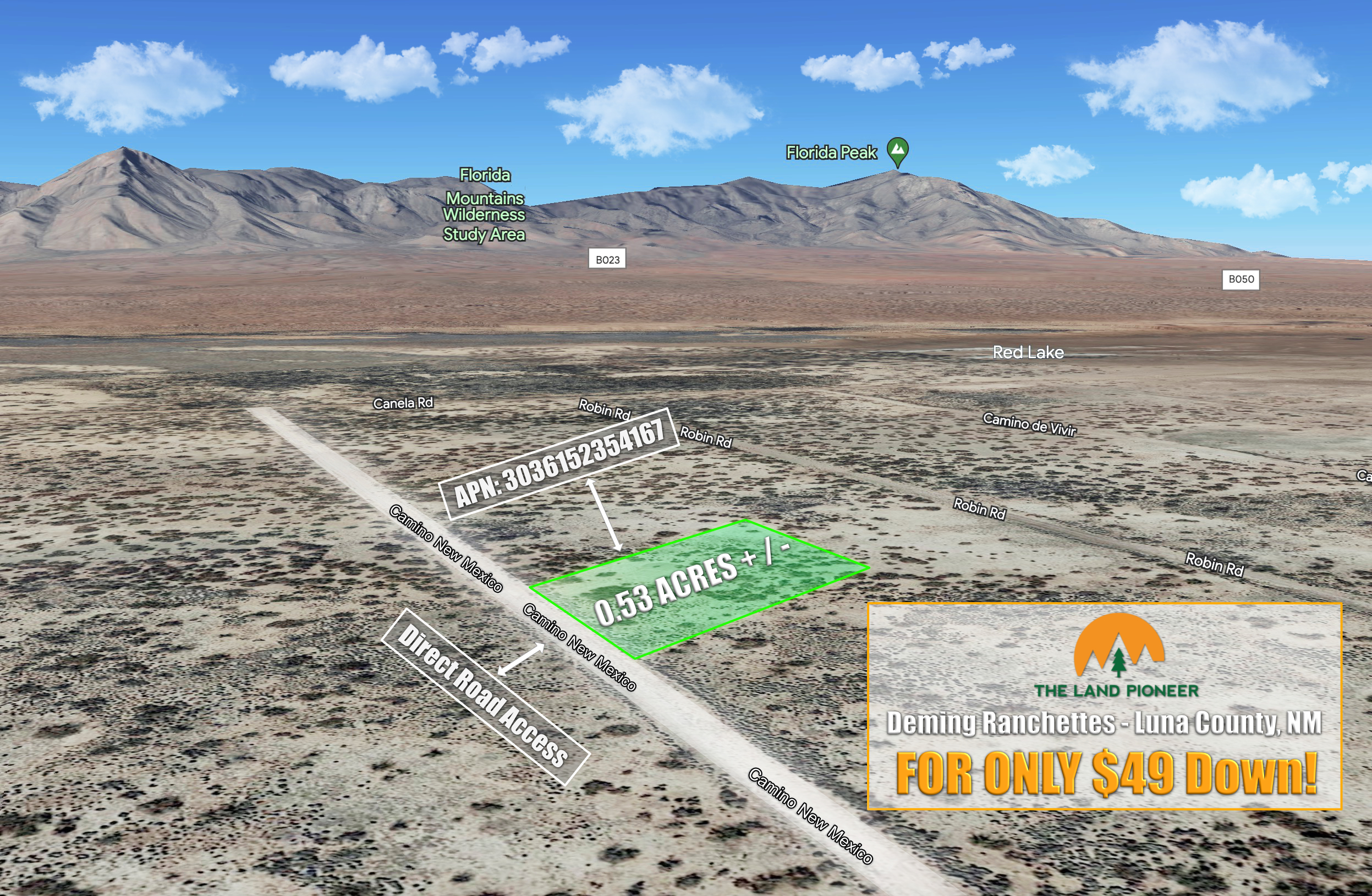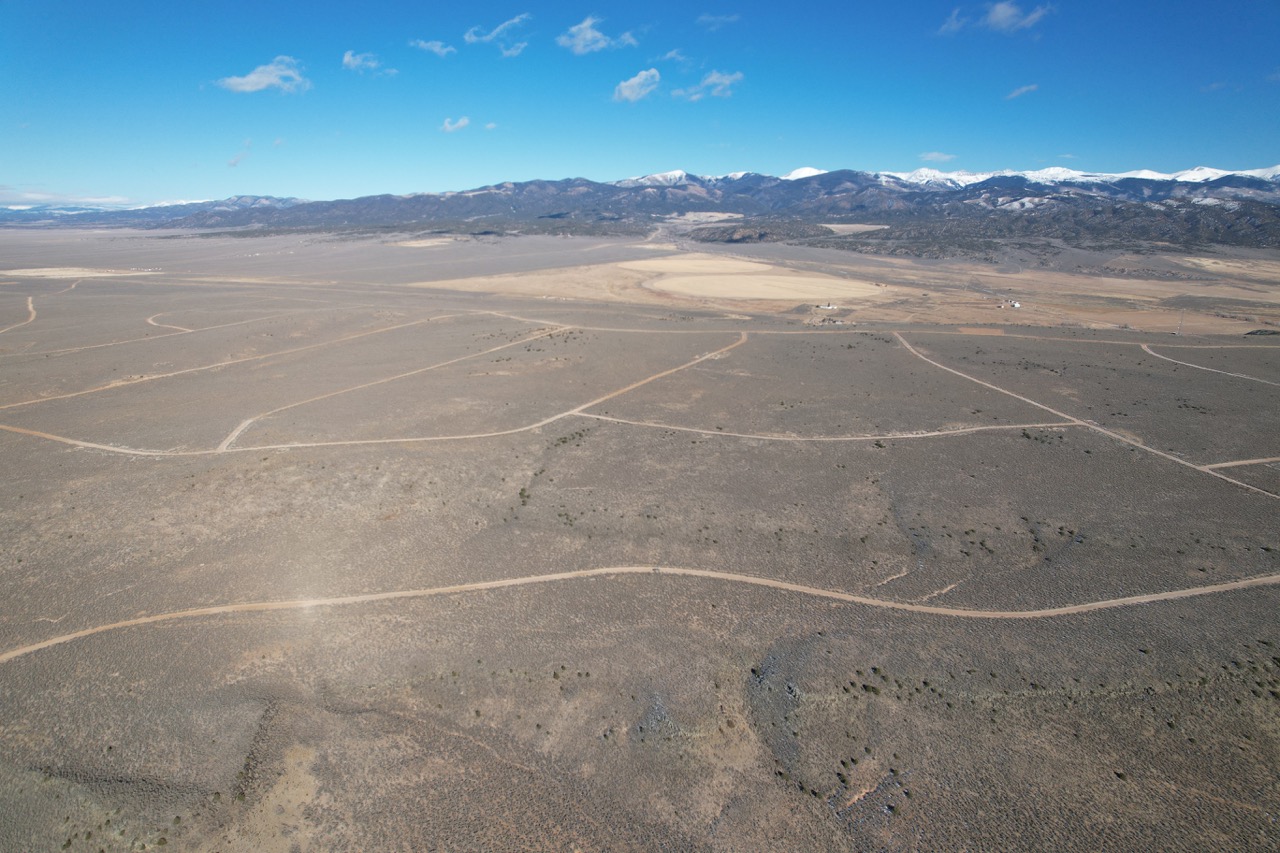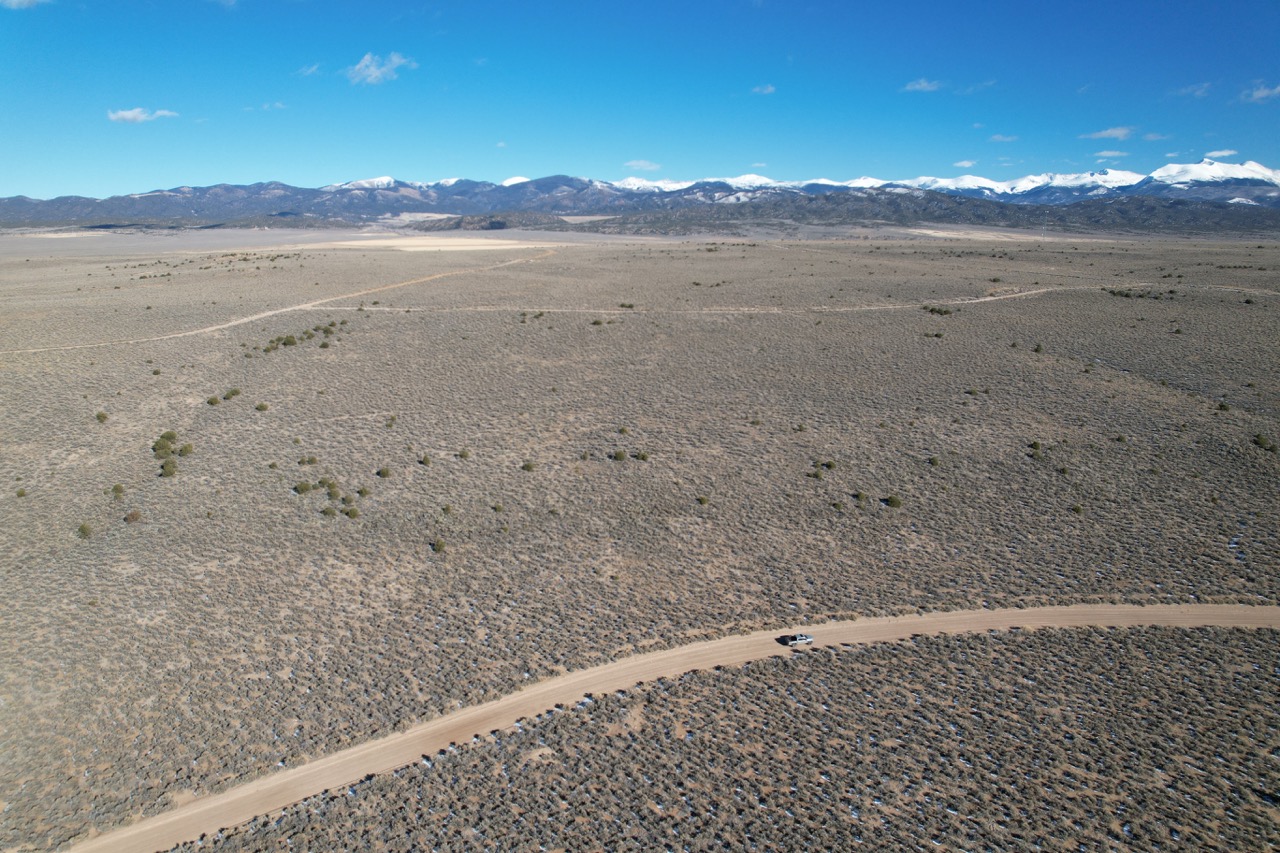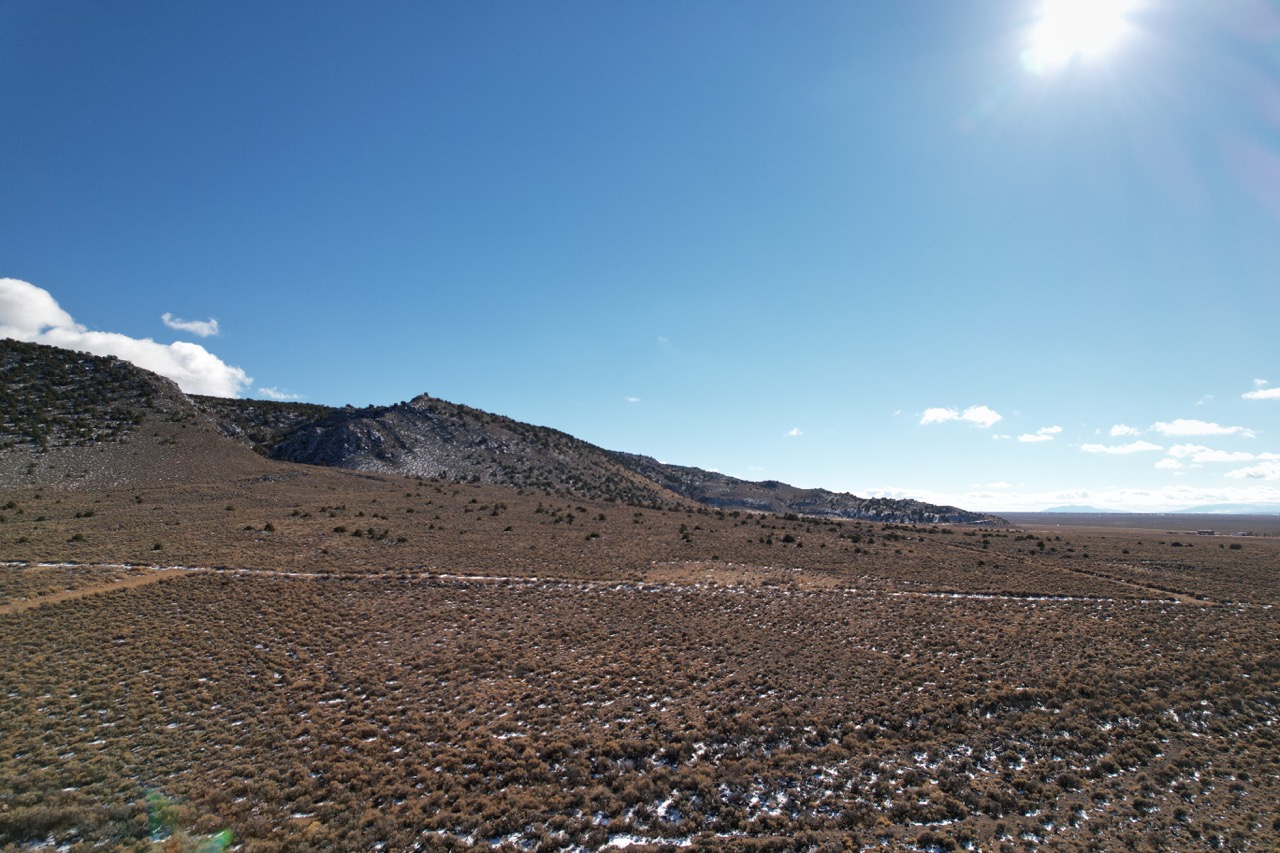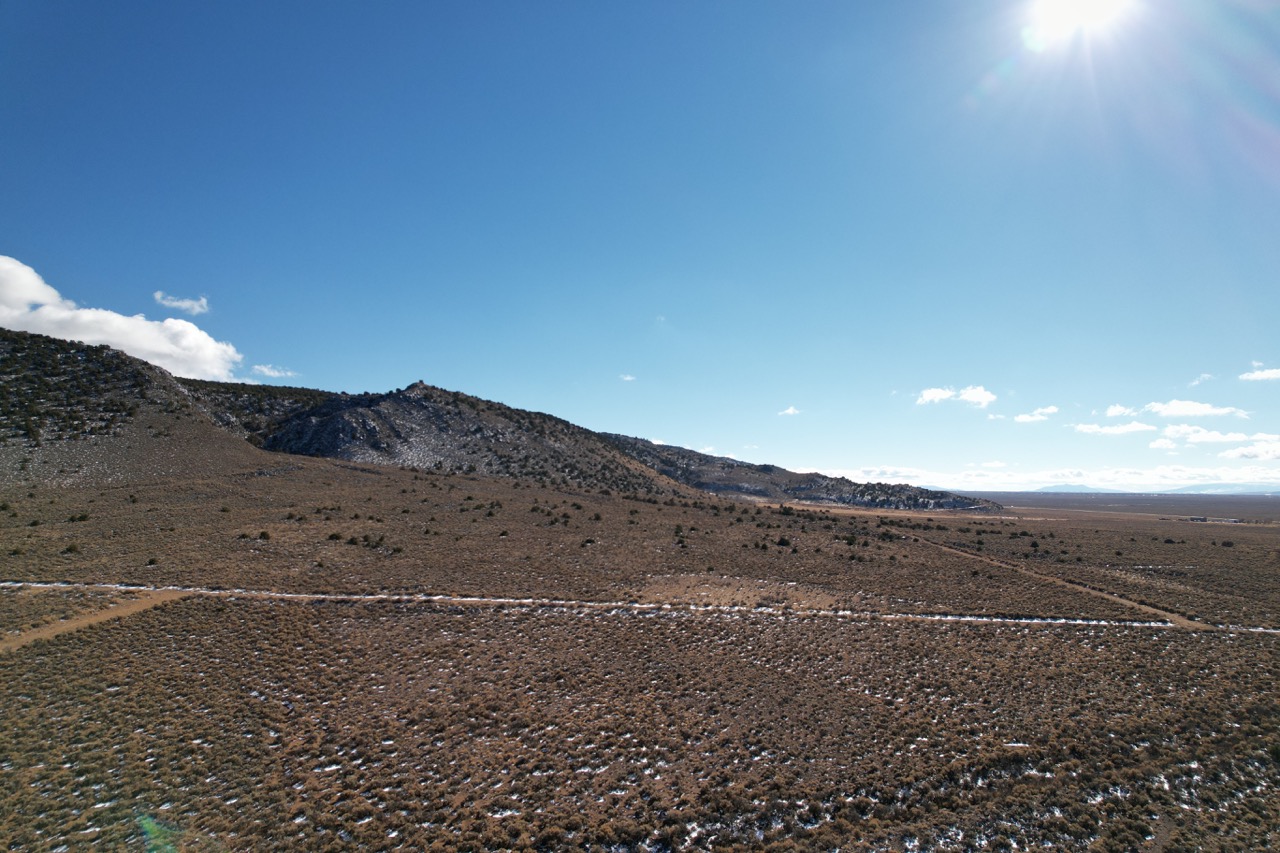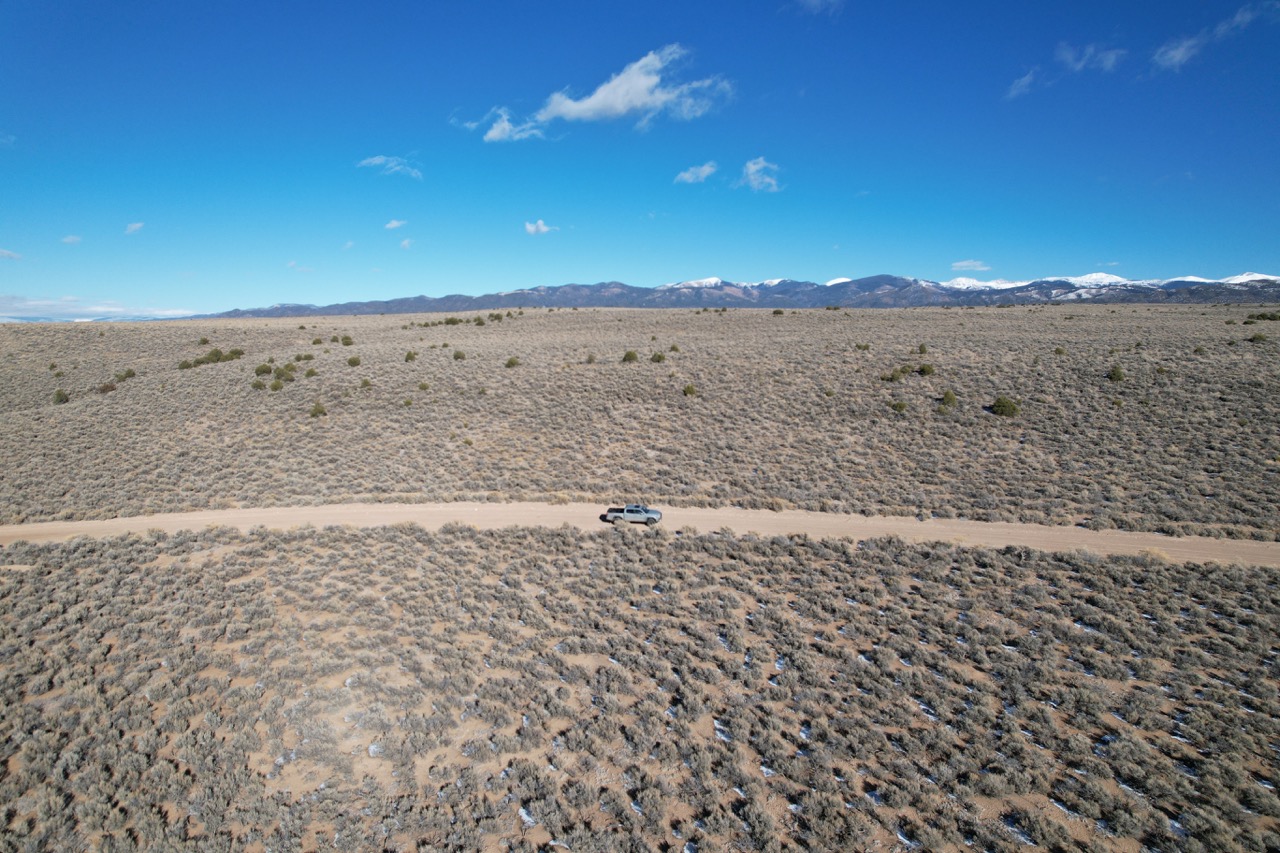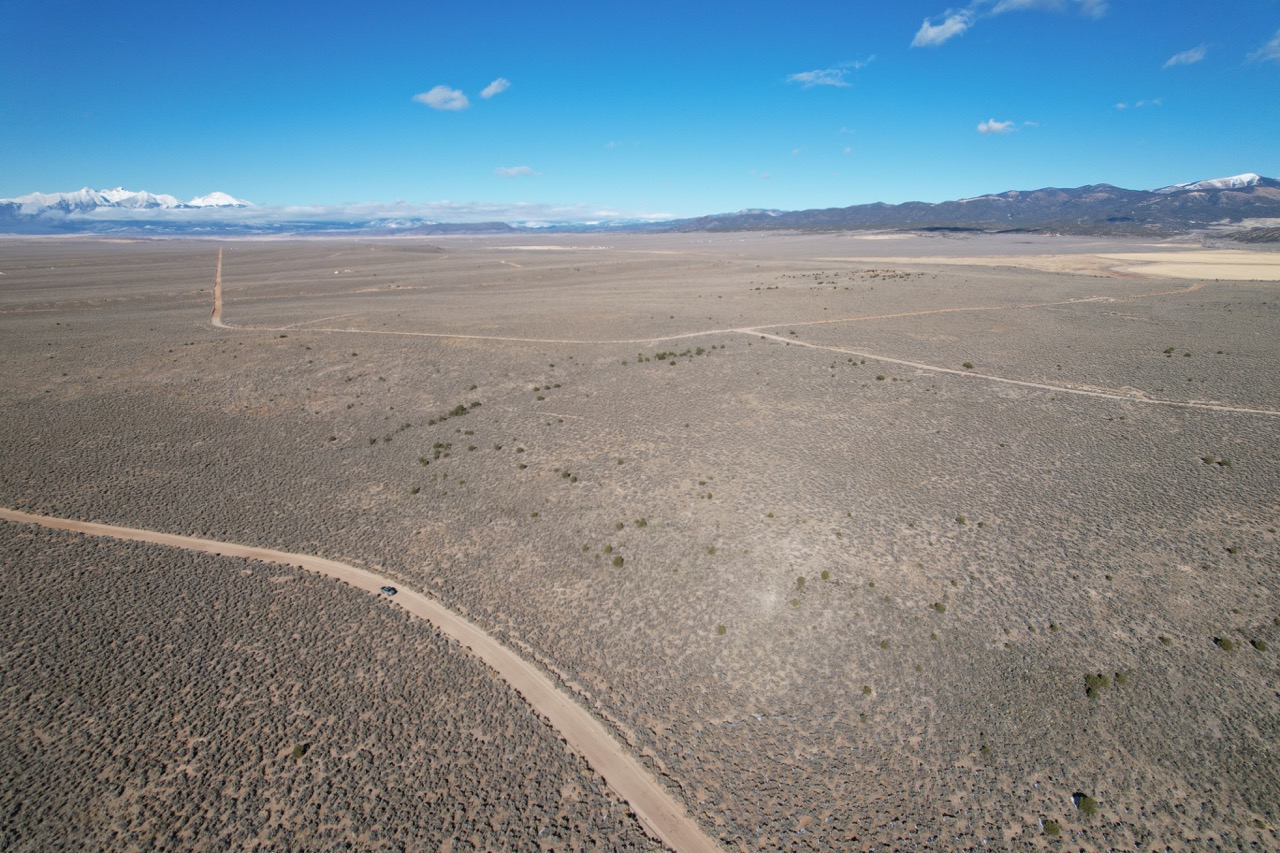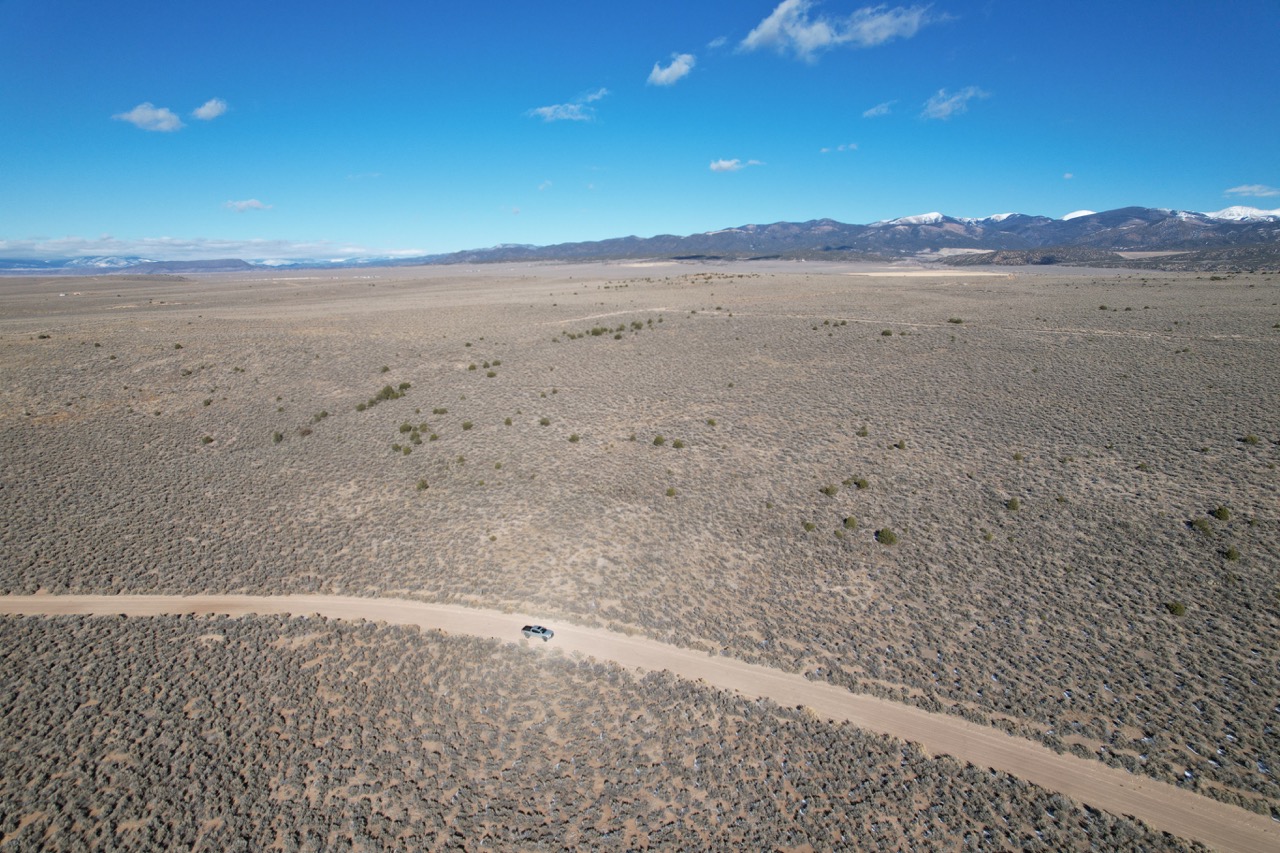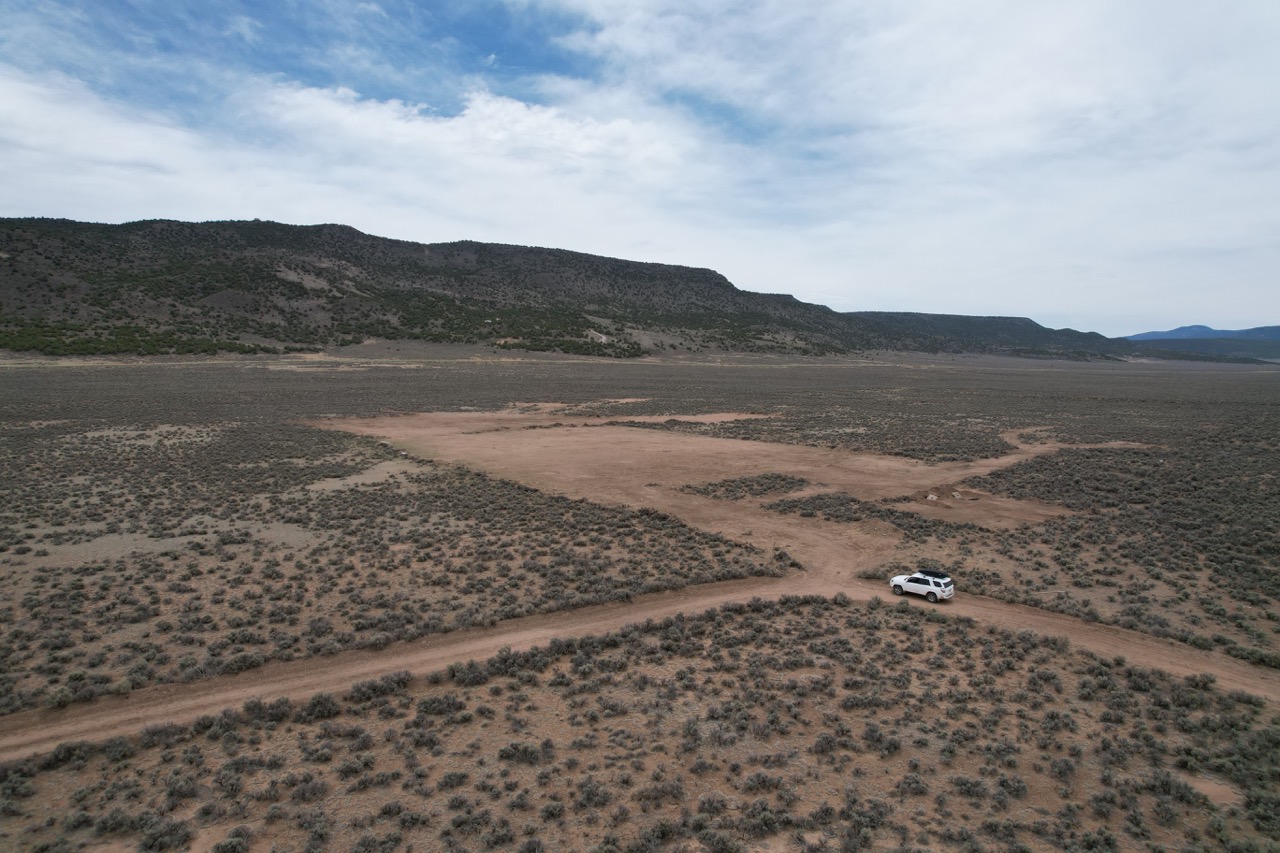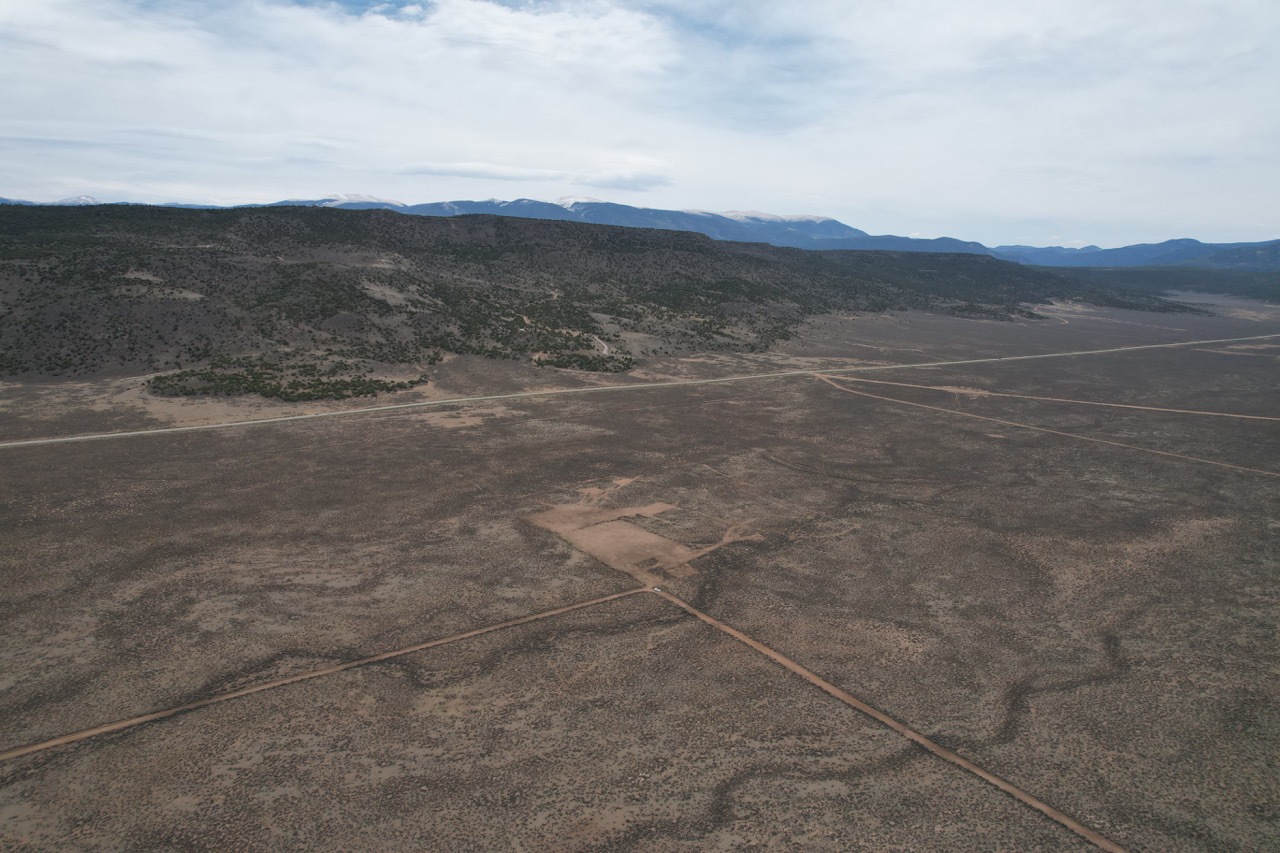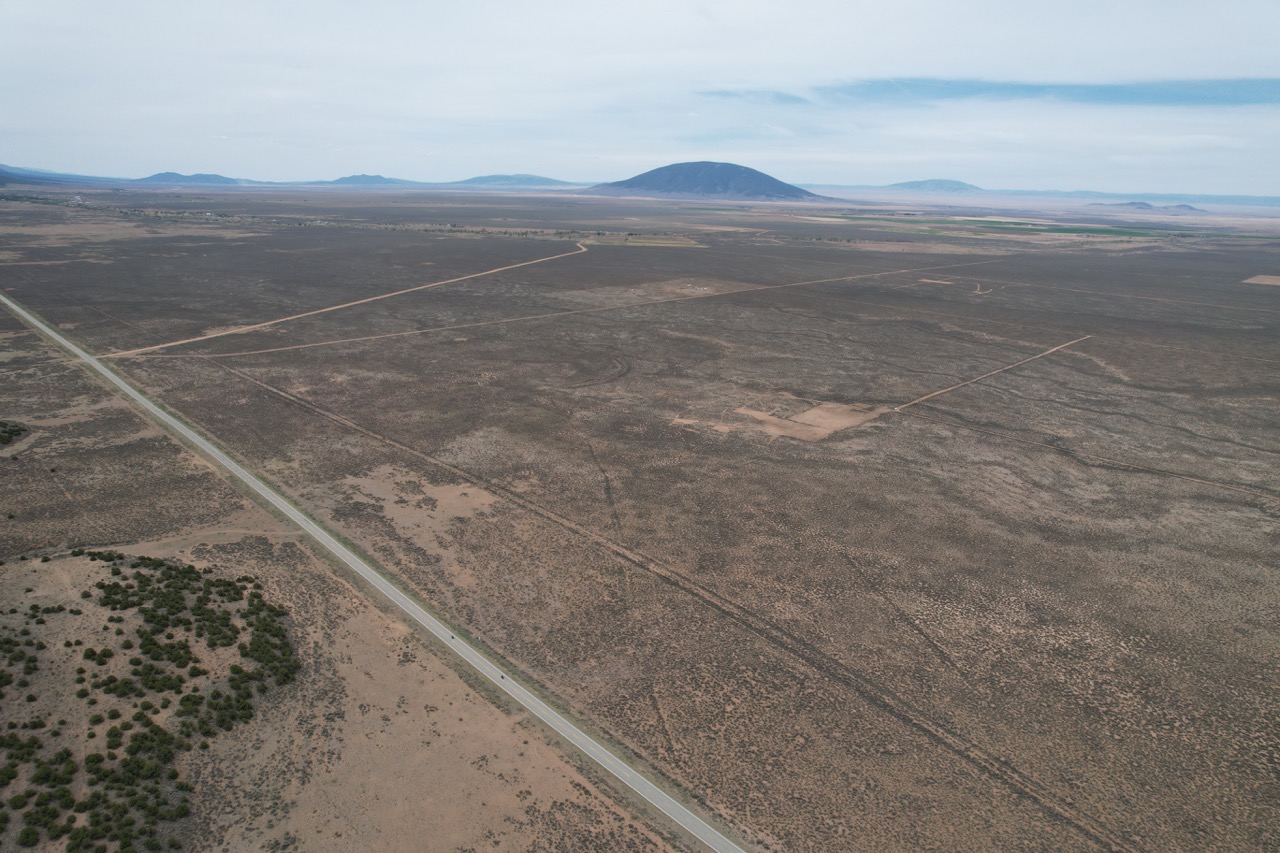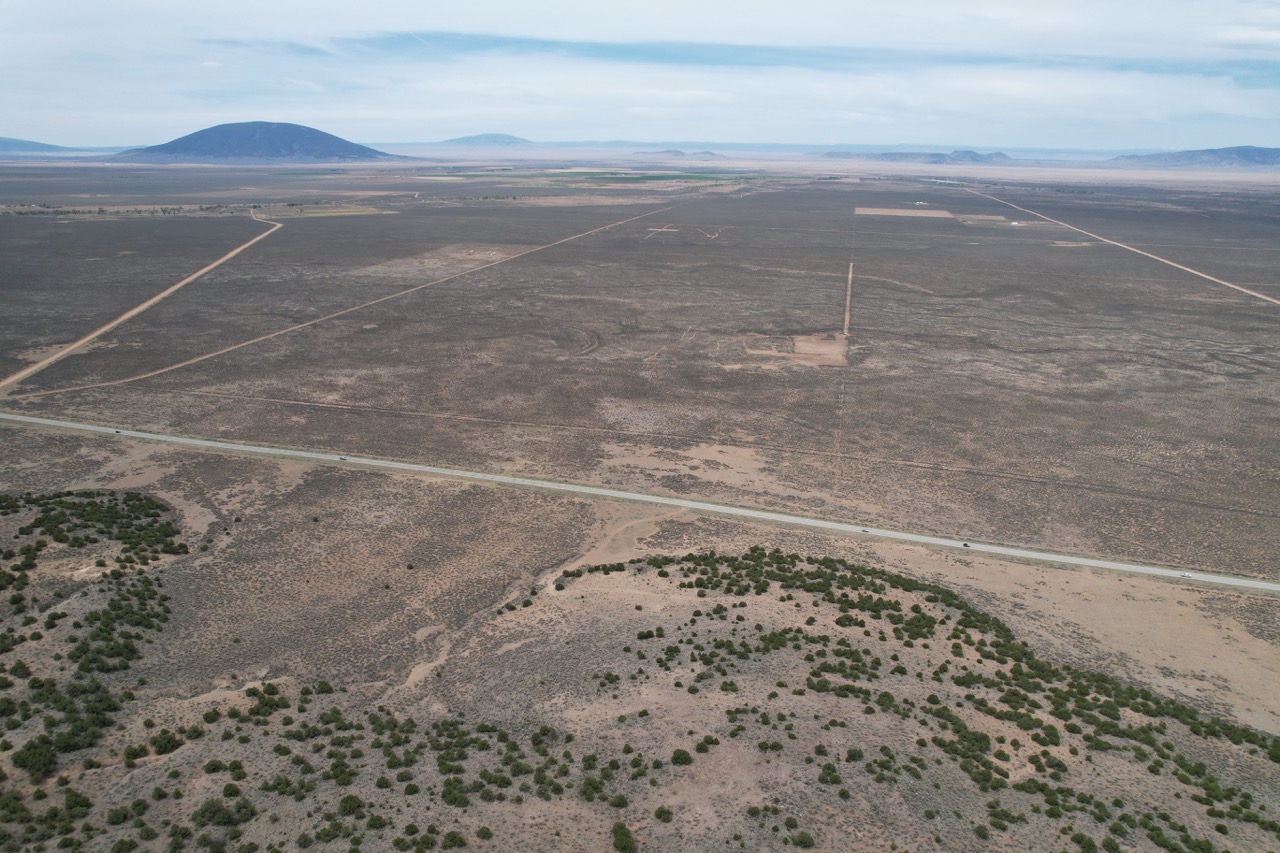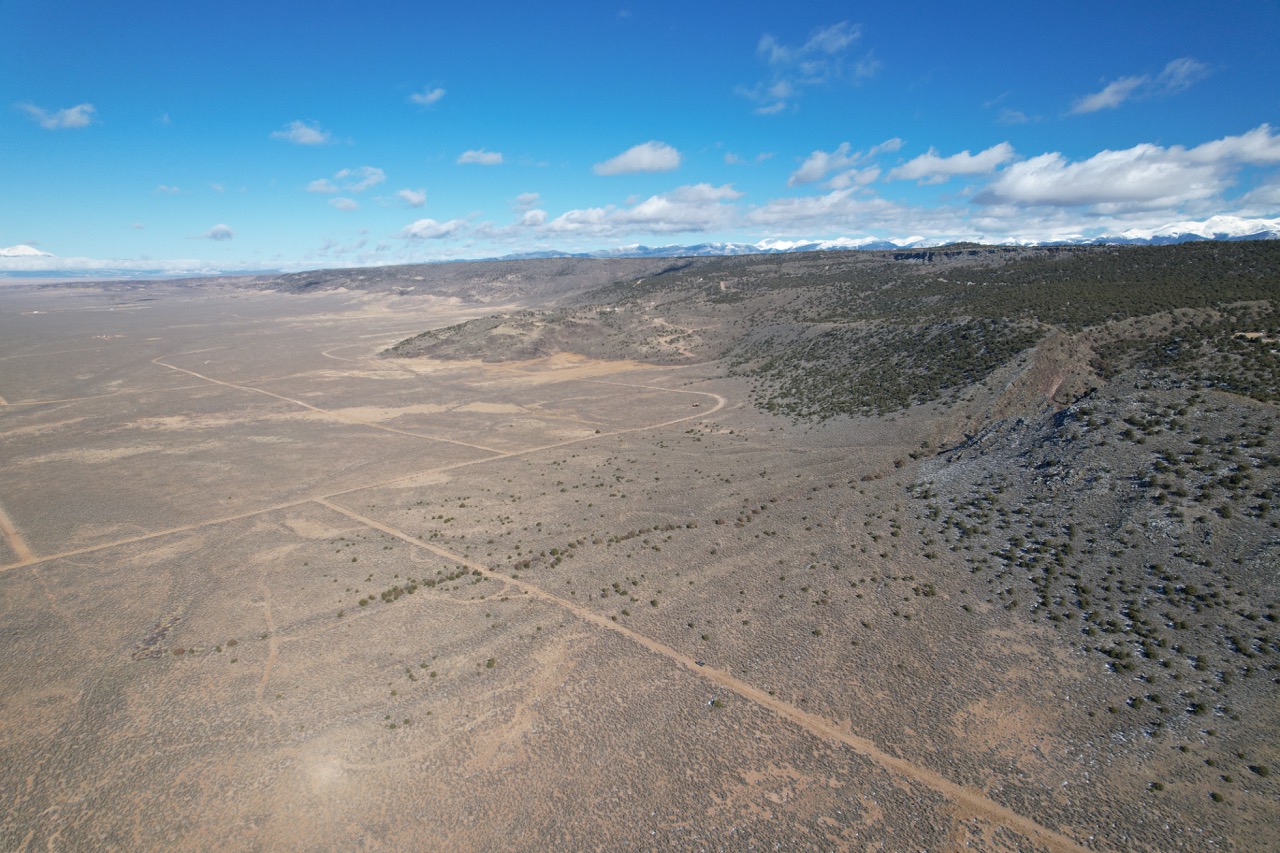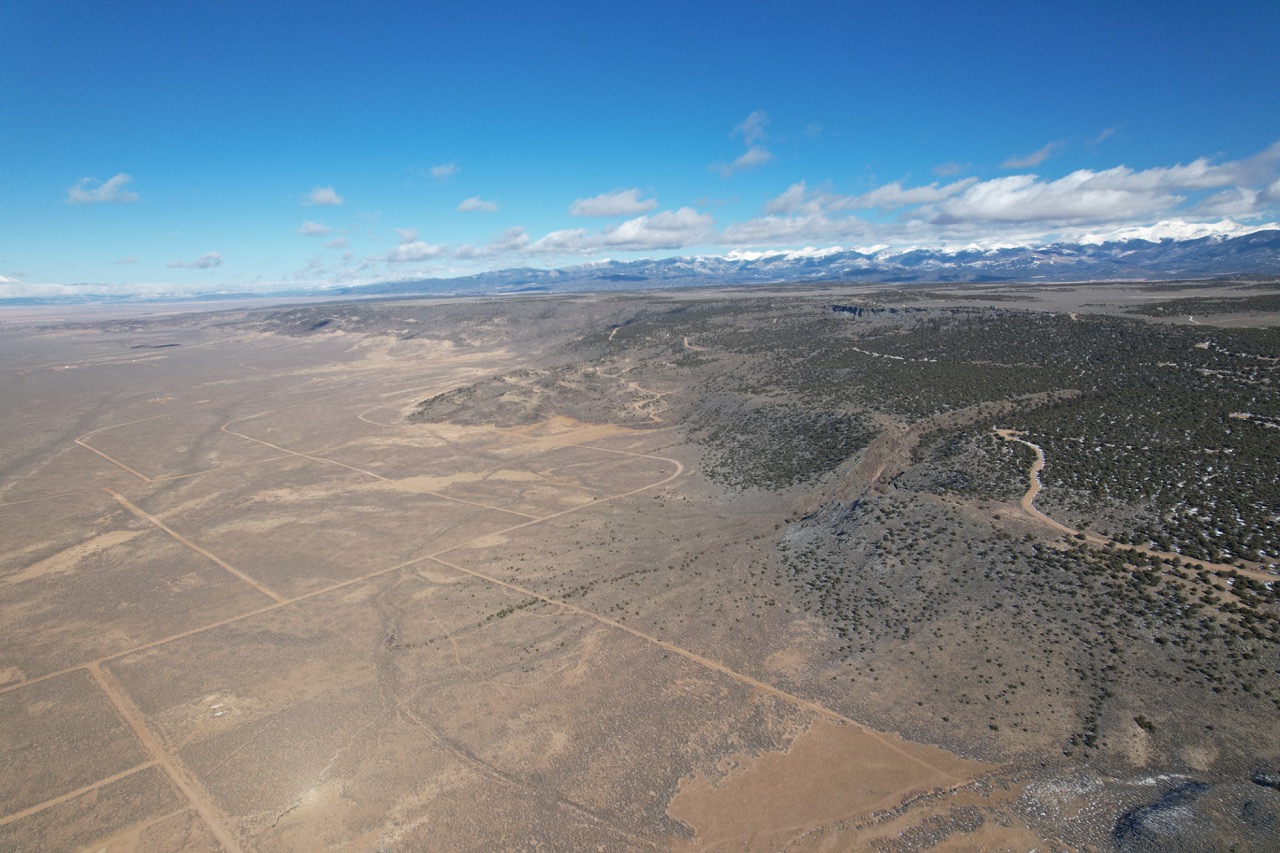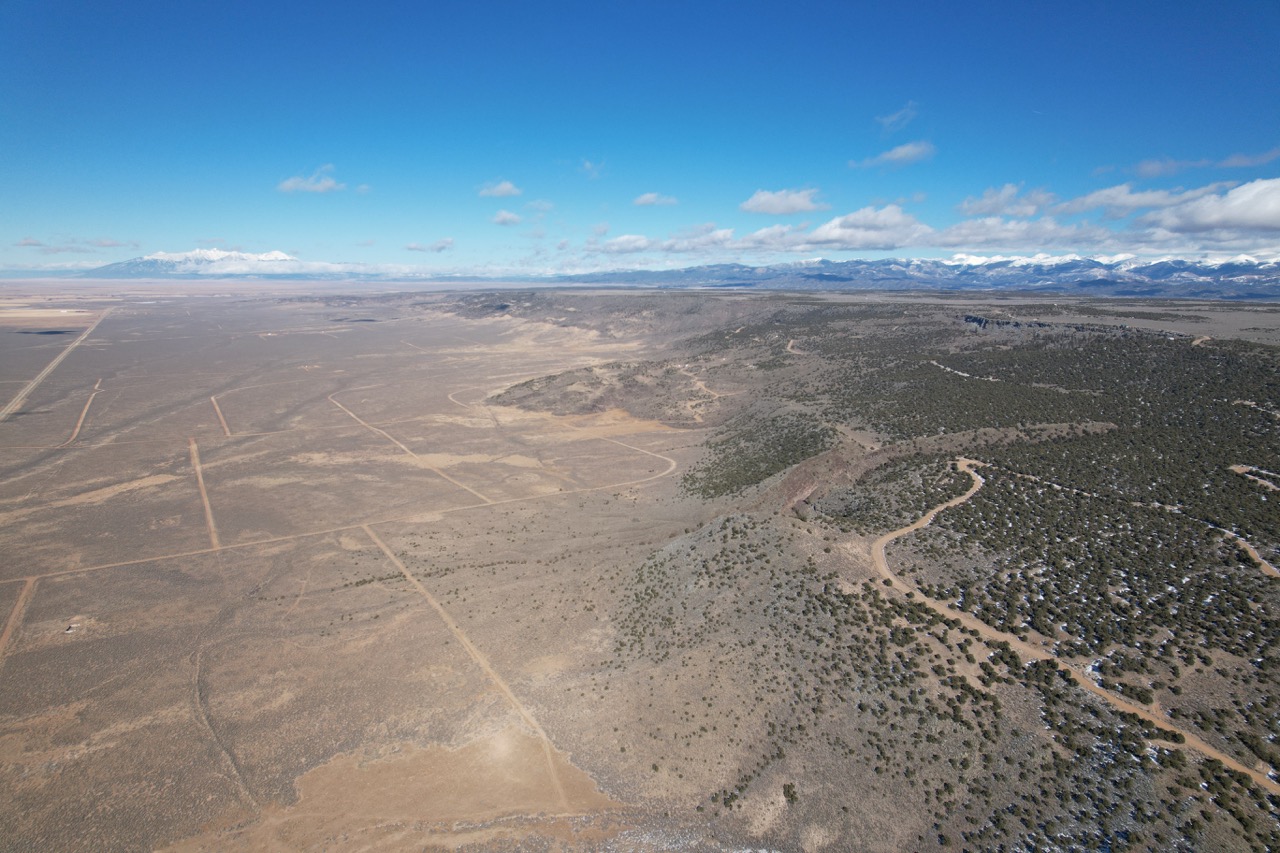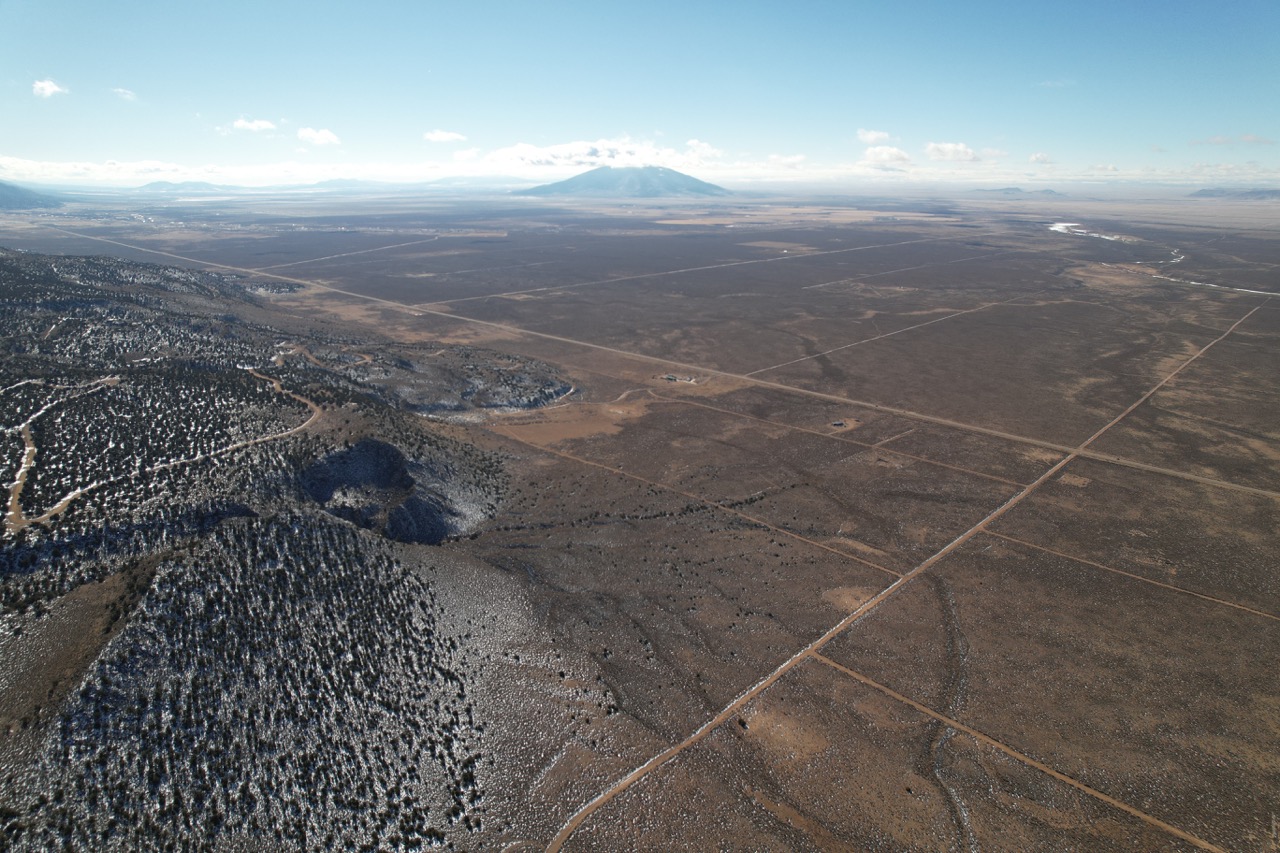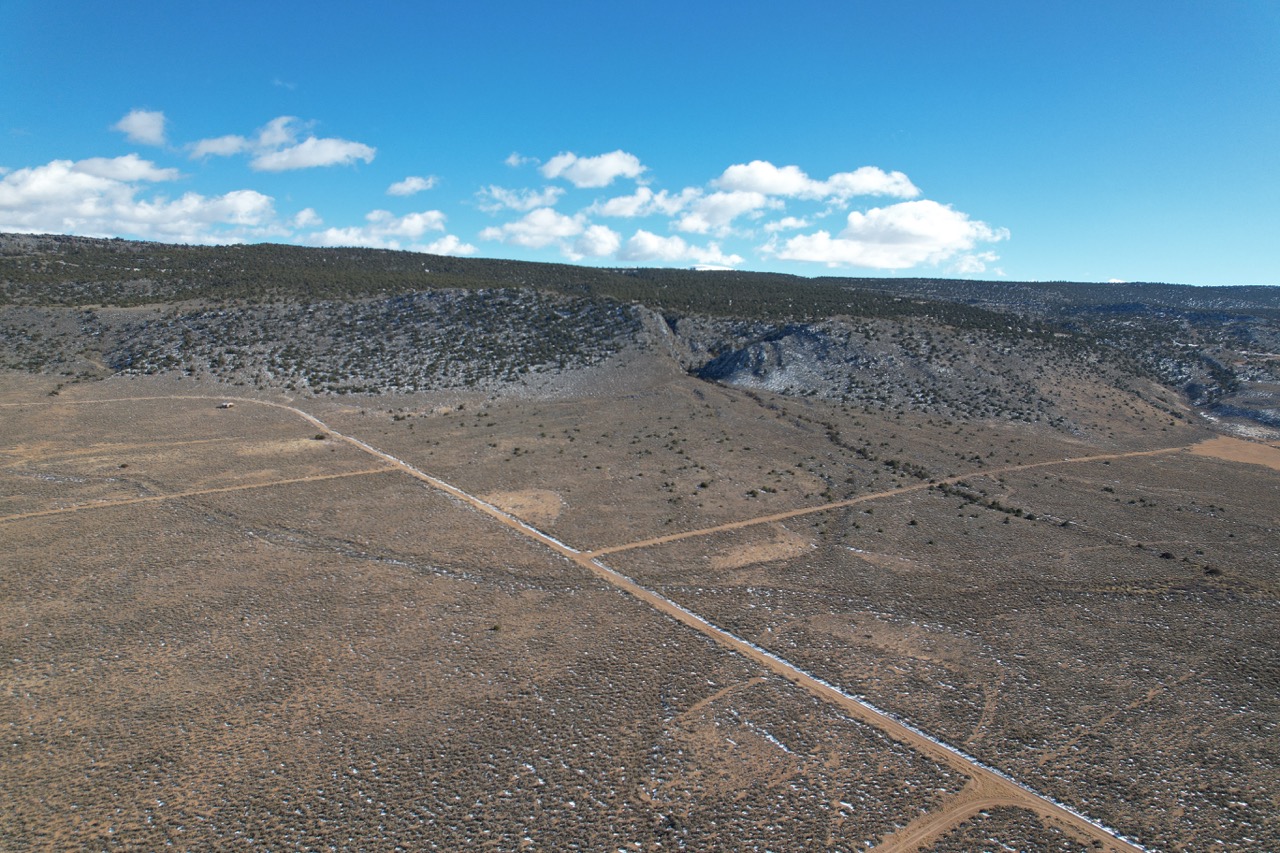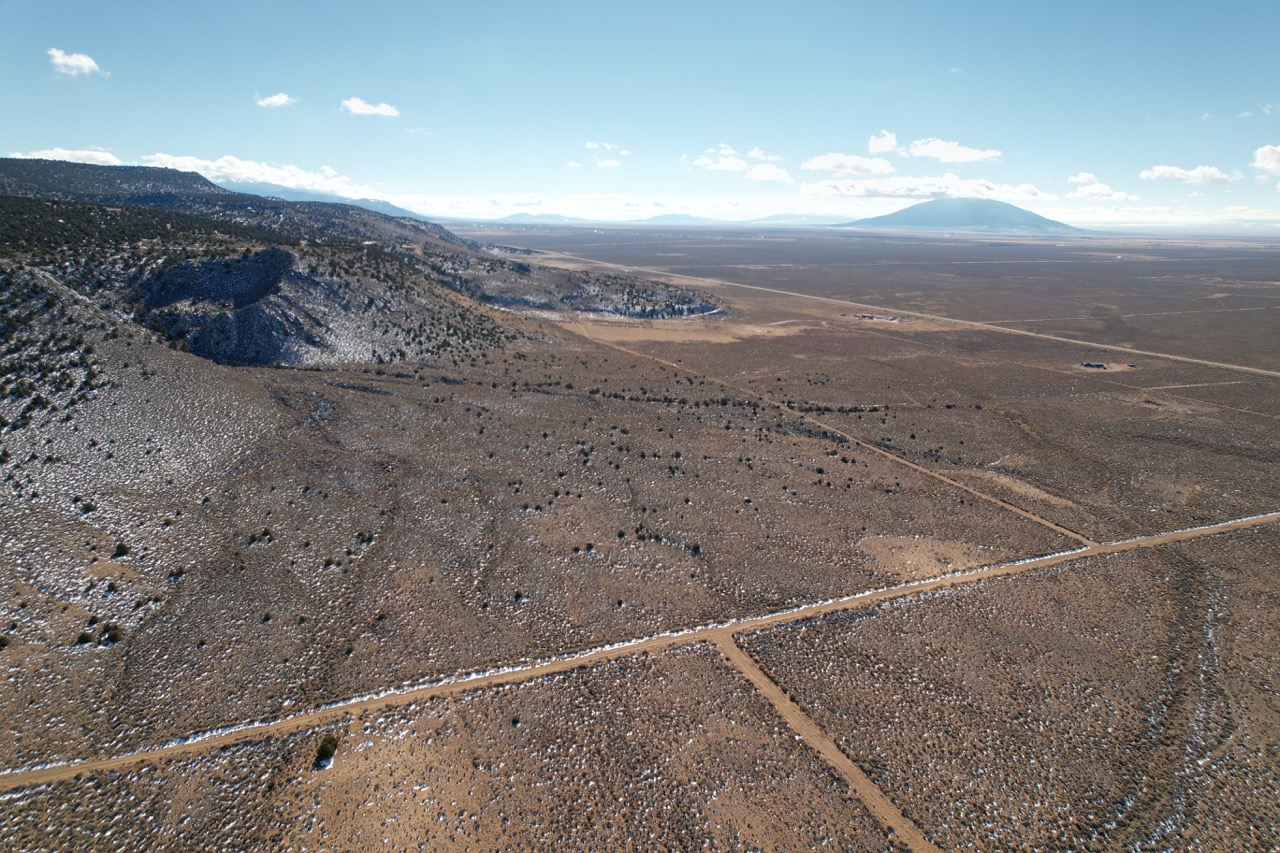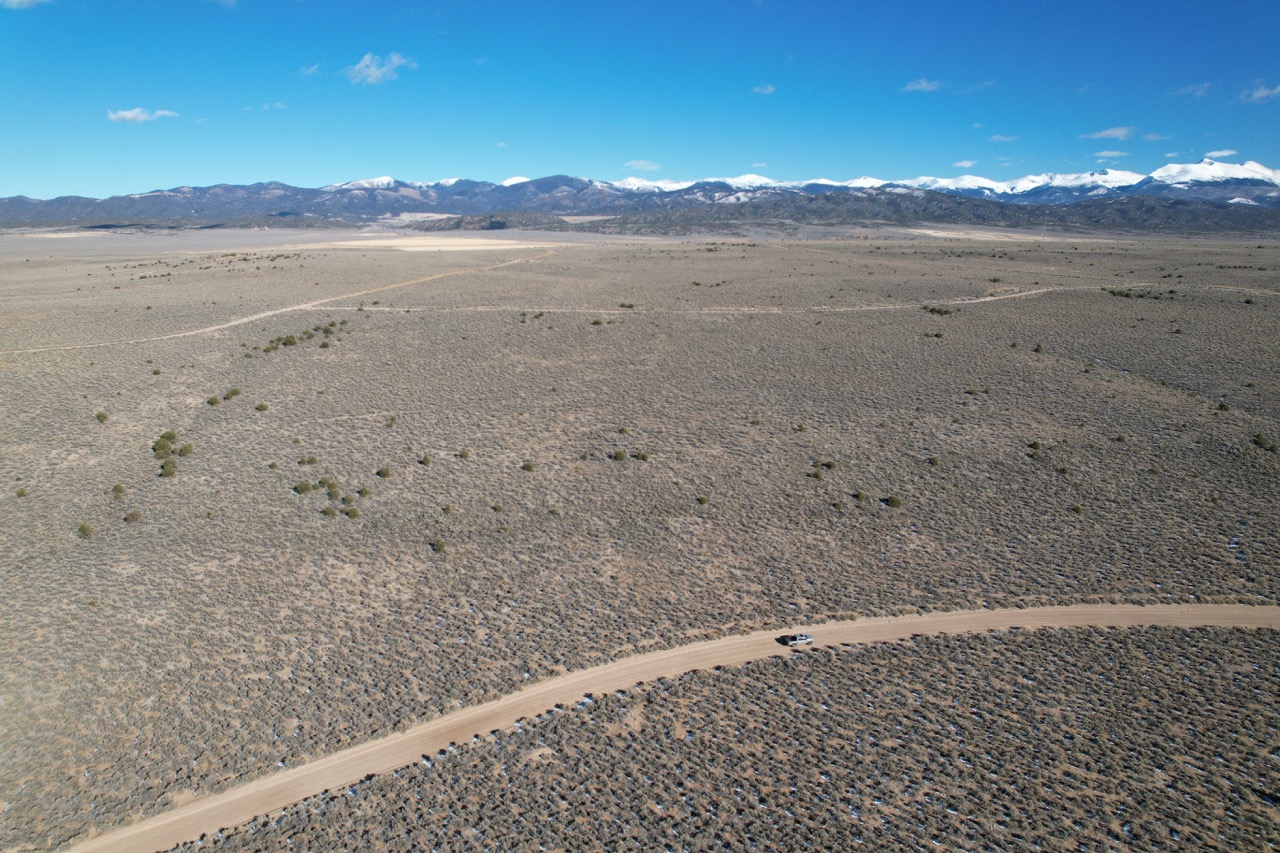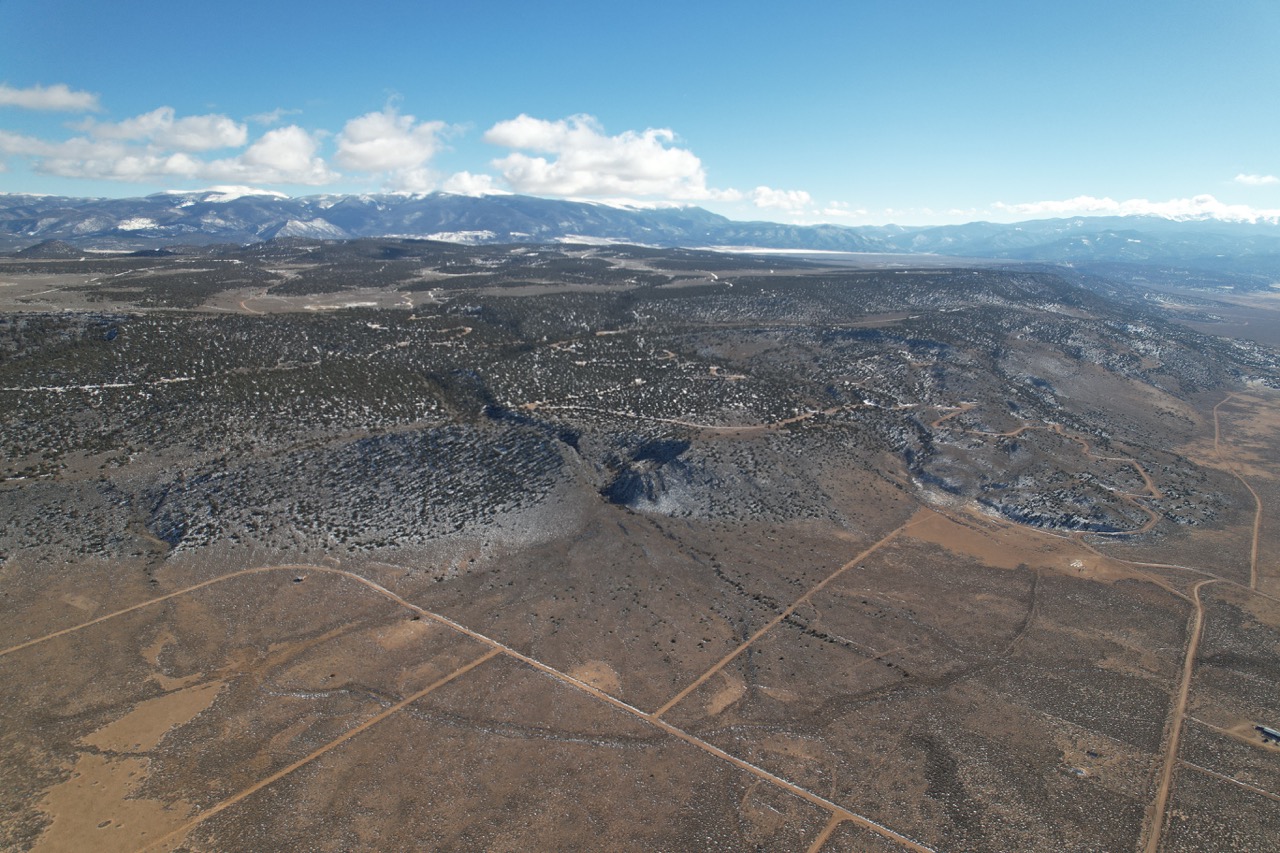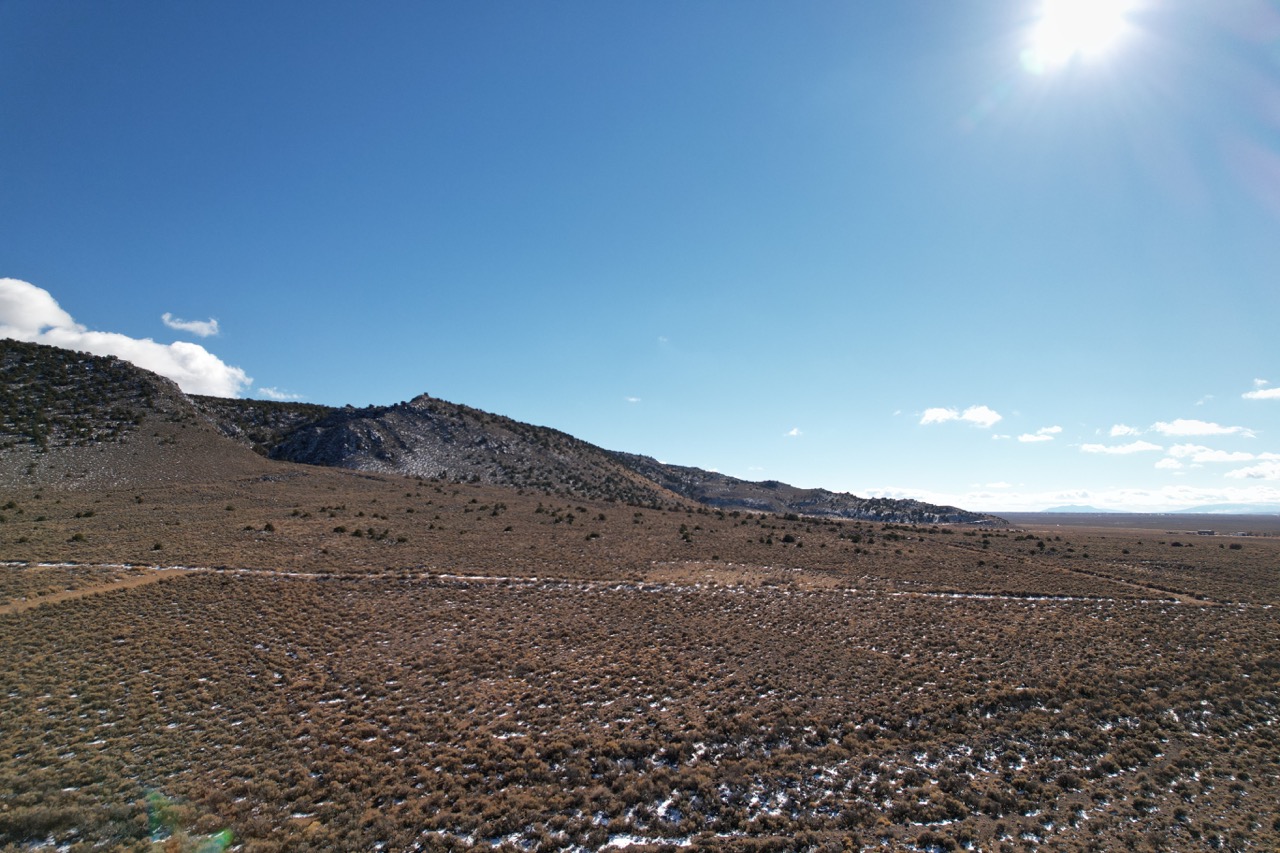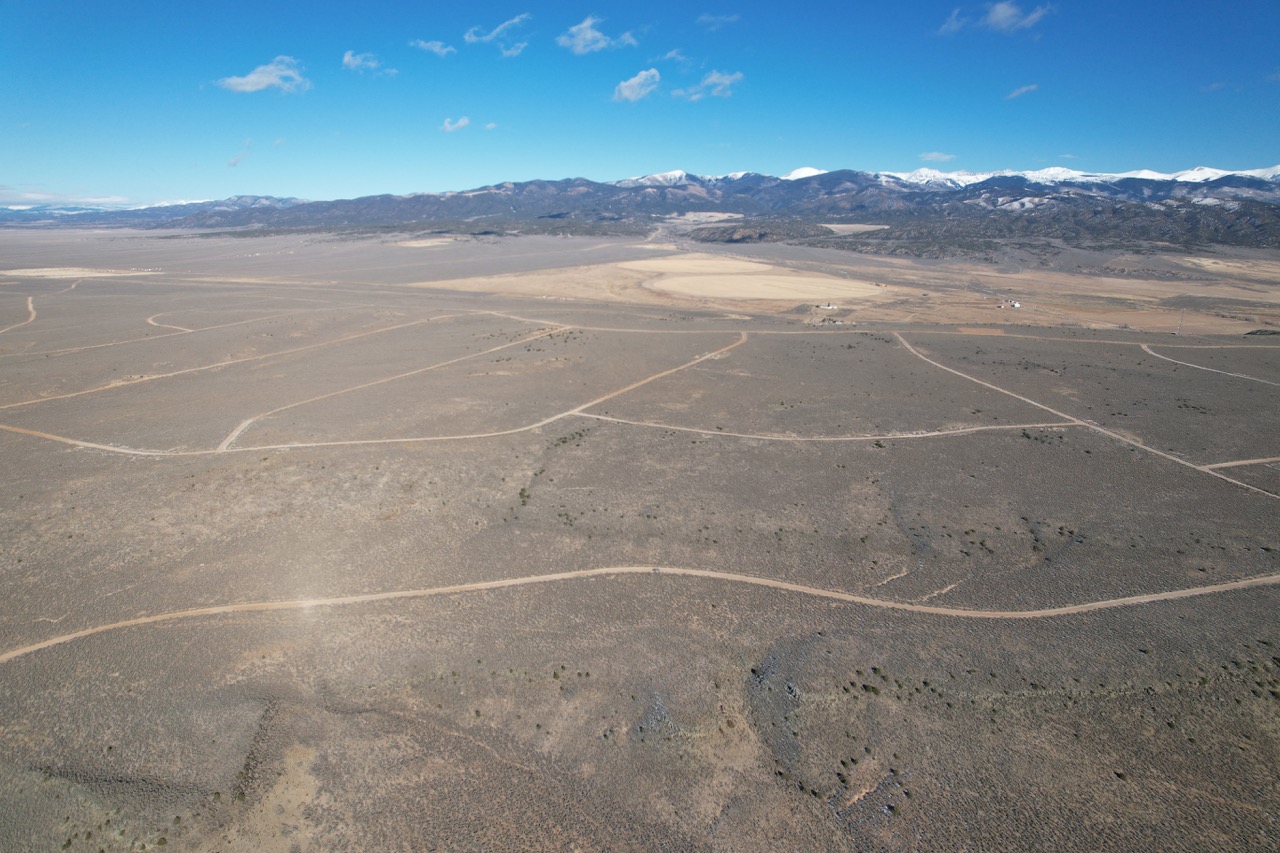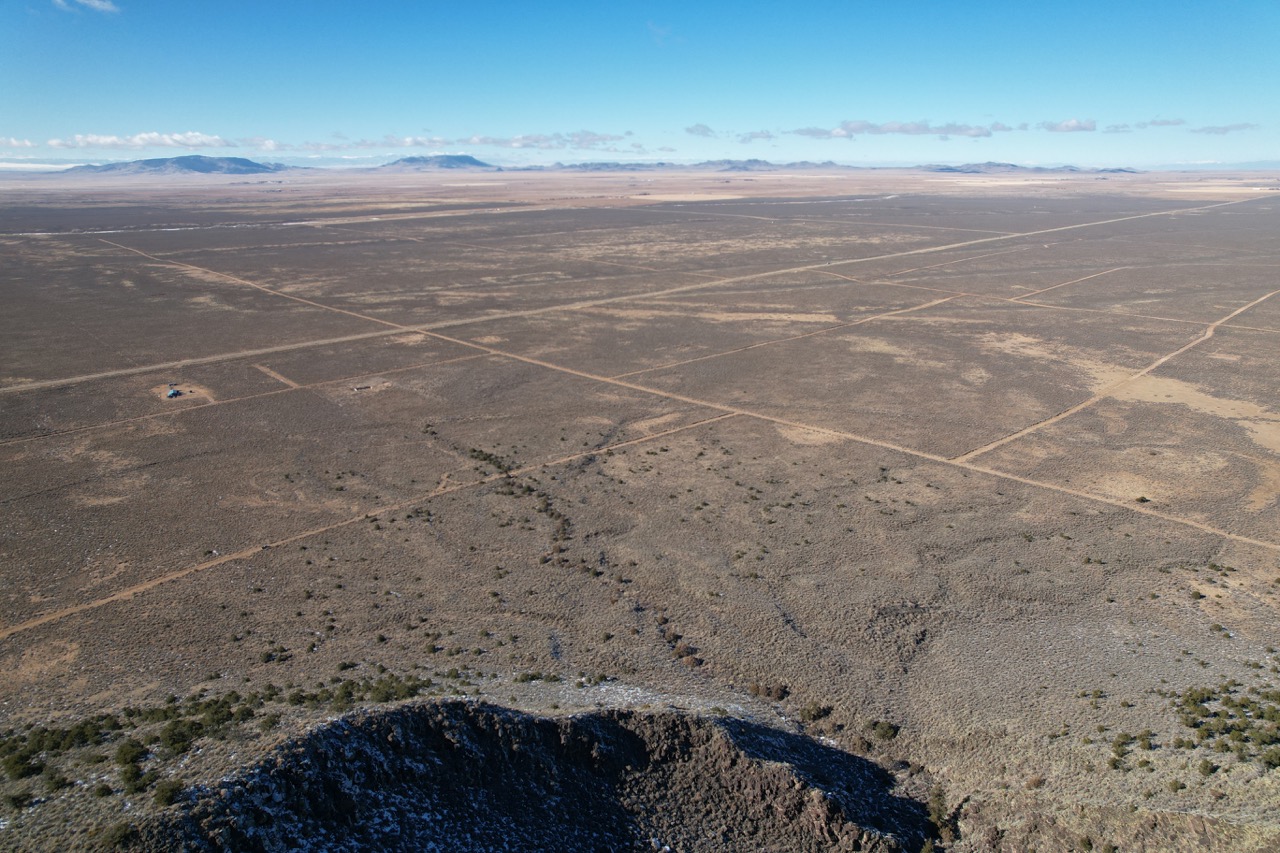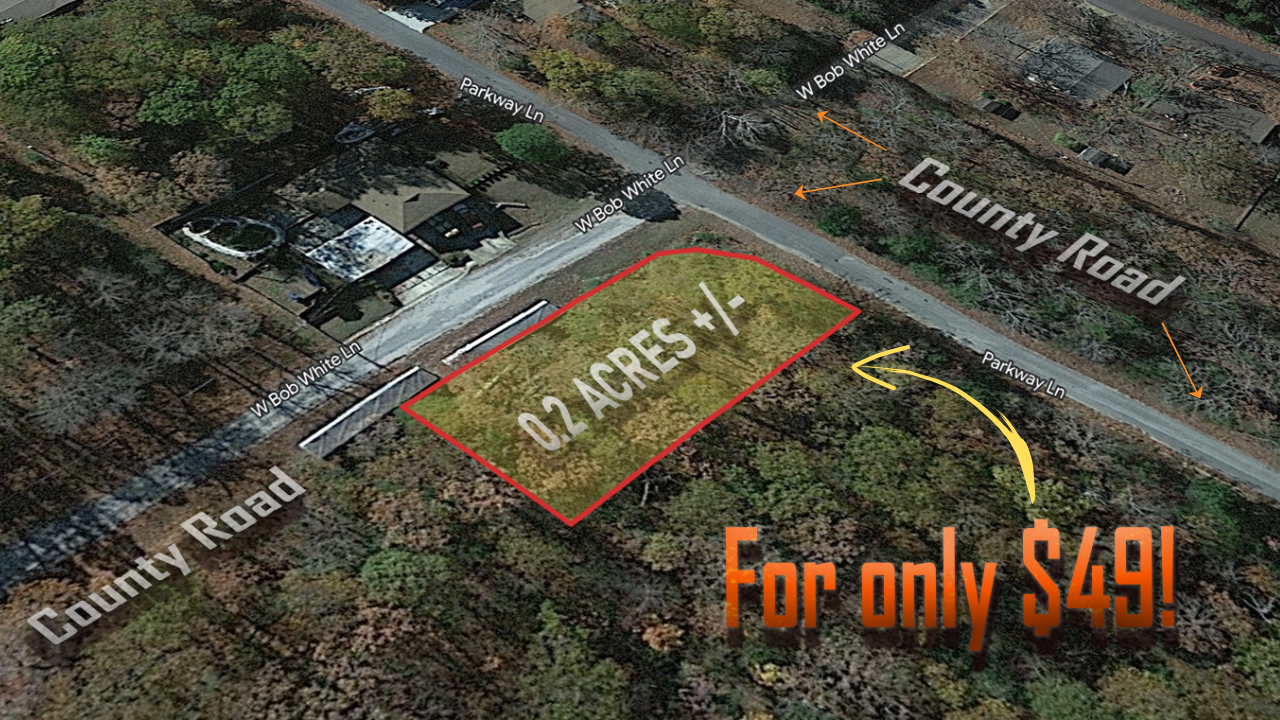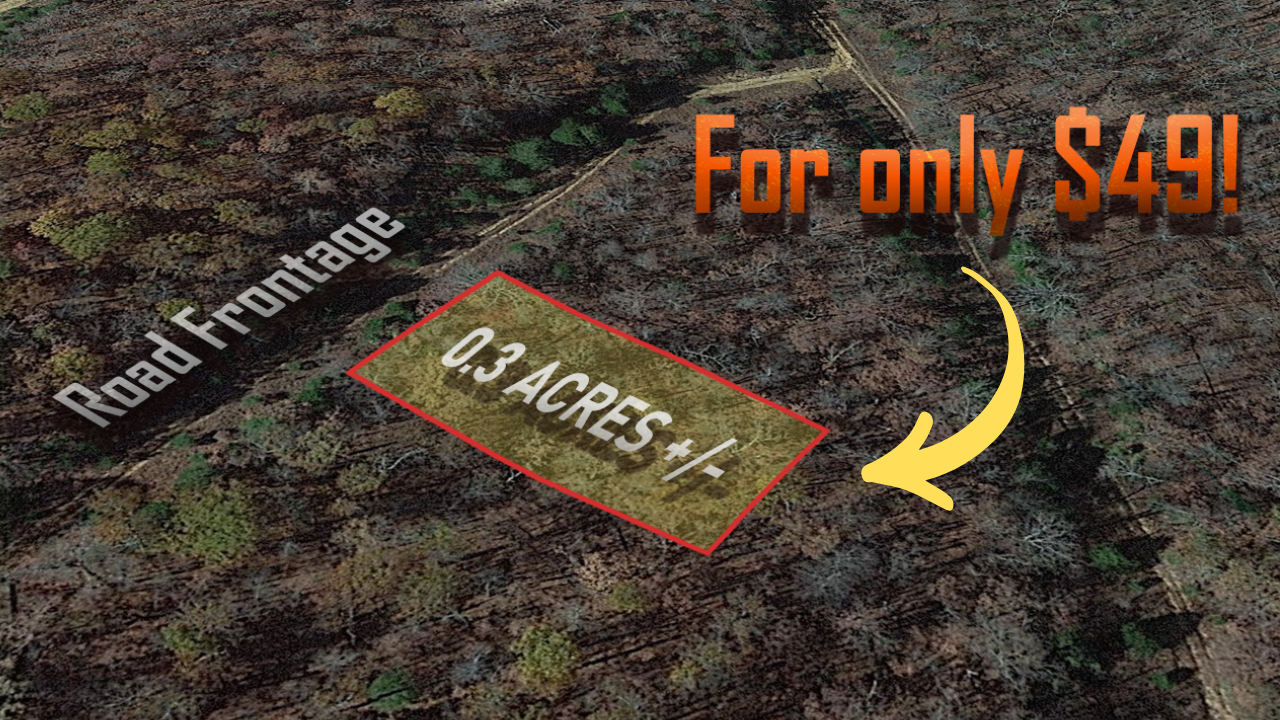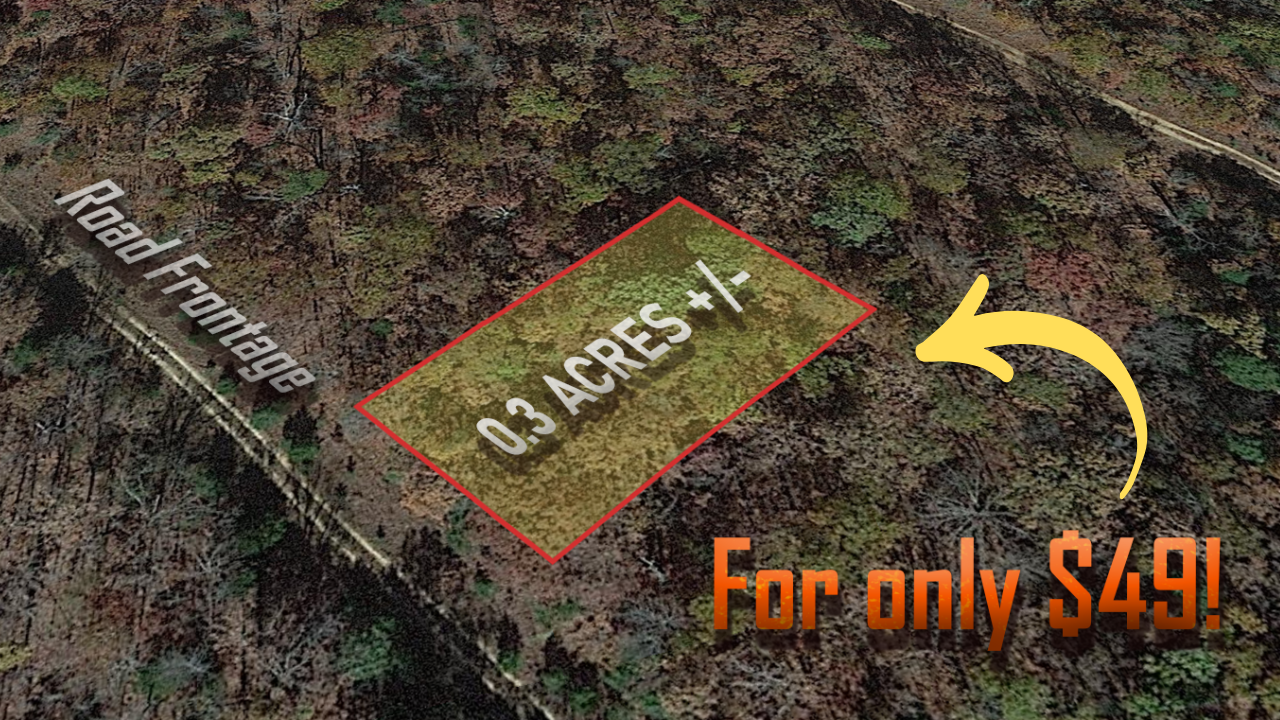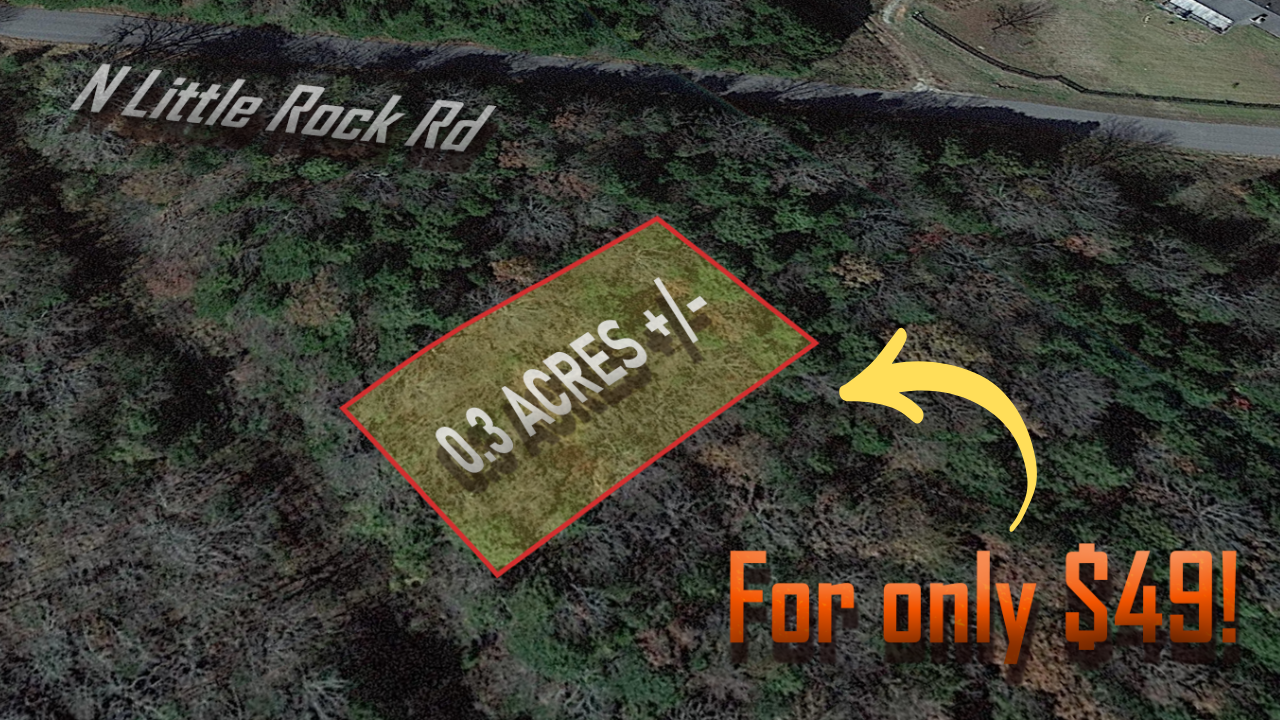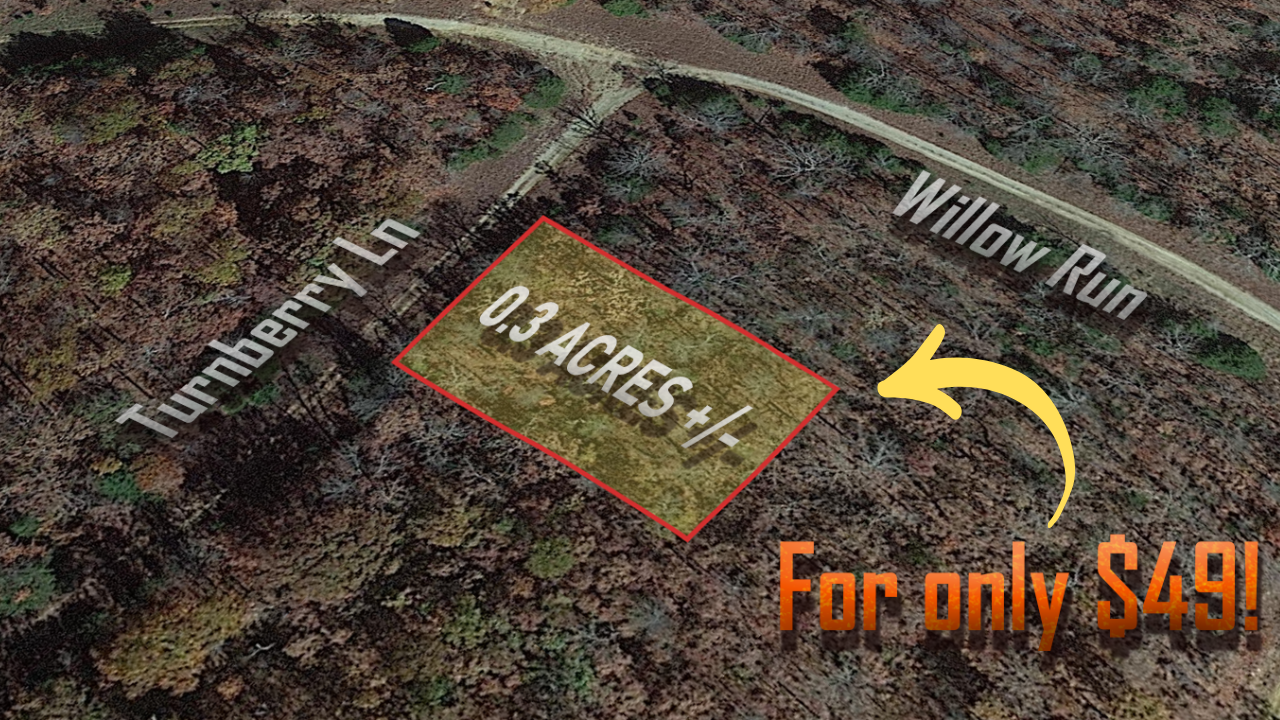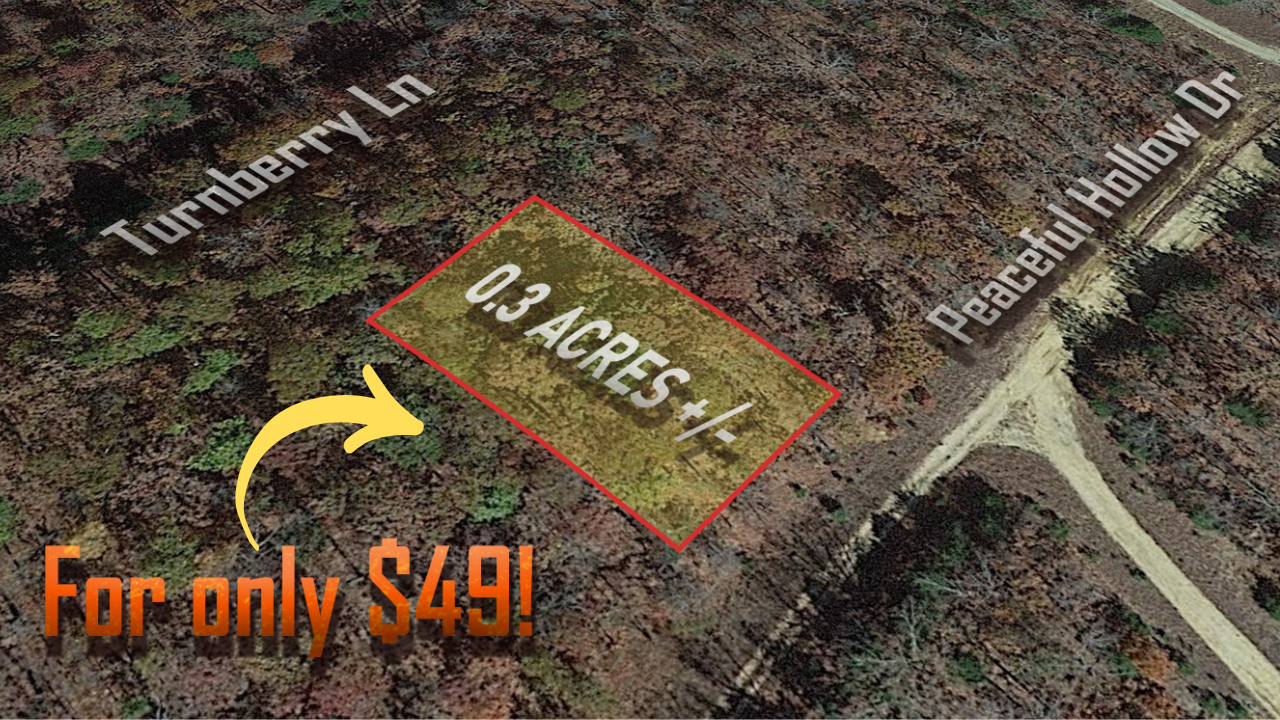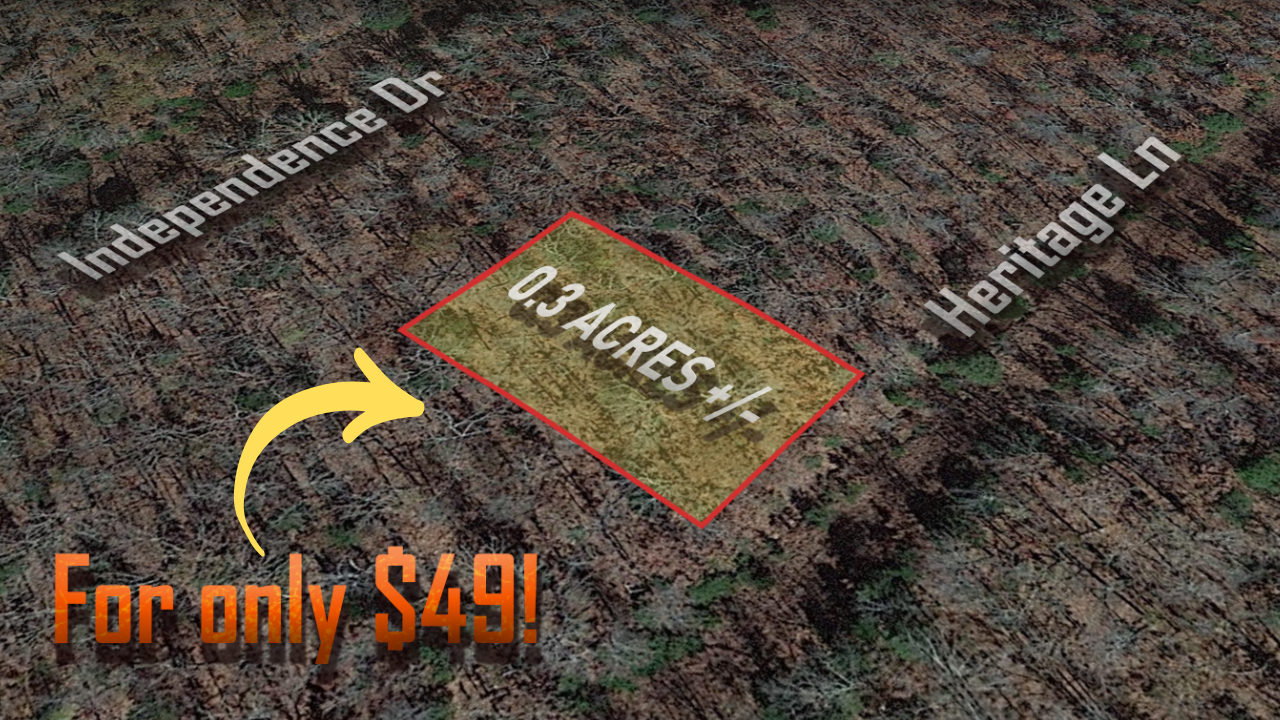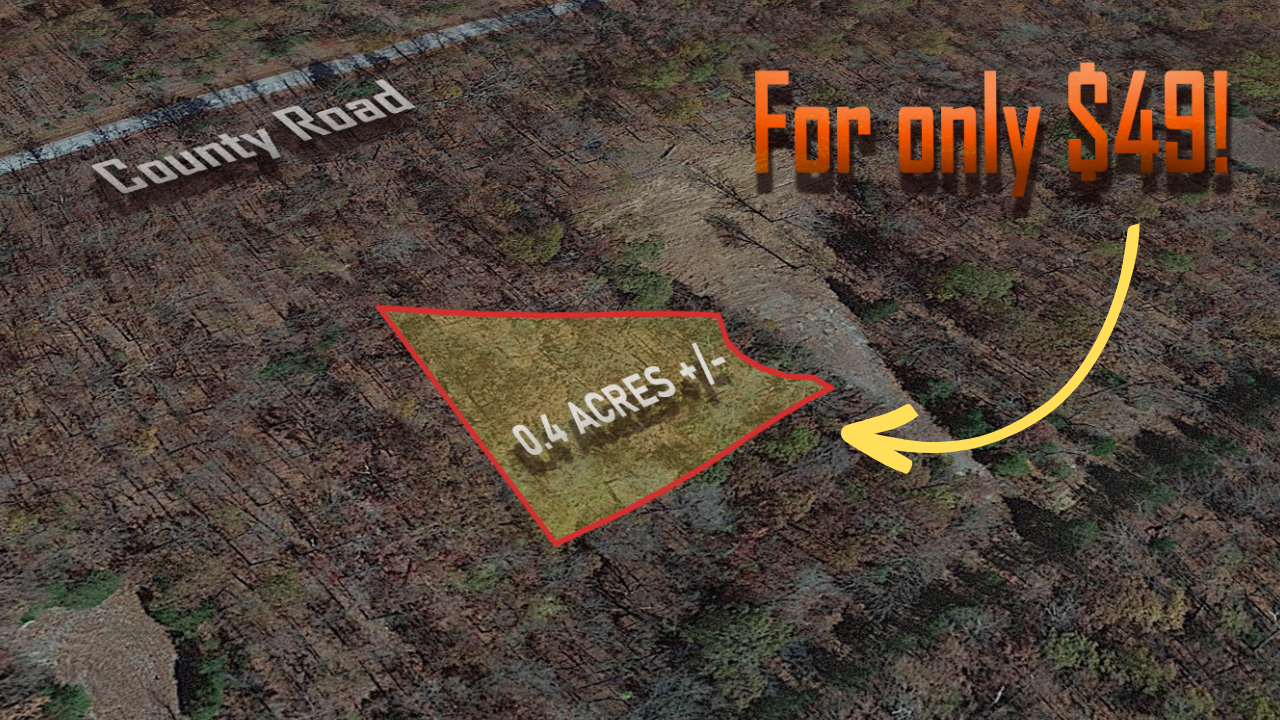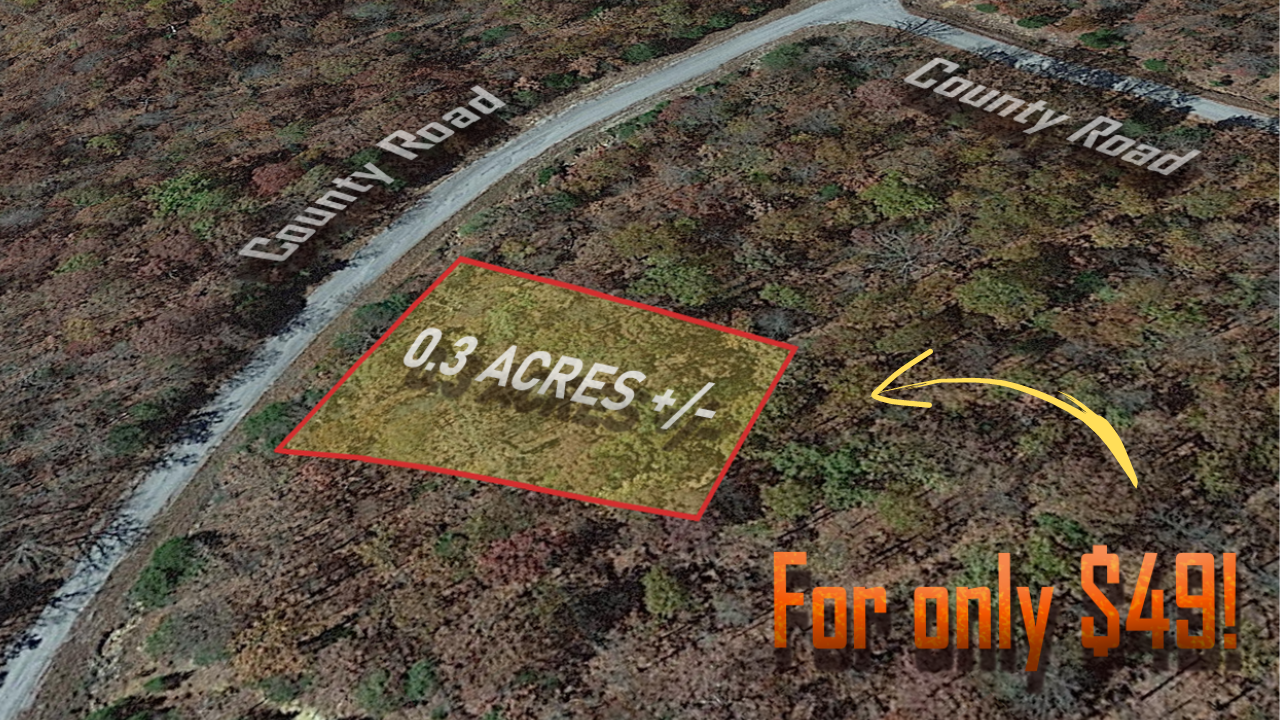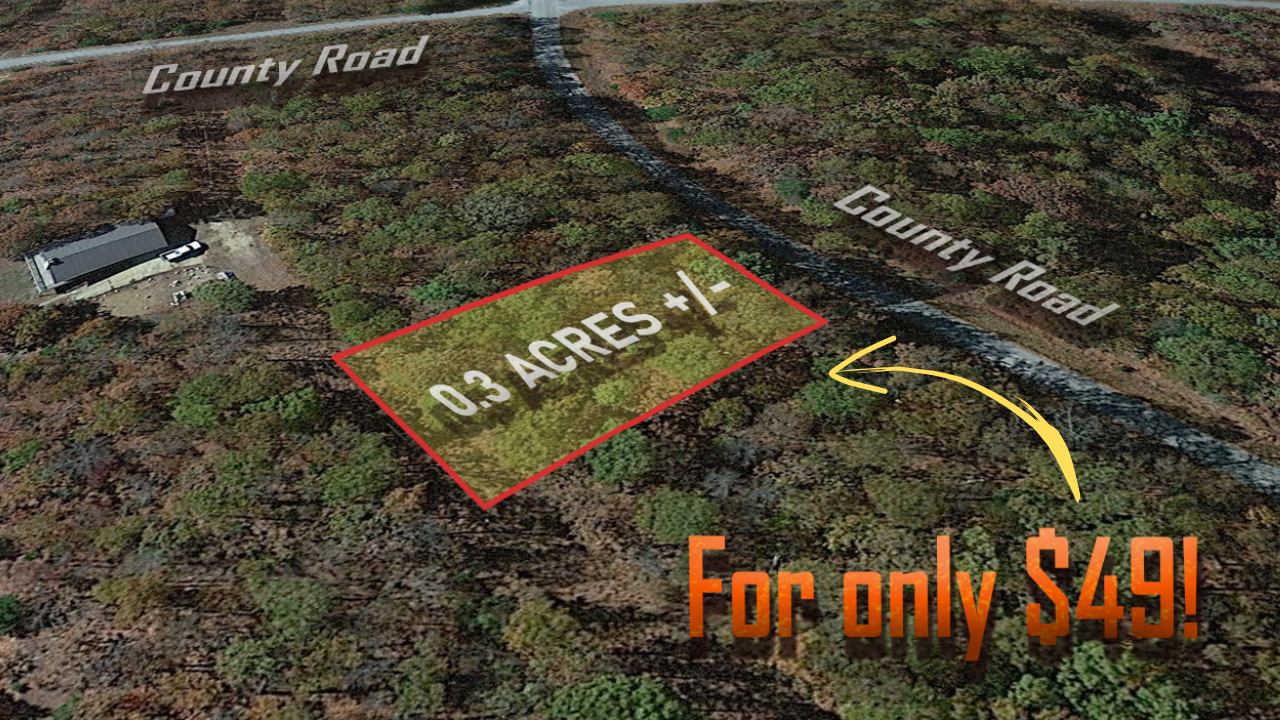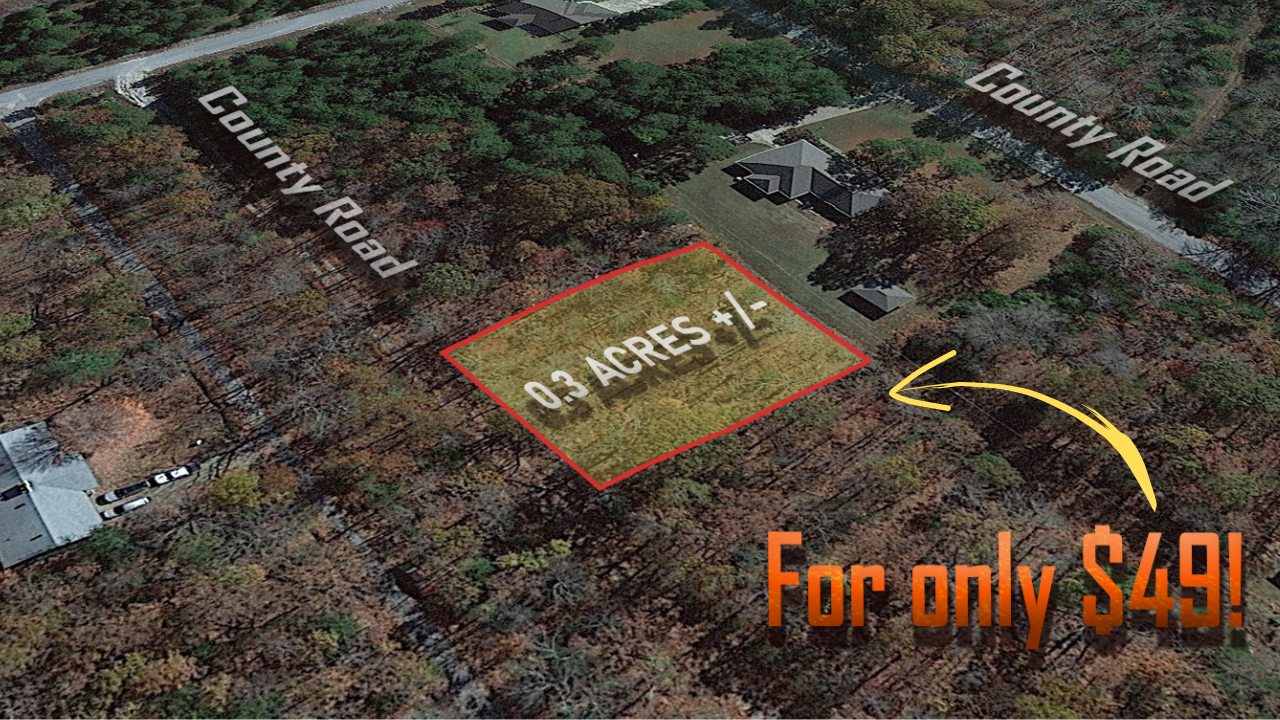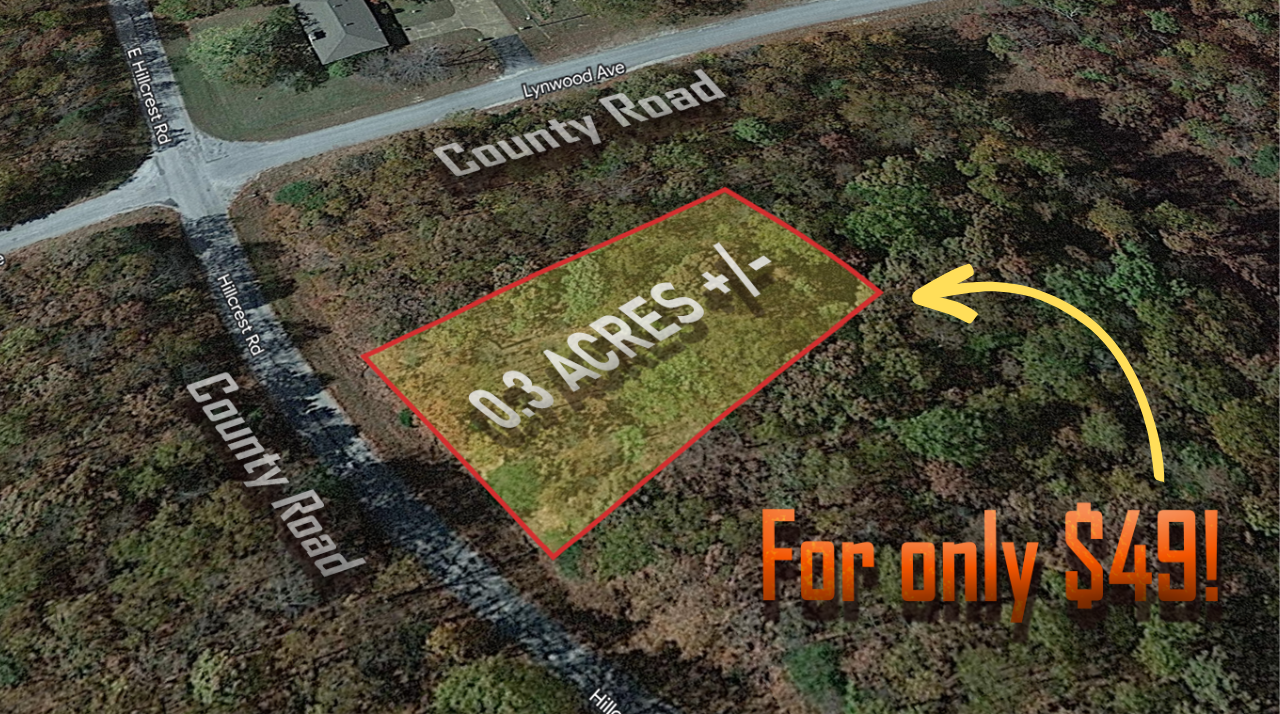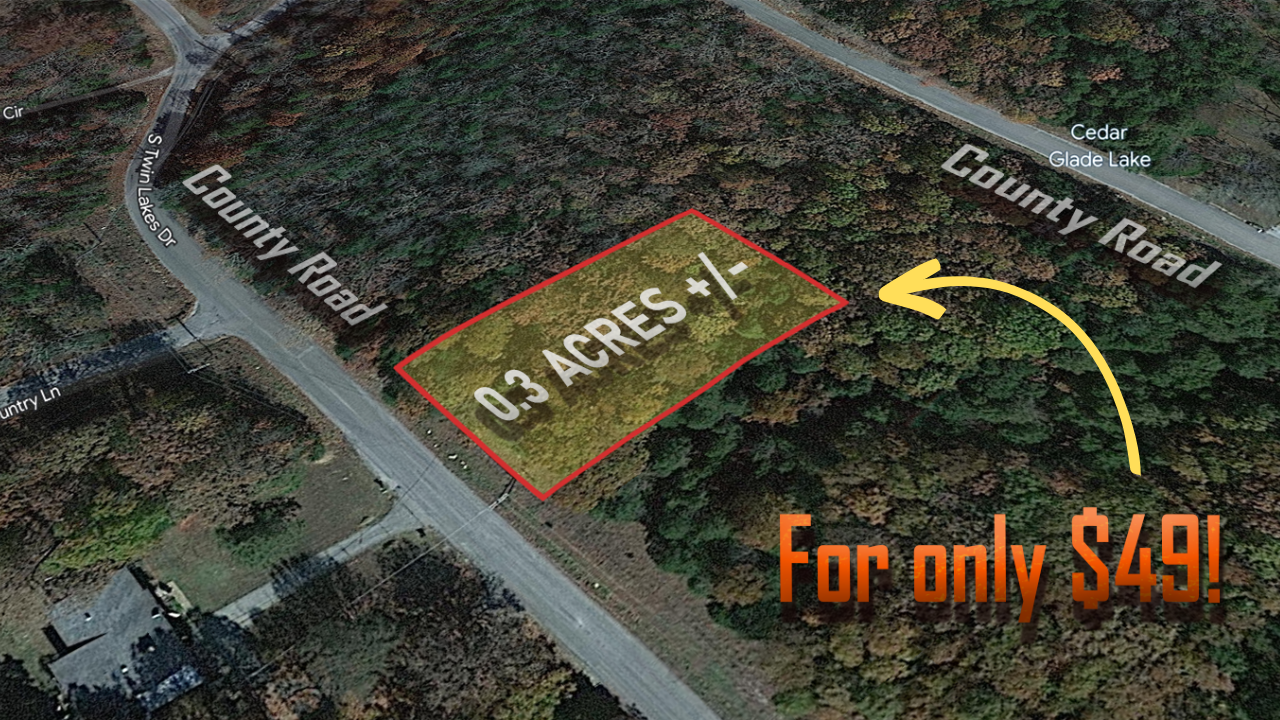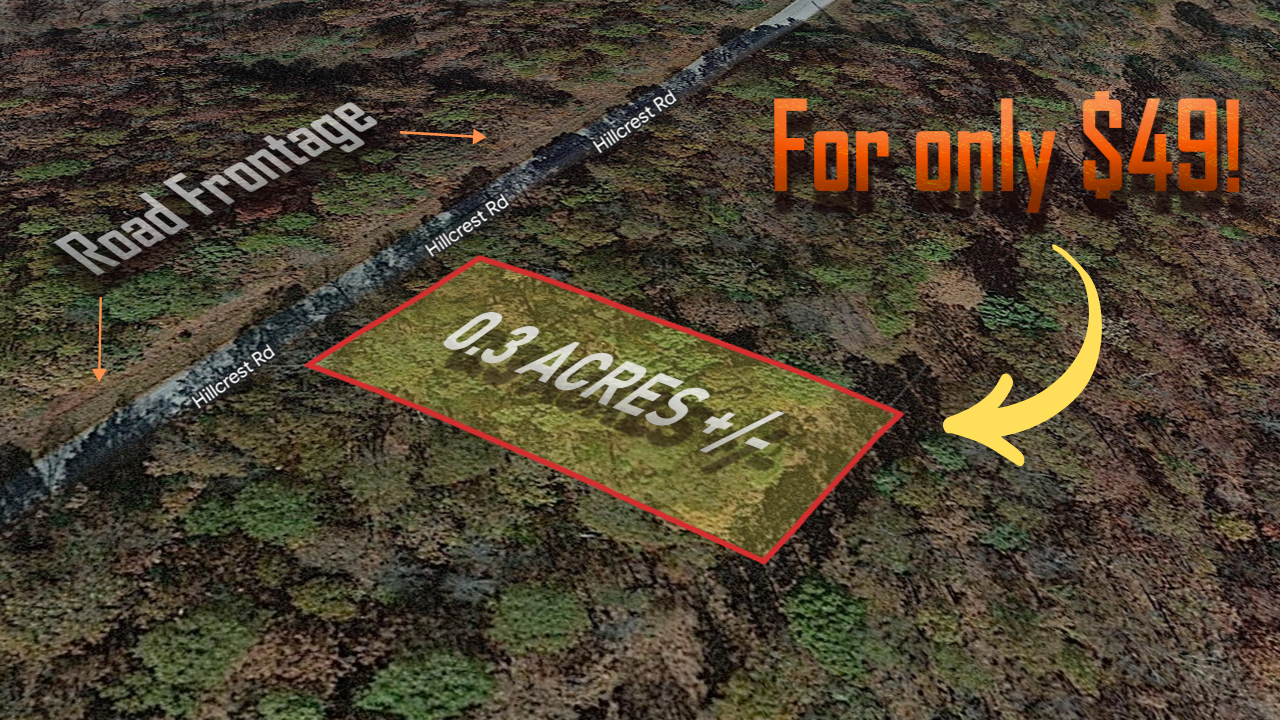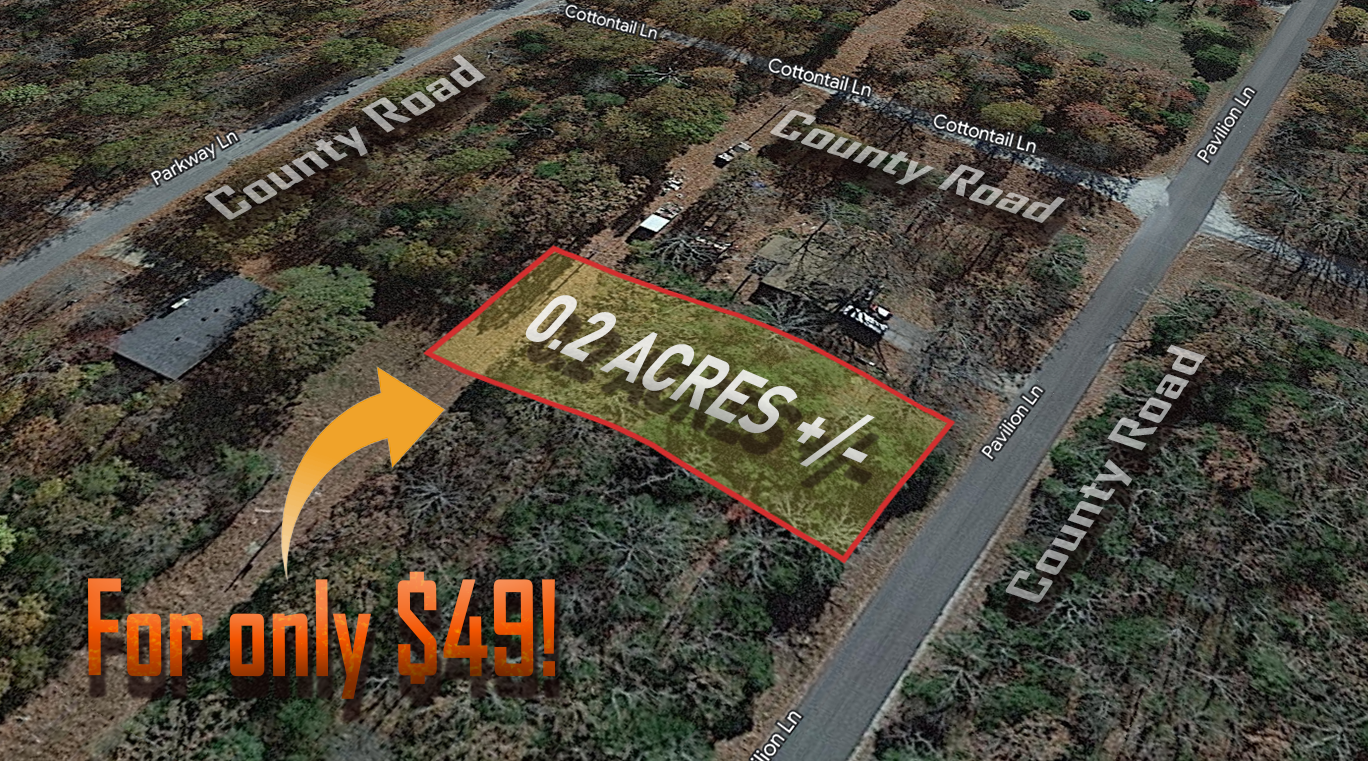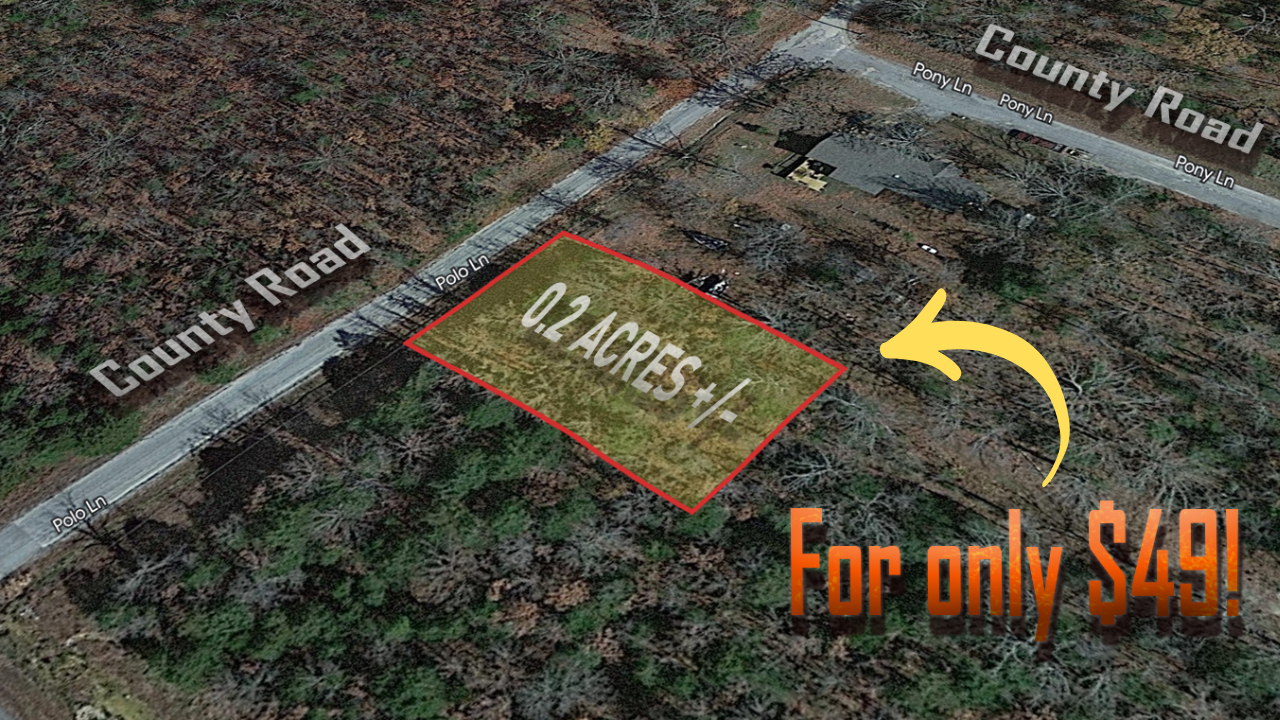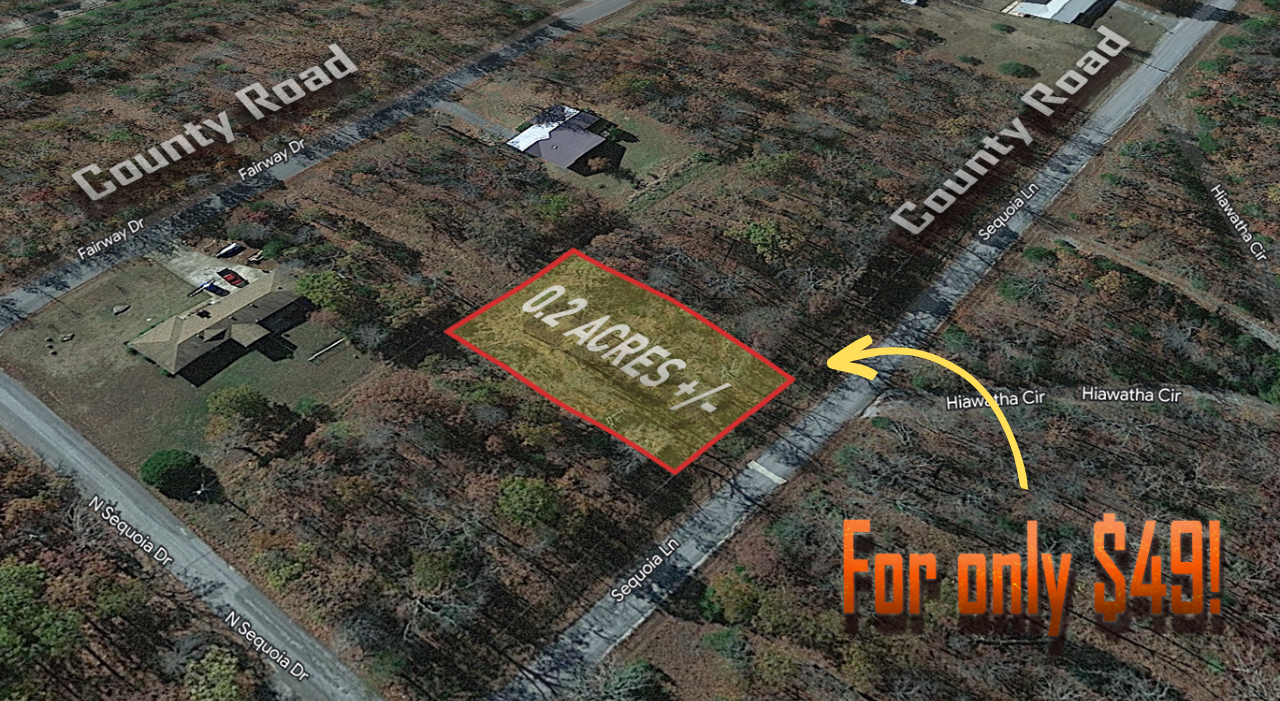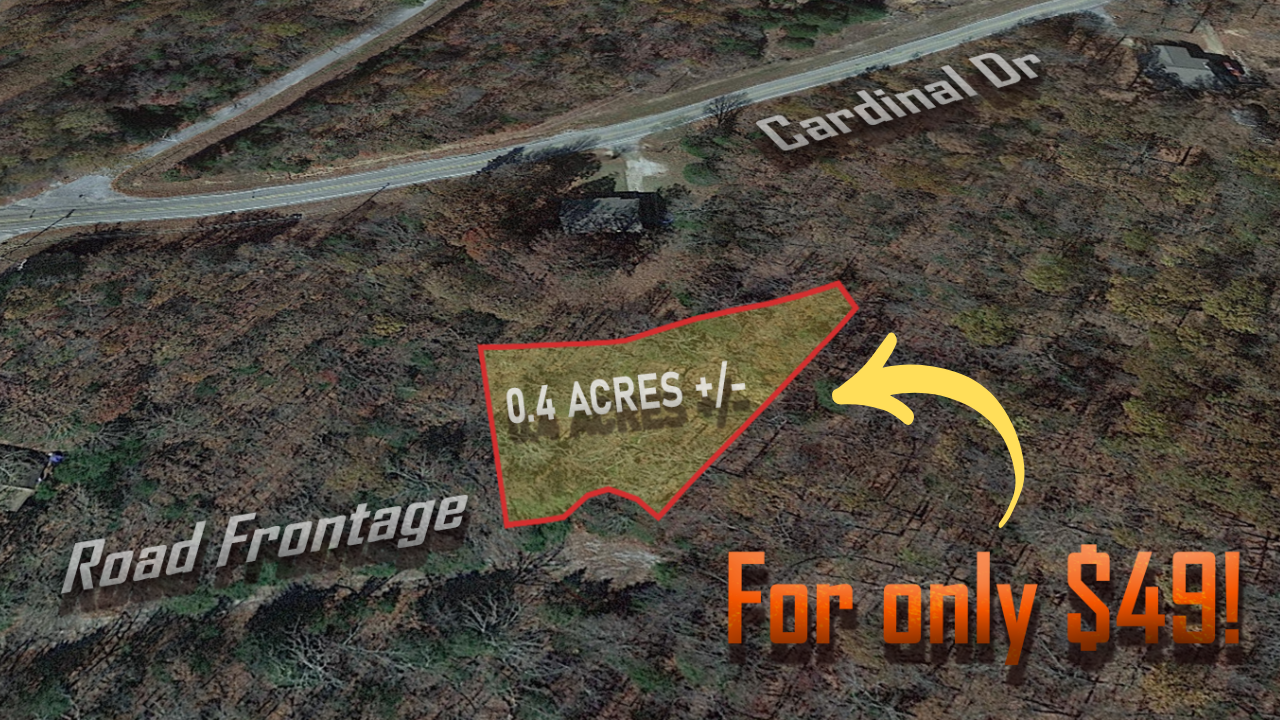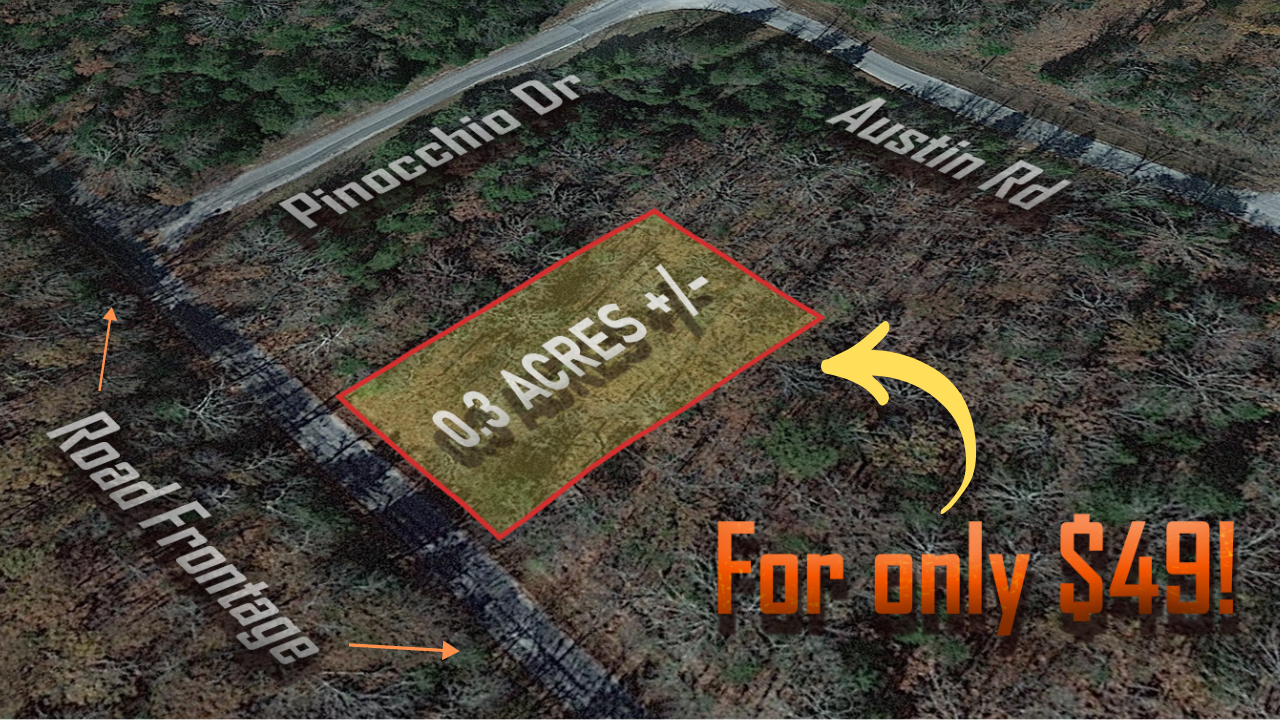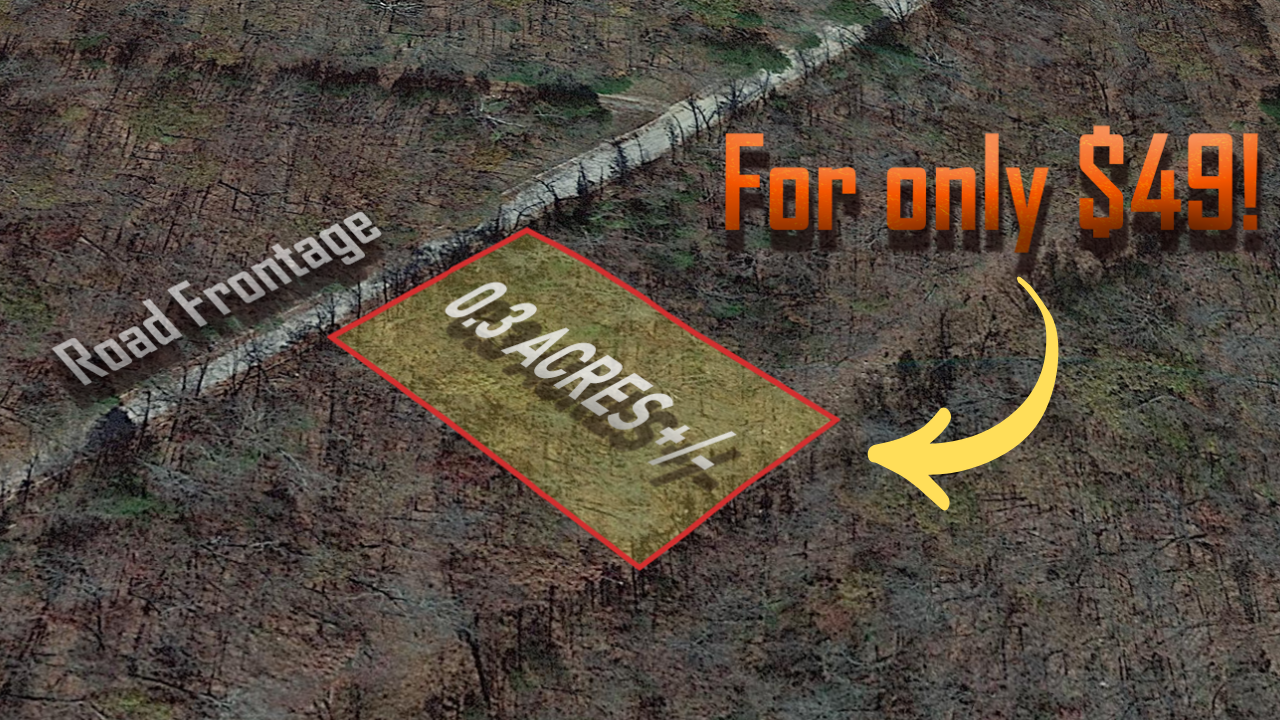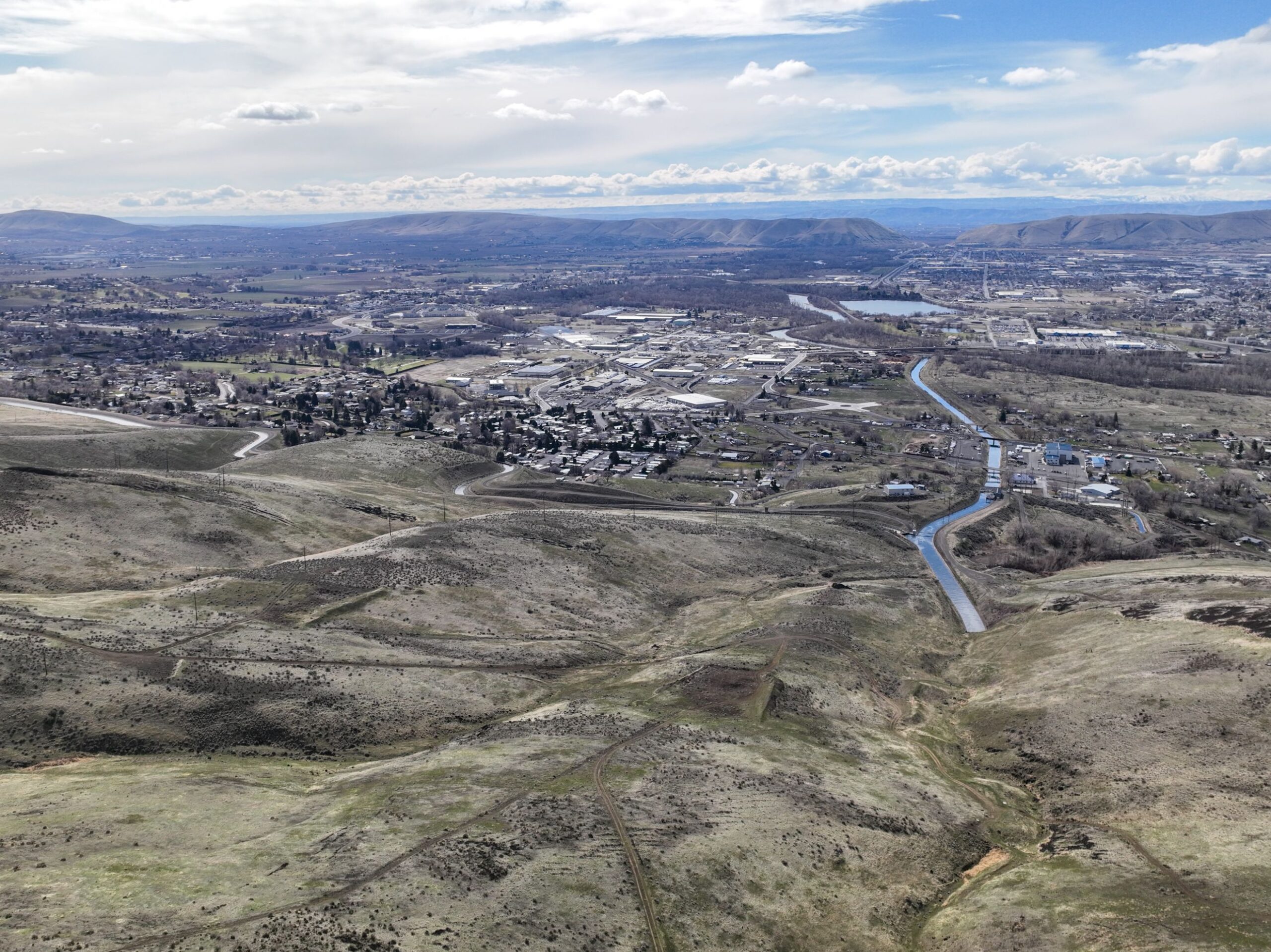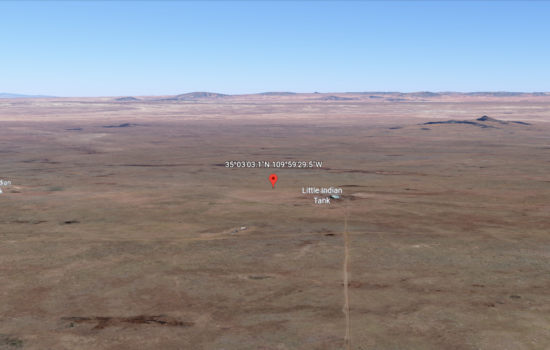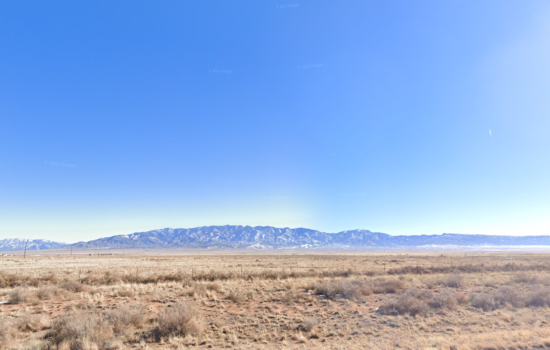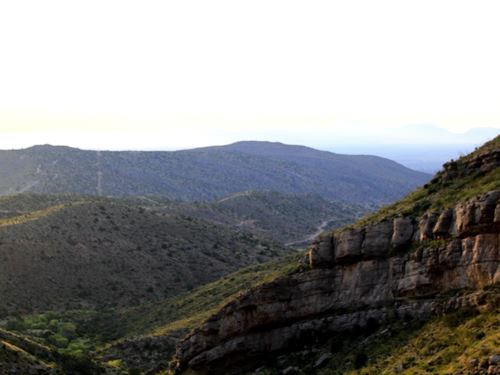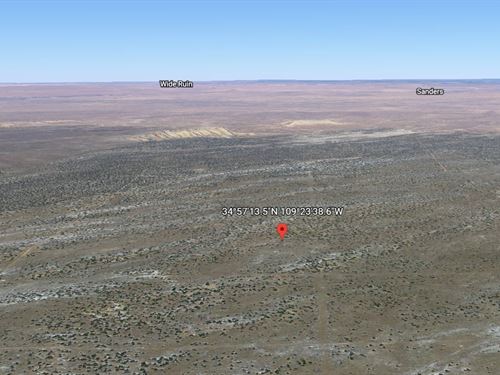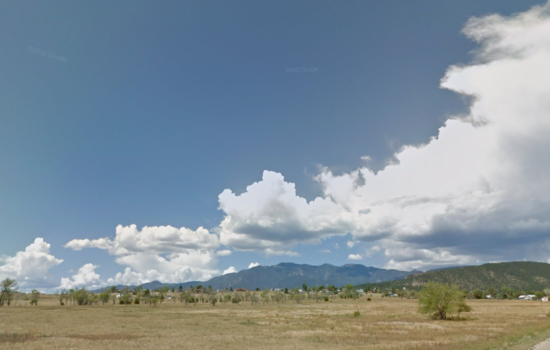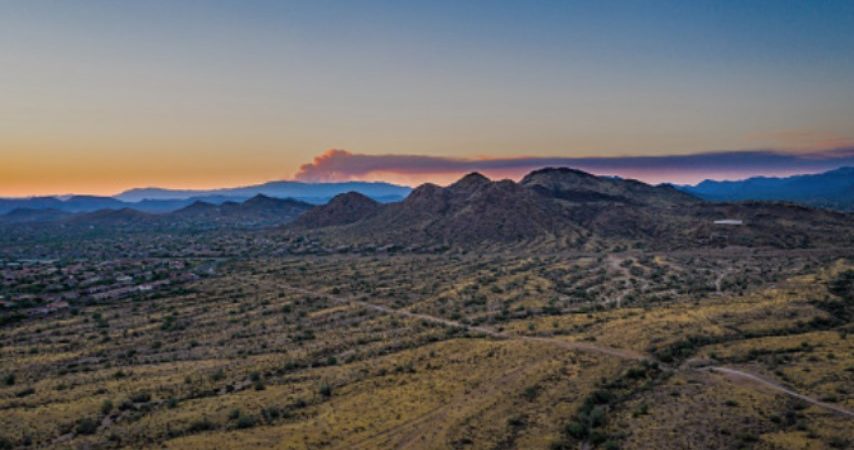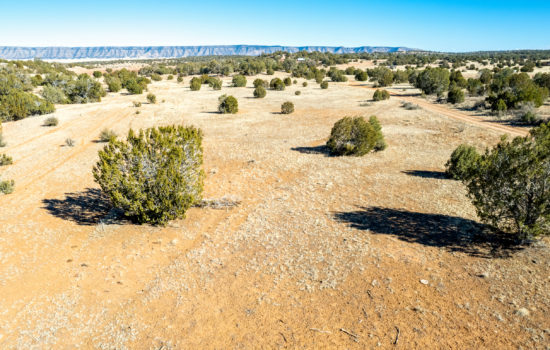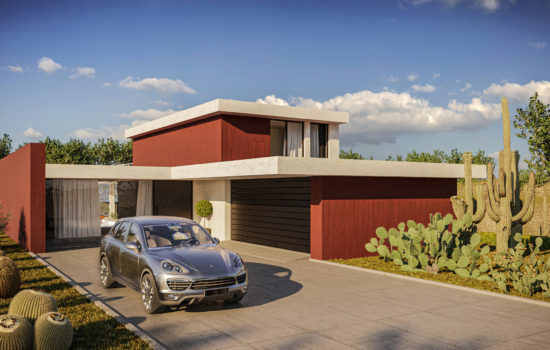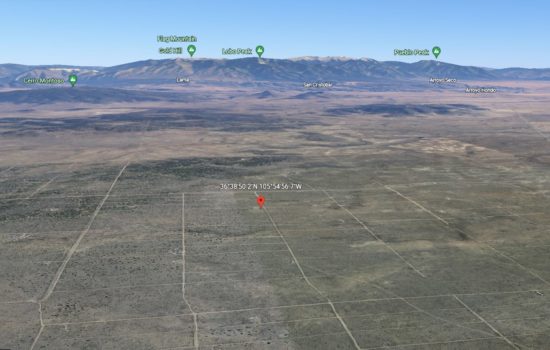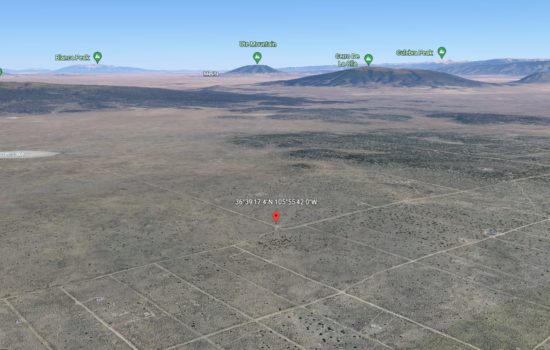Specification
Features
Location
Description
PAYMENT NOTE(S)
$49 down and $125/mo for 30months + $249 Doc Prep Fee
DESCRIPTION
How To Buy This Property:
Click the “Reserve Now” button above to pay the down payment and document preparation fee on this property.
During the “check out” procedure, you will be prompted to provide your name as you want it on the paperwork as well as your address, etc.
Within two business days you will receive a Purchase Agreement, Contract for Deed (Land Contract), and Promissory Note in your email via SignNow, an online document signing service. You can “sign” electronically on your computer or phone.
Any questions of what you can or cannot build, can or cannot do on the property should be directed to the county Planning and Zoning Department.
Everything I know about the property is listed here. The information provided is deemed reliable but not guaranteed. Please do your own due diligence. All property is sold as-is, where-is.
The down payment and document fee is non-refundable, so please be certain the property and terms will suit your needs BEFORE making your payment.
For more information, you can read our FAQ’s here.
My company, The Land Pioneer is family owned and operated. We are proud to have a 4.7/5 Star Rating, you can read our customer reviews here.
This fantastic 1-acre property is in Valencia County, NM, close to the town of Belen. To build, you need a full acre, this makes this parcel an incredible investment, as most lots are less than 1 acre in the area.
Best part is, you can own this lot for $49 down and $125/mo for 30 months, or you can buy it outright for $2,500.(+ $249 Doc Prep Fee)
We’ve also temporarily waived our $249 document prep fee on this property…
Watch more details here at: https://youtu.be/76hlkZCu_rM
Belen and Valencia County are expanding rapidly. Valencia County’s population has grown an incredible 46% in the last 10 years alone, and this area is rapidly growing in value and popularity.
The Rio Communities are currently the last large vacant tract of land in the area and have easy access. Inevitably, growth is coming this way! Earlier this year, Facebook began operations in the first building for its newest tech facility. By 2023, five other buildings will complete the campus, along with bringing hundreds of new jobs to the area.This area is described as “a small community with big possibilities”. Besides FB’s new campus, another alluring institution in the area is the University of New Mexico- Valencia Campus.
Coordinates: 34.5209175,-106.6872003
APN: 1-012-018-347-503-100110
Legal Description: Subd: RIO GRANDE ESTATES Lot: 1 Block: 323 Unit: 14 1.00 AC.
Taxes $4.80.
Lot Size: 1 Acre
Road Type: Dirt
Electric: Solar Off Grid
Water: Needs Well
Sewer or Septic? Needs Septic
Some of these photos are from the surrounding area
DISCLAIMER: Any information provided in this communication is believed to be accurate, but in no way guaranteed. Buyer is responsible for verifying all information with the County as to what can and can’t be done with the property. Buyer will need to work with the County to obtain the proper permits if needed. Buyer will also need to confirm the availability of any utilities needed or serviced on the property. Seller makes no warranties or representations about the land, its condition, or what can be built on the property. If/when you visit any of our properties, you are visiting at your own risk and release TLP – The Land Pioneer (and anyone associated) from any and all claims or liabilities.



